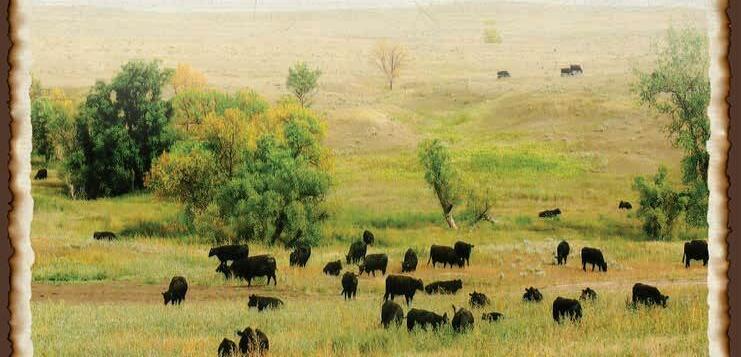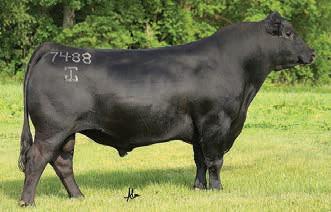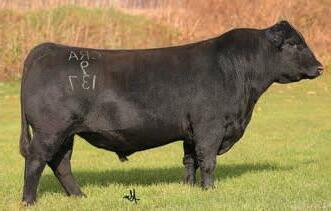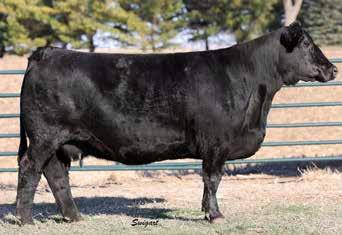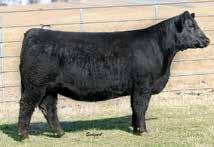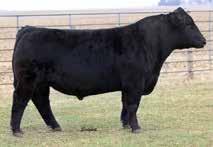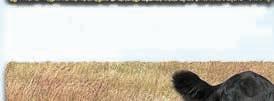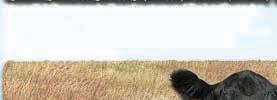








































Thanks for joining us! We are a free, premier livestock publication featuring and serving seedstock and commercial beef producers nationwide. Raising cattle is so much more than a hobby; it is our livelihood and our passion. We understand that, and in every issue want you to see not only incredible cattle, but also relatable, entertaining, and informative editorial features for the producer with 5 or 500 head. To us, you are more than reader or advertiser; you are a beef producer. We are committed to doing our best for you, every day. Please feel free to communicate with us, your input is appreciated.
641.425.2641 | bill@stockmanmag.com
Bill and his wife, Nancy, have made their living in the cattle industry. He has provided marketing services for purebred and commercial breeders since 1970. Schermer Angus Cattle continues to be active in the NJAA and raises quality cattle near Clarion, IA. As owner of The Stockman, Bill leads by example providing producers with the highest level of customer service.

CHERYL KEPES, Assistant Editor 417.766.0990 cheryl@stockmanmag.com


Working for The Stockman is the perfect combination of two of Cheryl’s favorite things: writing and cattle. Cheryl has decades of experience as a professional writer. She finds great joy in sharing stories about people in the agricultural industry. Cheryl’s family raises registered Angus, Red Angus, and Simmental cattle in Fair Grove, MO.
KIM BANKS, Graphics507.530.0914 kkbanks@frontiernet.net

605.690.6050 | makayla@stockmanmag.com
Makayla serves as editor, graphic designer, and manager of The Stockman. Her focus and passion continues to provide high quality service and original promotional materials to cattlemen. She and her husband, Jared, raise their four kids, and together they run their family operation, JMF Herefords and SimAngus, near Morris in west central MN.

SARAH HILL, Editorial Writer 307.274.0419 sarahhill1007@yahoo.com
Kim is a graphic designer with many years of design experience. Producing creative marketing materials to help others look their best is what she loves doing the most. She and her husband, Kevin, along with their son, raise grain and have a small commercial cow/calf and feeder operation on the family farm near Lynd, MN.
Sarah lives on a small hobby farm near Arlington, SD, with her husband, Braeton, and their three daughters: Harper, 8, Vayentha, 5, and Aurora, 1. She grew up on a Missouri dairy farm and has an Agricultural Journalism degree from the University of Missouri. Sarah enjoys baking, reading, and gardening.
The Stockman (ISSN 2694-1740), Vol. 5, No. 1, is published by Makayla Flower/The Stockman Magazine LLC, 1530 10th St. NW, Holloway, MN 56249, monthly, except June and July. Periodicals postage paid at Lubbock, Texas and additional mailing offices. POSTMASTER: Send address changes to Makayla Flower, 1530 10th St. NW Holloway, MN 56249.
 Cheryl Kepes
Sarah Hill Justin Fruechte
Dr. Vince Collison Kirk Lynch
Cheryl Kepes
Sarah Hill Justin Fruechte
Dr. Vince Collison Kirk Lynch
TY BAYER
715.573.0153 tcreds@gmail.com
Ty works alongside his family in their purebred operations, Country Lane Farm and TC Reds near Ringle, WI. An advocate for youth programs and dedicated cow/calf man, he is excited to help producers merchandise their cattle.
MILES EDDY 507.841.1787 auctioneer2013@gmail.com
Miles grew up in southwest MN raising and showing cattle, and is currently residing in MO. When Miles isn’t working cattle he loves to use his auctioneer skills. He looks forward to working and meeting other producers and helping with all their advertising and marketing needs.
RON HINRICHSEN 785.770.0222 rlangus@bluevalley.net
For the past 30 years, Ron, his wife, Lynne, and their two children have owned and operated Hinrichsen Ranch, a registered Angus ranch in Westmoreland, KS. He has an extensive background in the agricultural industry and is excited to put it to work for each of his customers.
MARK SULLIVAN 816.304.0050 marksullivancattle@gmail.com
Mark Sullivan is a familiar face to many having worked for Sullivan Supply for many years. Mark brings many years of experience to The Stockman. Mark and his wife, Linda, and two children, Erin and Leo, live in Woodbine, Iowa, and have a small herd of Charolais cattle.
CORBIN COWLES 270.991.2534 corbin.cowles32@gmail.com
Corbin is an apprentice auctioneer and real estate professional for Schrader Real Estate and Auction company. He also helps run his family’s Angus and Simmental seedstock operation, Pleasant Hill Farms. Judging shows across the country and traveling are a couple hobbies of his as well!




JAN FORD 800.693.8048 jford.17879@aol.com
With her passion for agriculture, Jan brings over 35+ years of advertising sales experience in the beef industry. She and her late husband Norm had a commercial Angus cow herd and grain operation near Tipton, IA, which her sons still manage today.


LORA HUTCHINS 615.293.3695 loralea1172@gmail.com
Lora owns and operates Destiny Angus Farm with husband Brian and daughter Morgan in Charleston, IL. They have raised and shown cattle successfully on the national level for several years. They also have owned a production herd with as many as 200 registered cows.

BRANDON CREAMER 970.596.4965 creamer b 150@hotmail.com

Brandon owns Lazy JB Angus with his parents and sister in Montrose, CO. Raised in the cattle industry, he has a true passion for it and loves marketing quality cattle throughout the US.

ZAC HALL 701.595.6887 zac@fortelivestock.com
Zac is active in his family’s operation, Hall Stock Farm, near Berthold, ND raising registered Angus, Sim-Angus and commercial cattle. He loves working with livestock and youth and as a Livestock Judging Coach.

BRIGHAM STEWART / MEGAN COLLISON 785.747.8028 megancollisondvm@gmail.com
Brigham works alongside his parents at Mid Continent Farms, their large, multi-breed cow/calf operation in Kansas. Megan graduated from ISU as a DVM in the spring of 2021 and is a big part of her family’s Angus herd and Veterinary Clinic in Iowa.
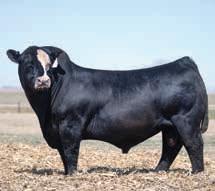
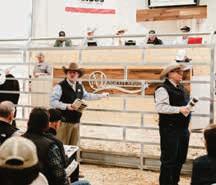
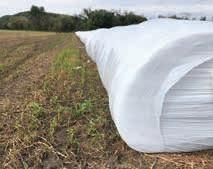
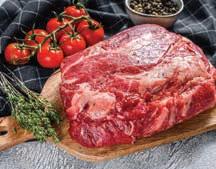
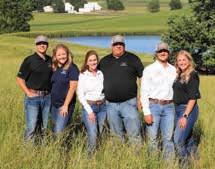
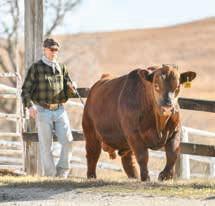
These cold winter days have my kids boxed up in the house a little more than they would like to be. To keep themselves busy, they oftentimes get creative with imaginative play, and our living room turns into a barn with stalls or a fenced pasture within minutes. They pull out blankets for bedding and/or saddles, kitchen bowls turn into feed pans, and frozen vegetables become feed (A mom win! Can you hear me cheering, ‘Who needs more chopped hay?!’). ‘Horses’ could be gathering ‘cows,’ or the ‘farmer’ could be treating the ‘cattle’ for foot rot or another various illness - the plastic syringes for kids’ medicine work great for this! To me, it’s so enjoyable to hear their ideas and conversation, and I love to work in the kitchen during these times to watch them without the kids knowing it. Because of course if they know mom is watching, then they stop. Ha!
I encourage you to give your imagination a boost in this new year. Imagination can push us to think outside the box and get creative with some new ideas. New ideas could result in improvements, efficiency, or new experiences, and who wouldn’t want that?!
This is our Herd Reference edition, which is one of our special issues that we take to Oklahoma City, Denver, and Fort Worth. And it’s a kick-off to the start of the bull sale season! It is a busy few months ahead, and we are here to support your sales in any way we can.
Wishing you health and new blessings in 2023! Happy New Year!
February 1, 2023
January 10
March 1, 2023 February 10
April 1, 2023 March 10
May 1, 2023 April 10

August 1, 2023 July 10
September 1, 2023 August 10
October 1, 2023 September 10
November 1, 2023 October 10
December 1, 2023 November 10
January 1, 2024 December 1

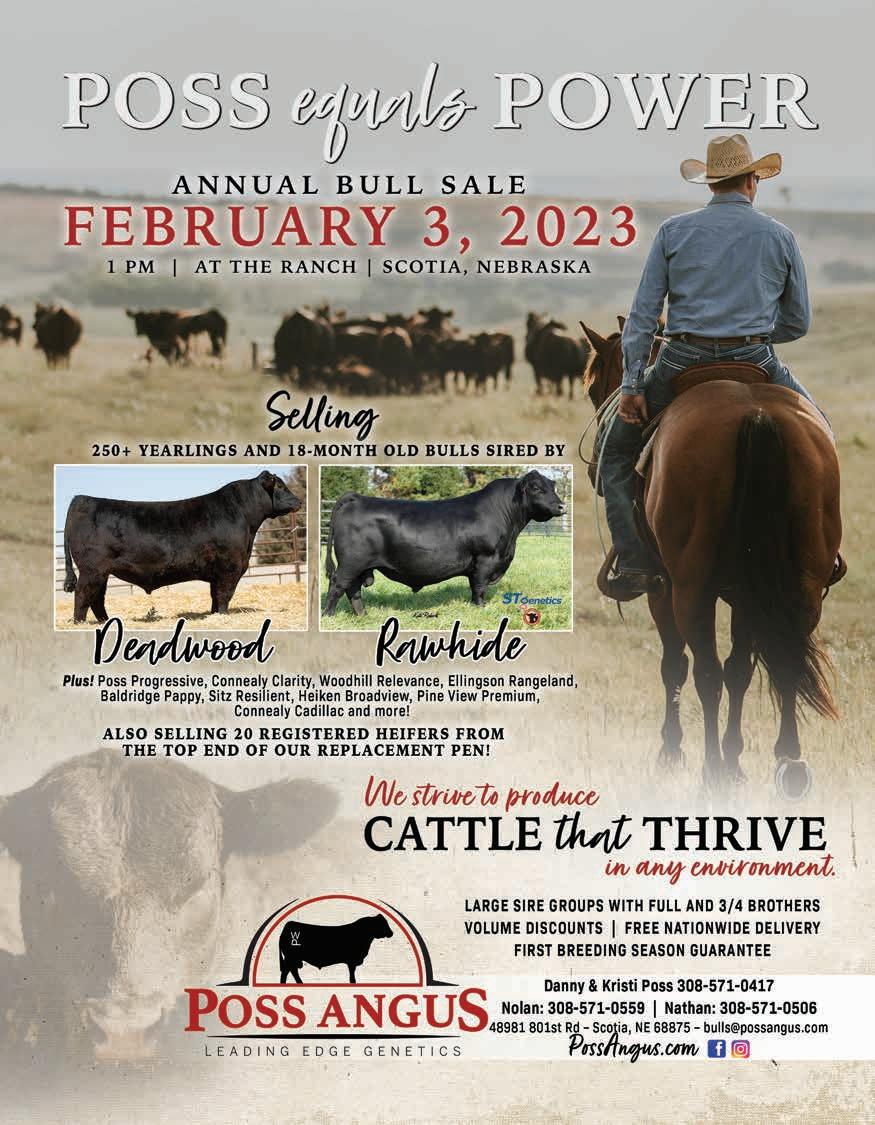
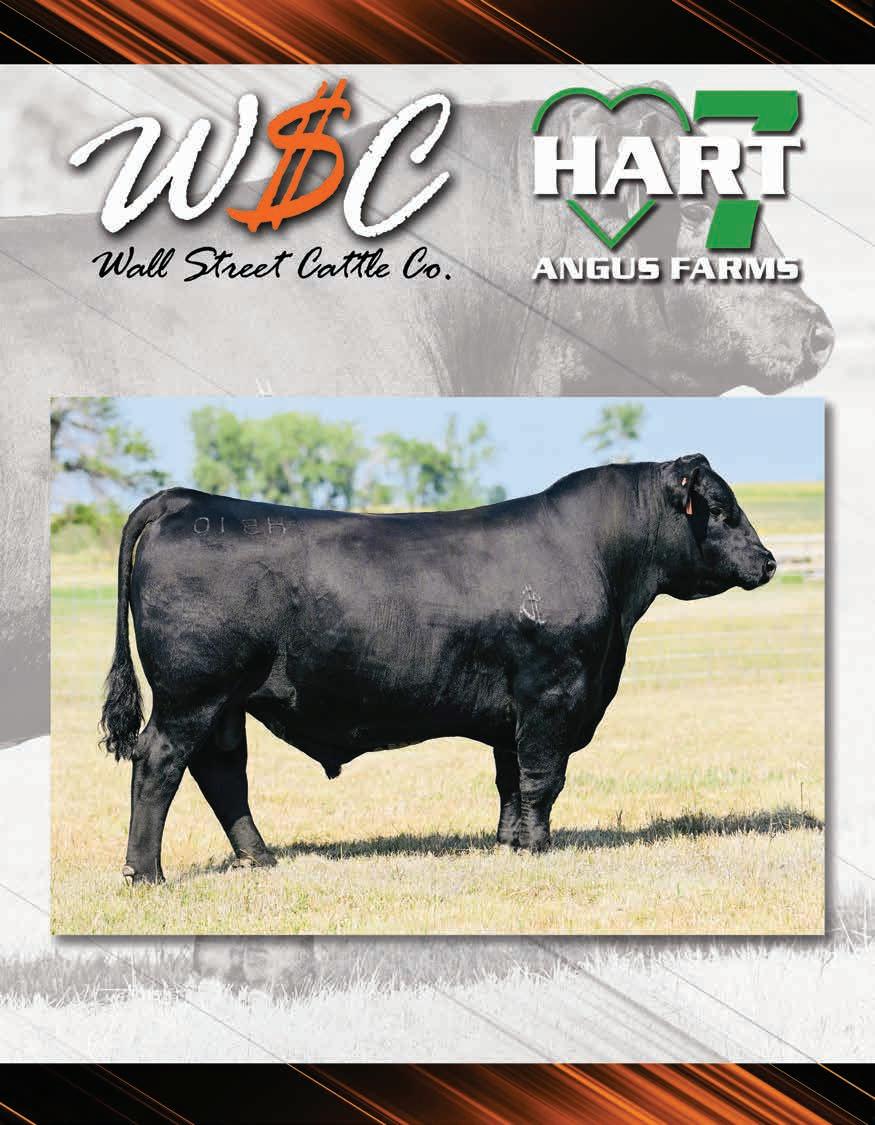

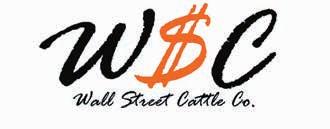
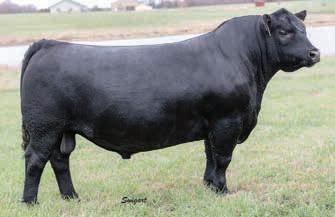
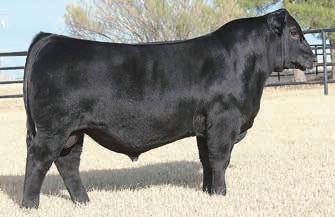
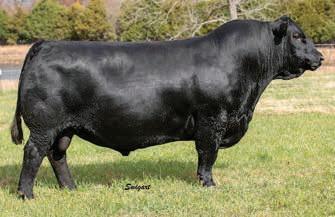



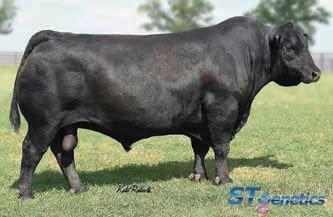

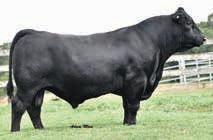
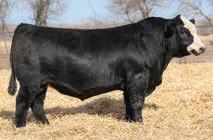
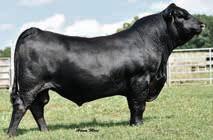

Depend on BRUTE® for economical, long-lasting control of biting and sucking lice.
Some pour-on insecticides for cattle depend on insect growth regulators (IGRs) to obtain acceptable lice control. But with the long-lasting killing power of BRUTE® Pouron for Cattle, there’s no need for an IGR.
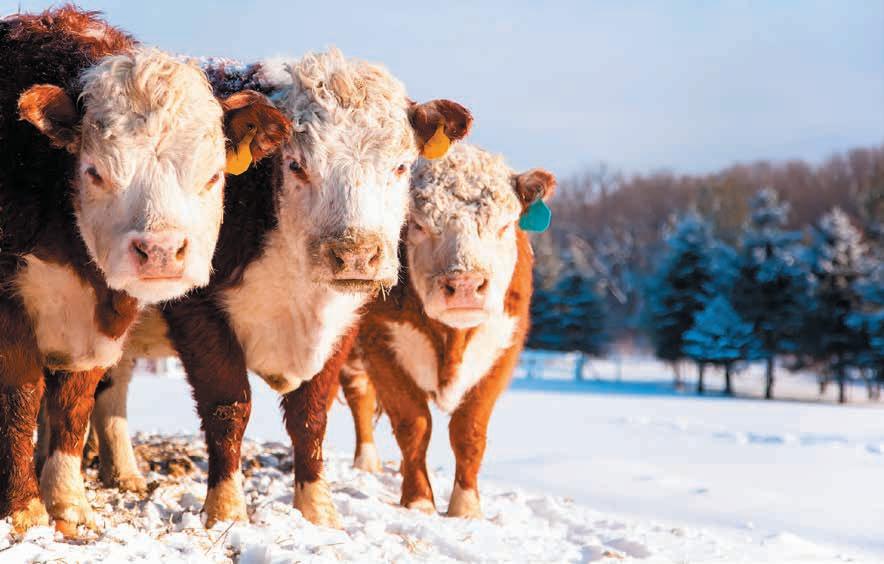
Just one application of rain-resistant BRUTE® controls biting and sucking lice for up to eight full weeks. Since lice have a life cycle of just 22 days, that’s long enough to control existing adults as well as emerging nymphs.
What’s more, BRUTE® is labeled for use on lactating and non-lactating beef and dairy cattle, with no pre-slaughter withdrawal requirements or milk withholding restrictions.
Y-TEX® and BRUTE® are registered trademarks of Y-TEX Corporation. © 2022 Y-TEX Corporation.
To learn how BRUTE® can give you all the lice control you’ll ever need for just 48 cents a head, see your livestock products supplier or visit www.y-tex.com today.
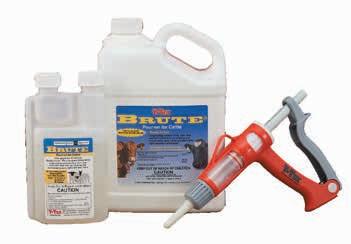
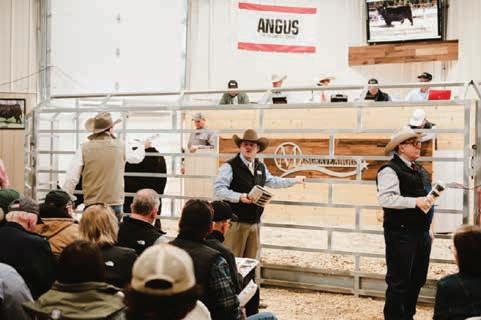

ccasionally the owners of Musgrave Angus stop to pinch themselves. The notoriety their Angus operation now possesses seems almost unreal. In the past decade, the cattle and crop operation, situated in rural Illinois, rose from a dot on the map to prominence on the world agricultural stage. “We have had people come look at cattle and buy semen or embryos from all over the world,” Tyler Musgrave shared. “We have been very blessed and fortunate for that.”
Brothers, Tyler and Andy Musgrave, along with their father, Melvin Musgrave, operate the herd of 350 registered Angus cows near
Musgrave Angus develops cattle that work for cattlemen and women from coast to coast and producers around the globe.Griggsville, Illinois. The Angus cattle operation started when Melvin acquired an Angus heifer from a neighbor for a 4-H project in his youth. Now six decades later, purebred and commercial producers alike seek out Musgrave Angus genetics for quality, reliable seedstock and herd sires. The Musgraves diversify their operation by farming 3,000 acres of corn and soybeans. Melvin and Cathy, along with Tyler and his wife Sarah, and Andy and his wife Beth, collaborate to manage the ever changing, always busy operation.
The Musgraves were well on their way to creating a rock-solid cow herd when their operation caught the eye of producers around the world. The international stage fell upon the family unexpectedly.
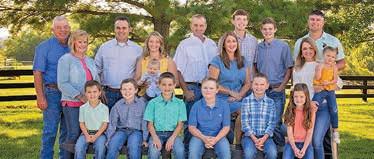
During a routine day on the farm in 2015, Tyler slipped out his cell phone, snapped a picture of one of the bulls standing in the pasture, and posted it on Facebook. “I was new to Facebook and a lot of people saw it and it started getting shared around and then peo -
ple started calling and asking about him, and next thing you know they are coming to look at him,” Tyler explained. “We leased him to Beef-360 semen company and now he is one of the most famous Angus bulls in the world.”
The bull in the middle of the social media frenzy was LD Capitalist 316. At one time, the sire ranked number three in the United States for breed registrations. LD Capitalist 316 also ranked number one in Australia and New Zealand for breed registrations for two years
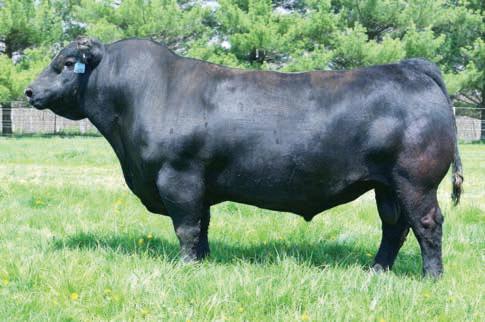
in a row. “He might be one of the most heavily used sires of all time around the world,” Tyler shared. “He is ten years old, and they are still collecting him and sending it to South America. The bull has had more shelf life of any bull in modern time.”
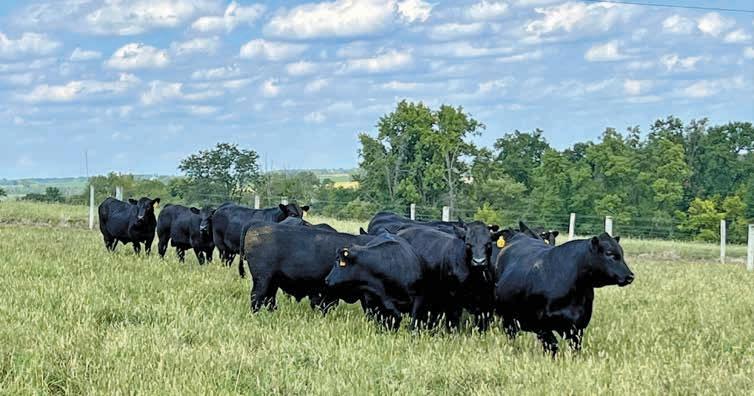 above The Musgrave Family.
above The Musgrave Family.
Though LD Capitalist 316 shined the spotlight on Musgrave Angus, the herd itself is what ultimately captivated cattle producers. Visitors from throughout the United States, Mexico, Australia, New Zealand, South America, and Canada routinely travel to Musgrave Angus to view their operation. “I know there has been over a hundred people from Australia visit us, and for a while we were getting a different group from Australia every two weeks,” Tyler stated.
It’s taken years of strategic planning and executing to develop a cow herd filled with multiple generations of good cows with stacked pedigrees. “I think we have built a really strong almost bulletproof

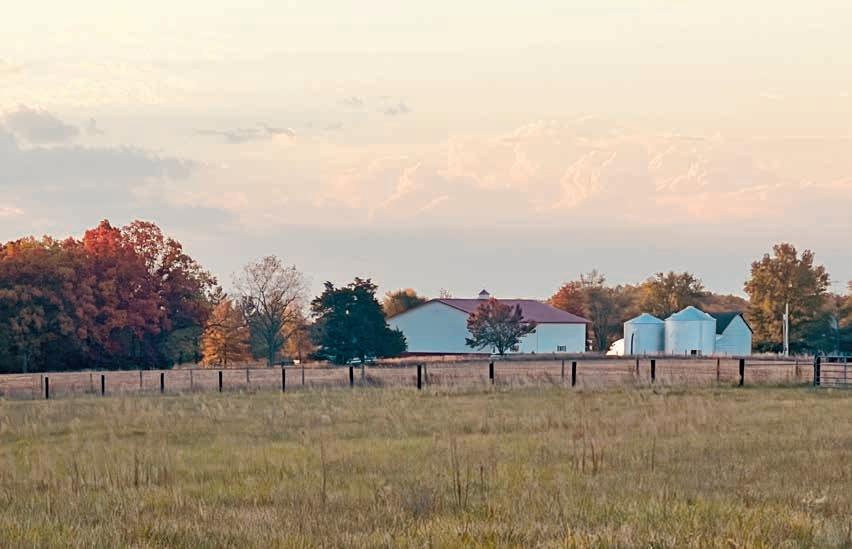
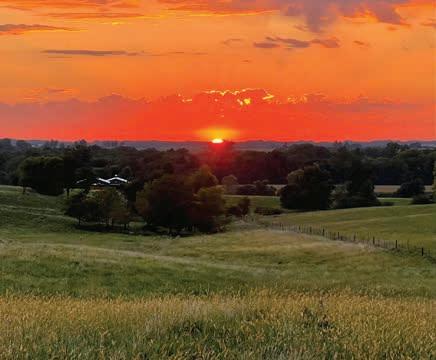
cow herd here,” Tyler shared. “If you look at a cow pedigree a lot of the animals in the pedigree will be something we bred on the farm that’s out of another really good cow, so we have a lot of really good cow families laced in each one of these pedigrees.”
The Musgraves focus on phenotype, performance, fleshing ease, and strong maternal traits. The generations of proven cow families in each animal’s pedigree produces consistency and quality. This also gives the Musgraves flexibility when making mating selections for their females. The predictability of quality progeny allows the Musgraves to breed their cows to different types of bulls and still get the excellence they have come to expect.

 Musgrave Caroline 1715
Musgrave Proud Formera 377
Musgrave Lady Barbara 545
Musgrave Caroline 1715
Musgrave Proud Formera 377
Musgrave Lady Barbara 545
A couple of years ago the Musgraves amped up their embryo work to bring a greater focus on multiplying progeny out of their elite cows. Musgrave Angus utilizes five to six donor cows, implanting 60 embryos each year. Most of the embryos are implanted in a co-op herd. Additionally, the operation sells embryos, pregnancies, and flushes.
All the cows in the herd are bred one time via AI in the spring, then exposed to a herd sire. “We will walk our herd sire behind them, and when I say we are going to walk our herd sires behind them, these are the best herd bulls we can find and we have invested heavily in acquiring a bull battery that are the best we can come up with for our cow herd,” Tyler explained. Musgrave Angus has its own semen directory and owns bulls that are listed in other semen catalogs and companies.
The Musgraves focus on finding specific markets for their entire calf crop. “Very few of our cattle go to the sale barn, we have tried to create a niche market for all of them,” Tyler stated. In the spring, they host a production sale marketing 90 to 100 bulls. During the spring sale,
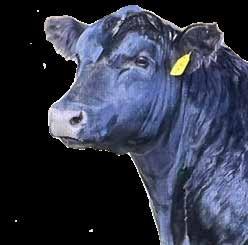


the family sells 40 cow/calf pairs and 25 open heifers. Customers also purchase bulls off the farm via private treaty. A fall online sale serves as a vehicle for marketing heifer calves as well.
After all the sales, the balance of the calf crop rotates into Sarah’s branded beef business, Musgrave Angus Premium Beef. The beef business processes approximately 25 steers a year and sells product at two local stores.

- Tyler Musgrave
“We need to improve our product and make it better, that way we can improve our customers’ cattle. That is a goal we never lose sight of.”

The family attributes the cattle operation’s success to the proven performance of Musgrave Angus genetics. Not only do the cattle work for the Musgraves, but for their customers as well. “Musgrave genetics stand out in herds in different places across the country and they have done well for people and people have had success with them,” Tyler said. “I think that is one reason why people look here as a place to buy seedstock; the genetics work and breed on and the buyers know that.”
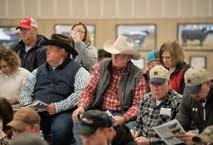
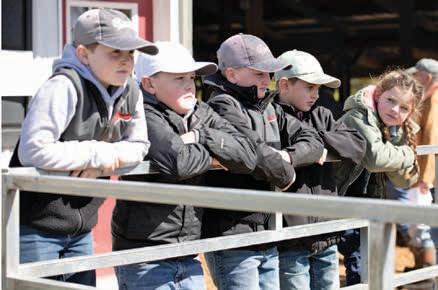
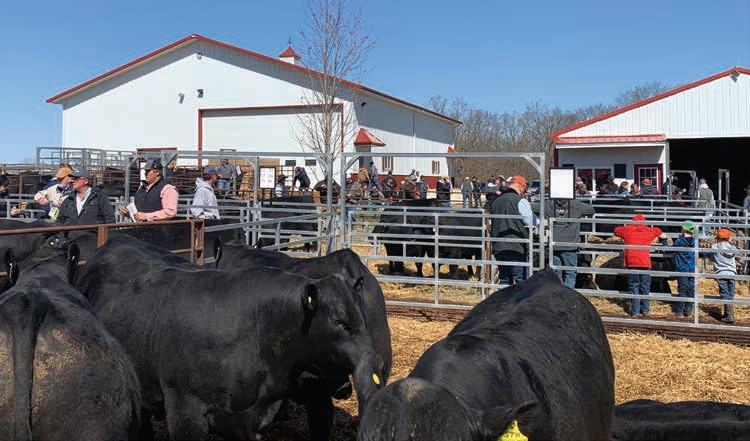
Musgrave Angus operates in a unique part of Illinois. The Mississippi and Illinois rivers flank the farming operation. Their land lies between the two river bluffs. Large
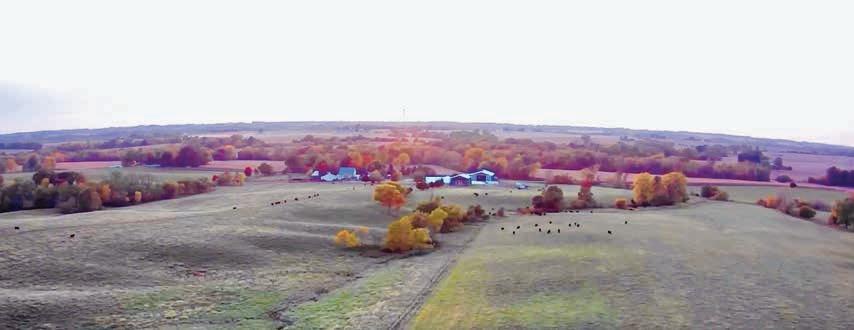
pastures and rough terrain comprise much of the acreage.
The Musgraves credit the environment and terrain at their farm for aiding in the development of hardy, sound cattle. The hot summers and cold winters prepare their cattle to adapt to most any climate. Addi-


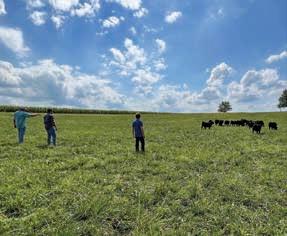
tionally, the predominant forage in the pastures is fescue. Therefore, the Musgraves select for cattle that naturally shed their hair and slick off in the spring and summer. “Something else that goes along with the fescue is the structural soundness and hoof quality of your cattle, we have a lot of rough terrain here in Pike County, so cattle have to be sound and mobile,” Tyler said.
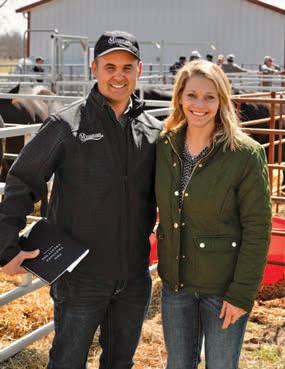
Though the Musgraves welcome visitors to their farm, an integral part of their management practice entails visits to as many of their customers’ operations as possible. The visits give the Musgraves insight into how the genetics they have sold are working. Evaluating their customers’ herds also helps the Musgraves determine what they need to be doing on their operation to produce genetics that best benefit their customers. “We are only going to be suc-
cessful if they are successful. So, we need to go there, and we need to help them succeed,” Tyler said.
Day-in-and-day-out the Musgraves thrive on working together and improving their Angus operation. Between the Angus cattle and the grain farm there is rarely a spare moment. But each day the family works with the same goal in mind. “We need to improve our product and make it better, that way we can improve our customers’ cattle. That is a goal we never lose sight of,” Tyler concluded.
learn more musgraveangus.com below Tyler and Sarah Musgrave. above Musgrave 316 Exclusive

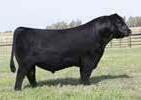
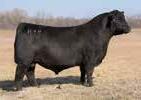
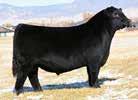



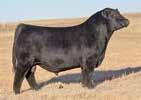

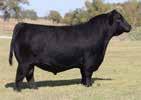

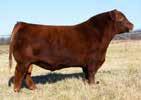
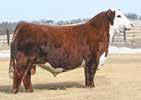
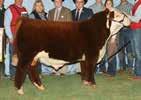


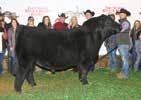
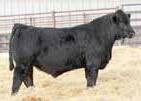


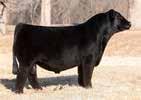
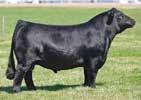
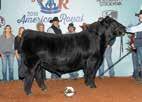


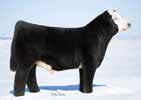

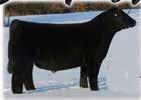
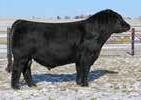
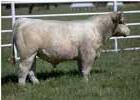

















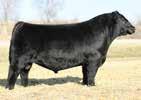
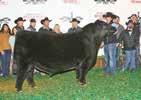
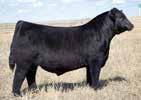

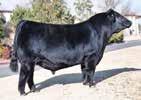
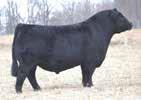

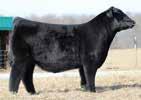

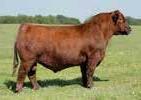
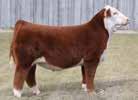
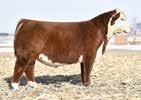
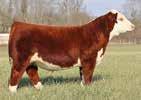
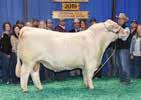
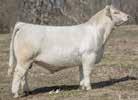


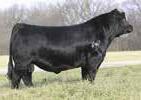
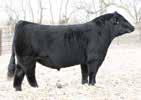
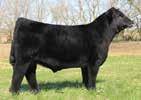
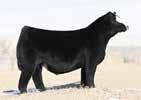


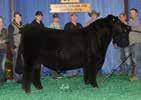
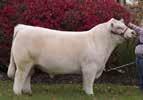

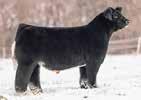
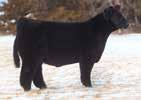
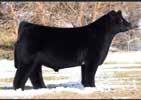
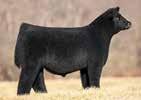

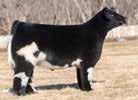



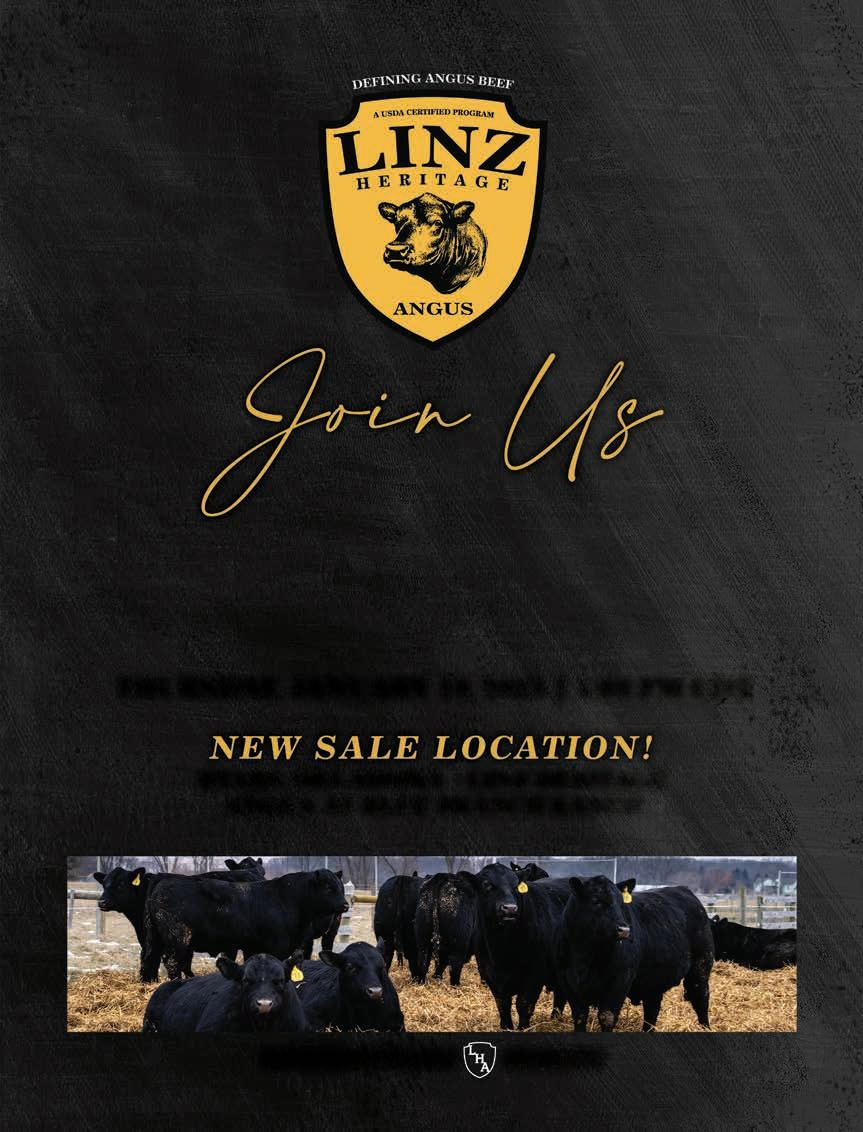

“We used the HeatSiecker program on a group of virgin heifers. We put the patches on in May and only had one fall off out of the 65 when we pulled the bulls out in mid-August. Like any new system, there is a learning curve. However, with the HeatSiecker app, the data received is easy to interpret. They system is quick and easy to install and very economical.”
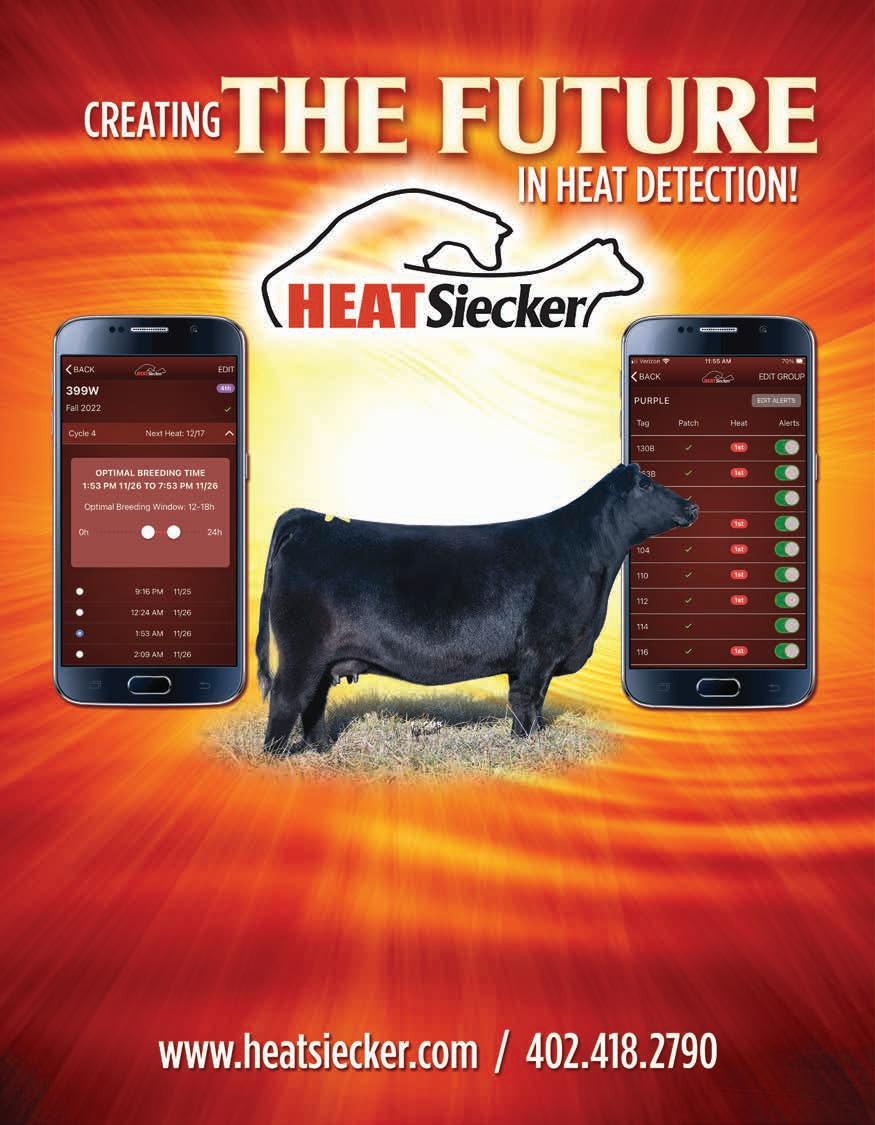
• Individual mount times are displayed allowing you to better plan the optimal breeding time.
• Customize your notifications and receive real-time updates.

• Patch adheres to tailhead
• Reaches distances of 1-2 miles
• Mount information transmits to mobile APP via antenna
 DAVE A. Bar A Cattle, Nocona, Texas
DAVE A. Bar A Cattle, Nocona, Texas
“We used HeatSiecker on 30 receipt cows and had excellent results. We did it in December and the days were short so not only did the system work extremely well for picking up heats but it saved us many hours of checking cows in the dark. Knowing exactly when the cows started standing was valuable info when we put eggs in and catching the repeats two weeks later worked great.
Our cows have had the patches on for almost 60 days and we have not lost a patch. I’m a believer in HeatSiecker.”
HEATSiecker is the newest technology for accurate heat detection!
“
• Pull on highway at speed limit.
• Fits through any gate your pickup will.
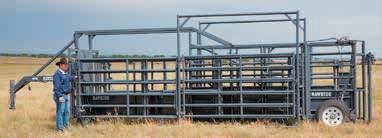



• Stable on uneven terrain.
• Permanent sheeted adjustable alley.

• Transport wheels are permanent, no sliding off the axles and rolling out of the way.
• Wheels on each panel and electric over hydraulic jack eliminates lifting— saves time.
• Frame gates for sorting.


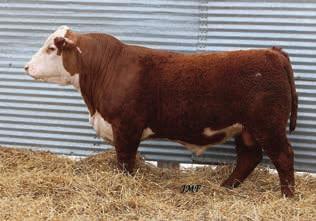


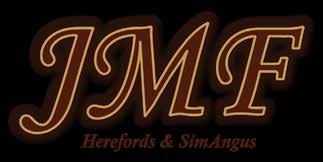


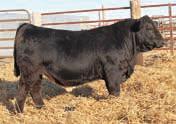
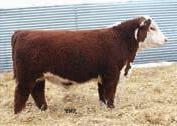

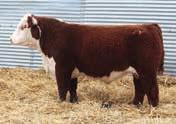
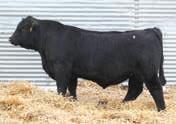
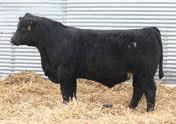
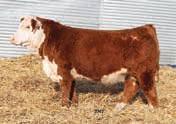


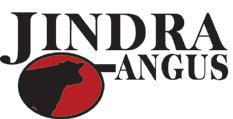

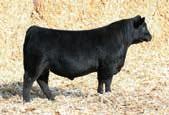

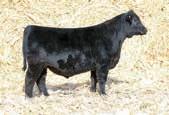
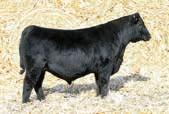
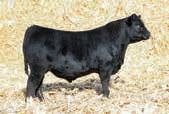
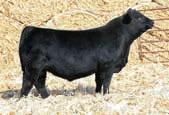
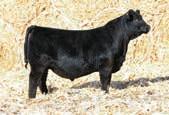
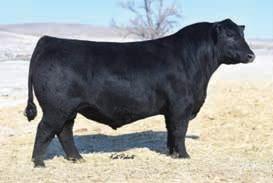
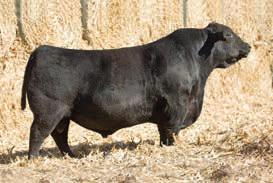
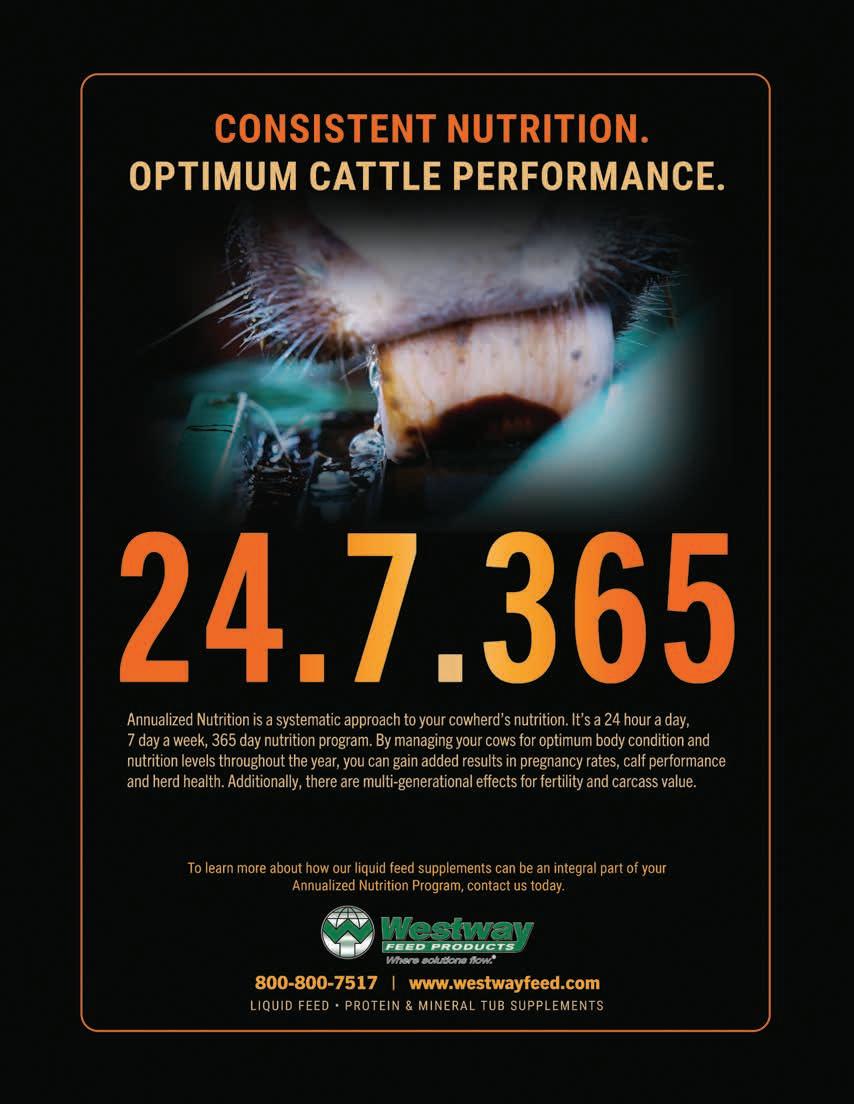
Dick Loonan and his daughter, Judy, began the Loonan Stock Farm venture 48 years ago with a vision to help their customers achieve the most profit from their cow herd. The loyalty of their











Today, Judy and herdsman, Rick Thompson, continue to buy the best Red Angus and Simmental genetics available, expecting calving ease with rapid growth and good marbling and ribeye area.
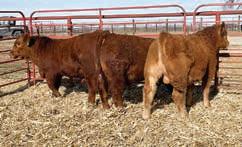
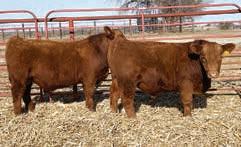
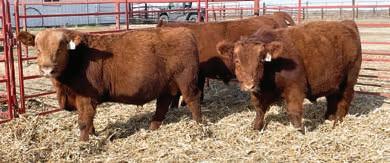
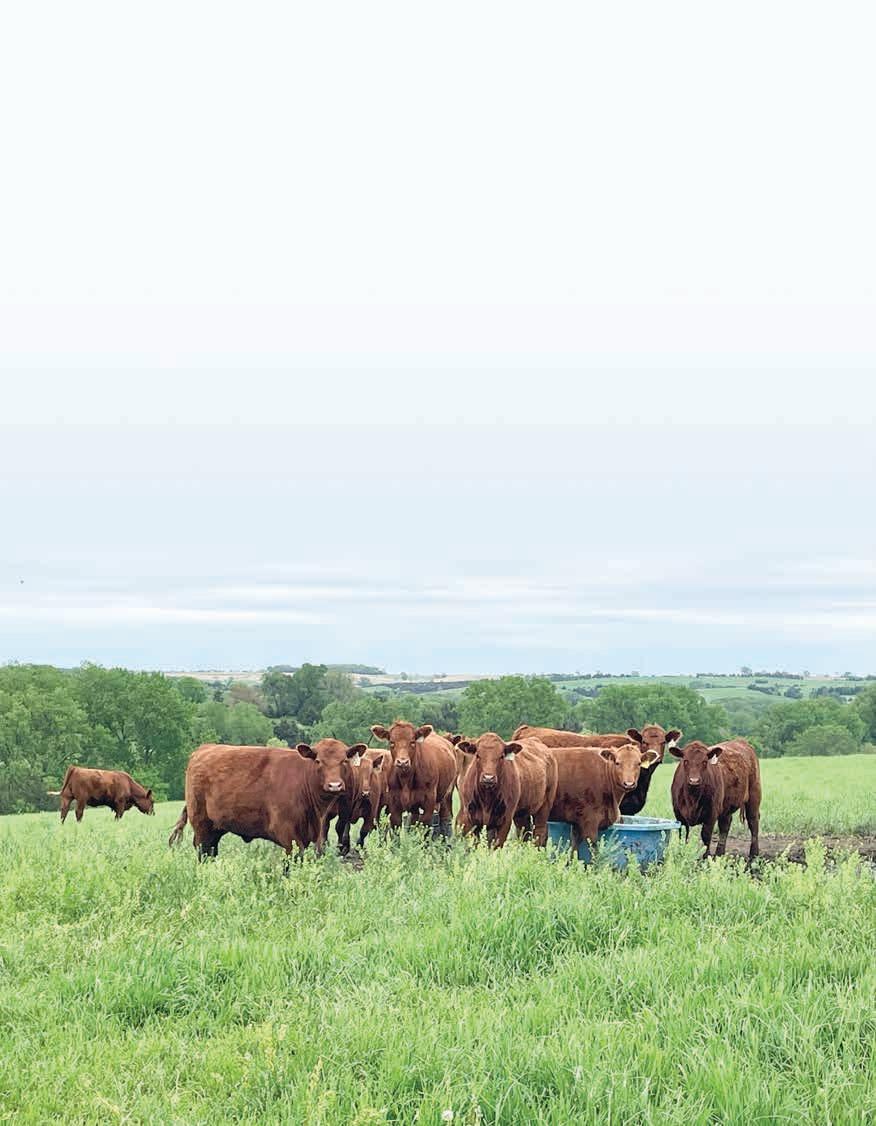
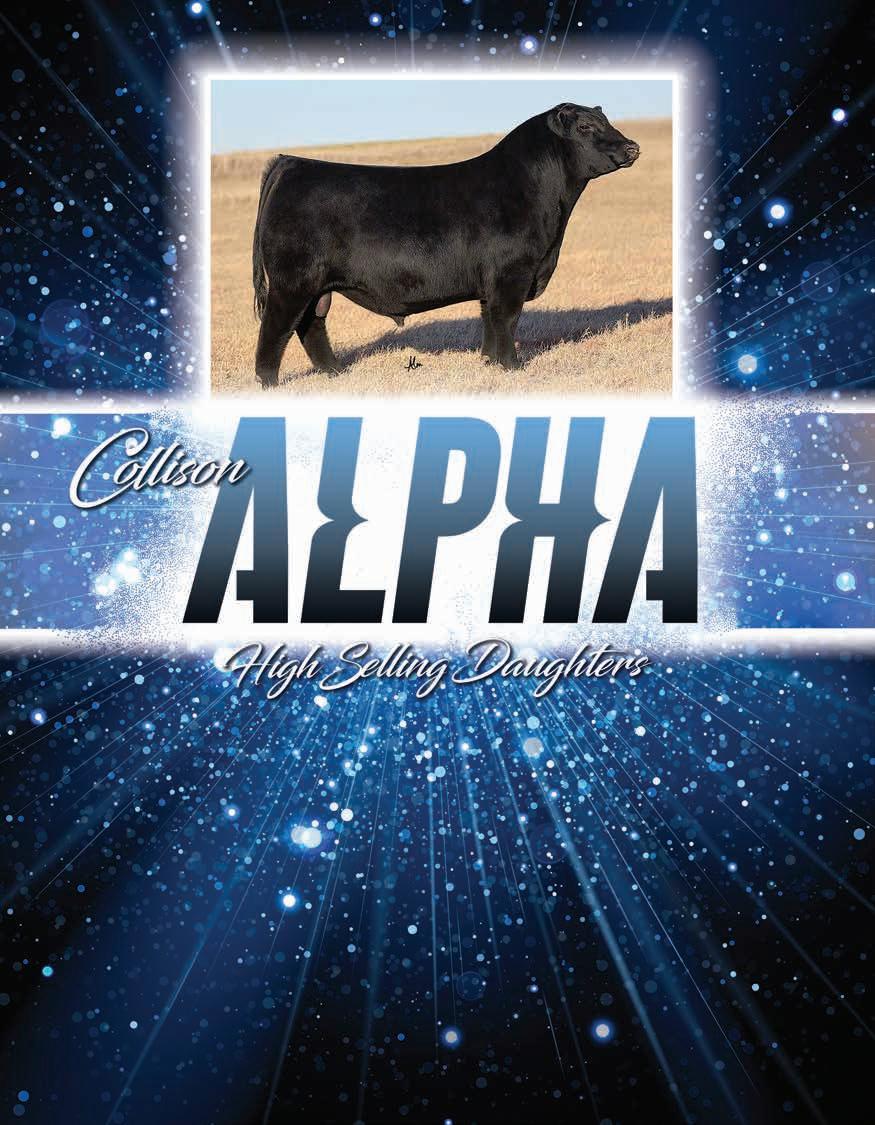
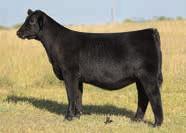
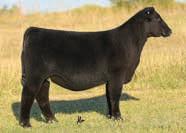
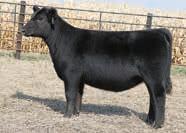
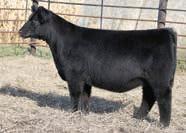
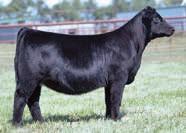
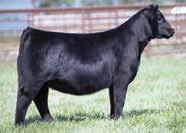
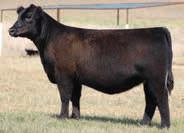
Winter is finally here and for some, dry weather has resulted in a lower than desired hay inventory. While we can reduce demand by adjusting rations or selling animals, purchasing hay may be the best option to fill in a feed gap.
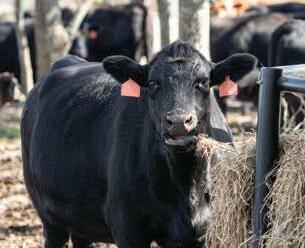
Most of the time, purchased hay is hauled in and fed without issue. It’s a regular occurrence for many operations and should always be an option for consideration. While the sticker cost is typically the first factor considered when buying hay, there are additional costs that purchased hay can bring to an operation.
Not all hay is created equal. While a seller may list hay quality in their advertisement, without a test to back it up, that number is just a guess. Unfortunately, more often than we’d like, that guess may be pretty far from truth. Many factors go into hay quality; plant maturity, species present, fertilization, moisture during growing, and how the hay was cured and put up are just a few. Even if our guess is close, a few percentage points either way on energy or protein content can mean the difference between healthy cows come calving and a successful breed back or animals in low body condition and open animals next year.
Not only does a hay test provide a better understanding of what quality of product you are purchasing, it can help with finding the best deal when comparing options. Using a tool like the UNL Feed Cost CowQ-Lator can factor in initial feed quality, transportation, storage, and feeding factors to come up with a cost per pound of energy or protein that can easily be compared with other hay sources or even alternative feed options.

Even if the hay looks fine, unwanted hitchhikers may be lurking inside. Hard to control weeds like sericea lespedeza and old-world bluestems from Kansas, absinthe wormwood from North and South Dakota, or even leafy spurge or Canada thistle from a local hay source can suddenly turn a clean pasture into a battle ground with noxious weeds.
Uninvited guests don’t have to be plants either. Alfalfa weevils can be shipped in from just about anywhere or fire ants from Texas or Oklahoma. Fire ants won’t survive a typically harsh Nebraska winter, but if it’s mild and the hay is well-sheltered, they could be a problem for a season or two.
How do we mitigate these risks? Begin by asking questions. Find out what pests are a problem in the area your hay is coming from. Check references. Reserve the right to refuse the hay after it arrives, and you’ve check it out thoroughly. Then, when you feed the hay, do it only in a small area. That way, if a problem does develop, you can keep it isolated and, hopefully, controllable.
University research you can use.Outside of prussic acid, most toxic compounds become locked in when forage is harvested for hay. Drought stress can lead to high levels of nitrates. Small grains and annual forage grasses along with some weedy species like pigweed are of especially high concern. If you have concerns, a forage nitrate test can quickly tell if you have a problem or not.
Weedy hay may contain plants that are toxic to livestock. Because hay is a dried form of the plant and often limit fed or ground up, animals can end up consuming more of these plants than normal as their ability to be selective is decreased. Keep an eye out for anything unusual in the bale and try to identify unknown plants if possible. This may need to be done on a baleby-bale basis, as some species are patchy in growth and may not show up uniformly across a field.
Finally, hay that was put up in a rush may not have been dried and cured properly. Wet hay often leads to mold growth. Besides lowering the quality of feed, mold can cause respiratory issues with cattle breathing in the “dust” created by spores and in some cases mycotoxin development. While not every mycotoxin is the same, consumption can lead to lowered gain and in extreme cases aborted calves and death.
Most producers have a good handle on how much hay they need to make it through the winter months and have hopefully secured what is needed already. Maybe this planning already takes into consideration a worst-case winter scenario already, but if not, it’s worth considering. What if the snow starts to fly and stockpiled pasture or crop residues are no longer accessible? Do we have enough hay on hand if we start feeding early? What about if we have a cold dry spring and a late green up?
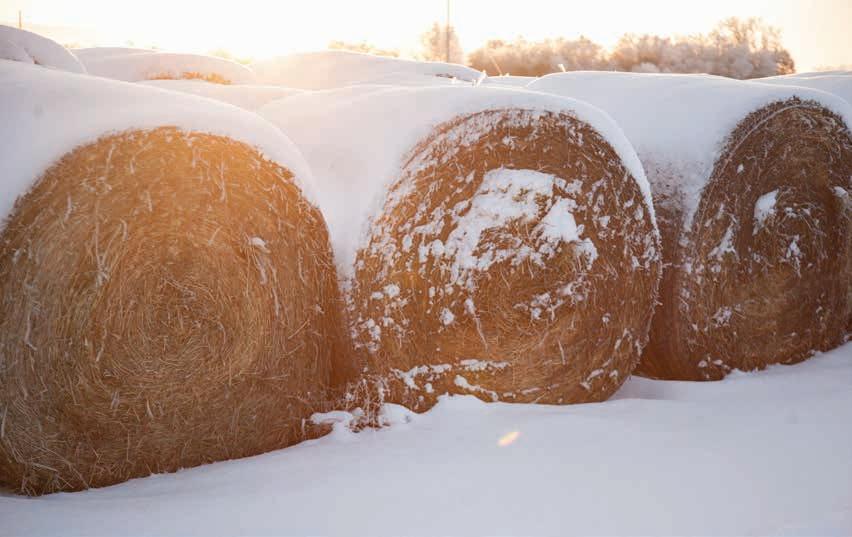
Scenarios don’t have to directly address forage quantity either. Does the hay on hand have high enough quality to cover animal demands through calving and into peak lactation? What if an extended cold snap occurs and animal energy demands increase dramatically? Do we need to investigate some supplemental feed options? We can’t prepare for every “what-if” that may come our way, but even by taking some time to think through possible situations we can be better prepared to act when needed.
No more hay is going to be produced this growing season, so what is available is all we have to work with. With high demand and prices, there are always people out to take advantage of the situation. If a deal seems too good to be true, it often is. Hay posted for sale is not always guaranteed and scams are unfortunately all too common. Purchase hay through a verified or trusted source and paying only after viewing the hay personally can help prevent a bad transaction.
Feeding animals through the winter is not going to be cheap or easy this year. If you do need to purchase hay to fill a forage gap, there are some risks that need to be considered. Get a hay test, watch out for invasive hitchhikers, mitigate the risk of toxins, take your planning above and beyond and be careful if a deal seems too good to be true. By being prepared, purchased hay doesn’t have to come with an additional cost.
Courtesy University of NE - Lincoln, UNL Beef
Interviews with the authors of BeefWatch newsletter articles become available throughout the month of publication and are accessible at: www.go.unl.edu/podcast.

Sire: SAV Bismarck • Dam: ONeills Delia 715

She possesses a super phenotype and genotype with 13 EPDs in the top 25% of the Angus breed. ONeills Delia is one of the real power cows in the breed. Her embryos topped the National Western sale two years in a row.
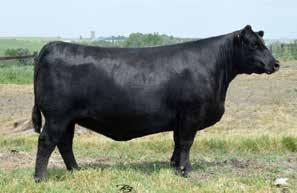

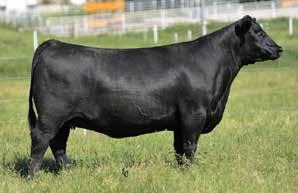
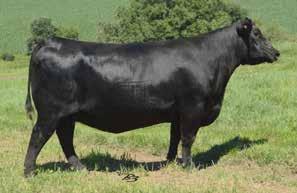
May 4136, one of the most prolific and influential cows in SAV history producing more than $10 million in progeny. She is just embarking on an exciting career.

18143481

Sire: EXAR Denver • Dam: RB Lady Party 167-305
She was the top bred cow at the Riley Brothers 2017 sale going for $30,000 for 1/2 interest. Her flush sister RB Lady Denver 428 produced the $200,000 high seller in the 2017 Las Vegas Angus Final Sale. Another flush sister, RB Lady Denver 167-453 is a standout in the donor pen for Linz Angus. Dam is a full sister to Tour of Duty.

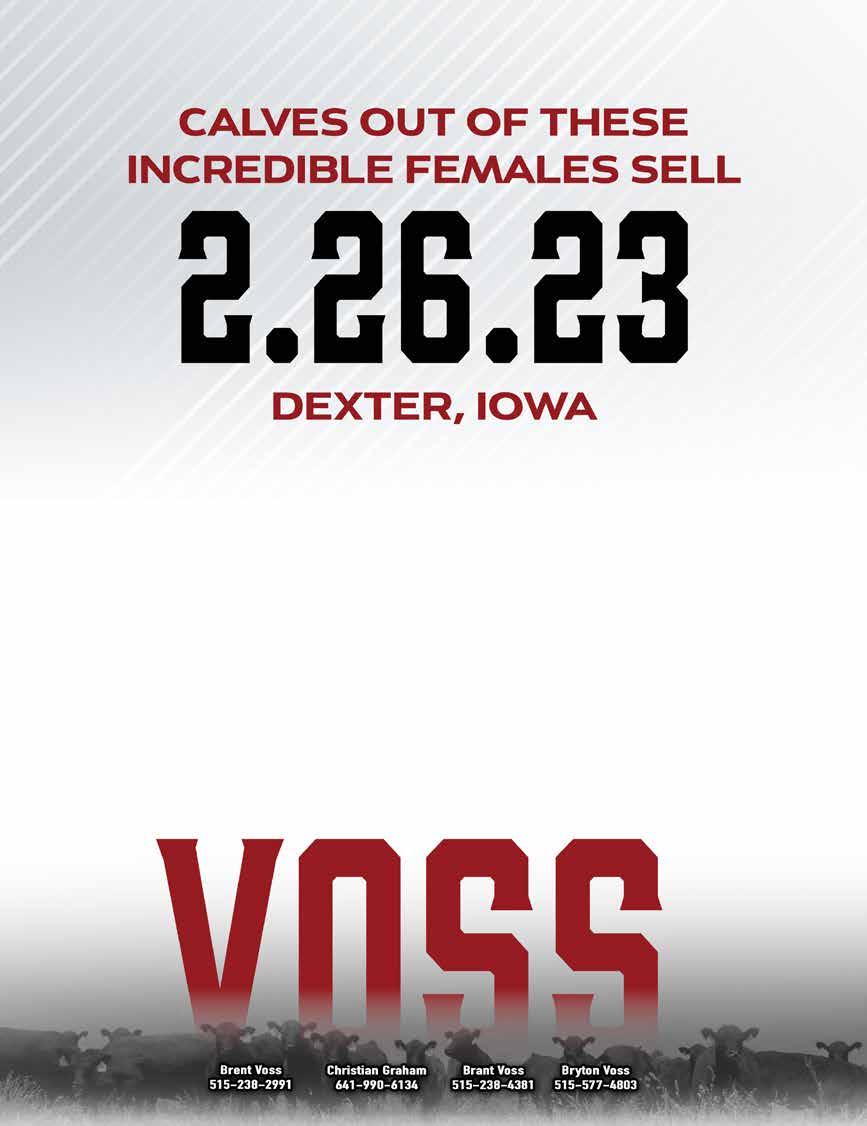


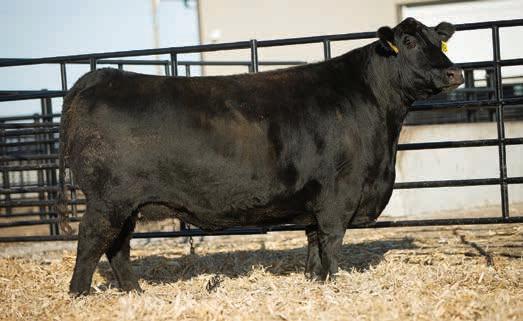
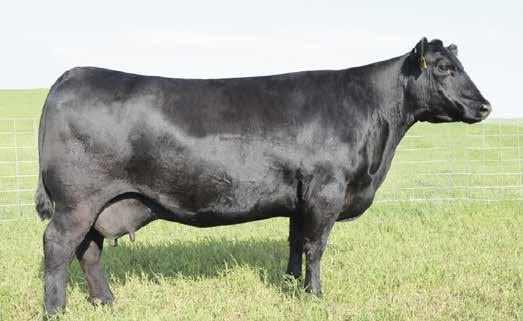


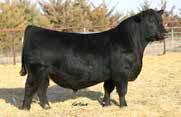

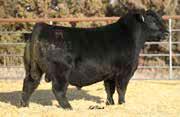
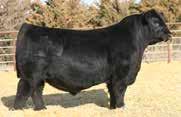

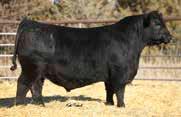

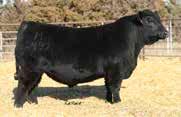
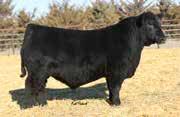
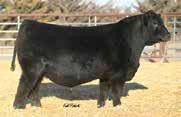
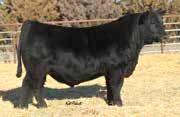
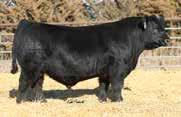

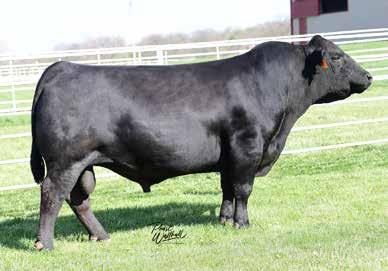
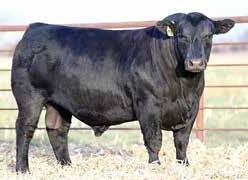
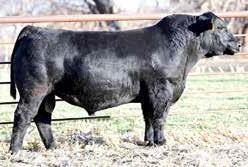
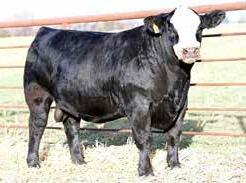
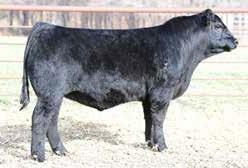
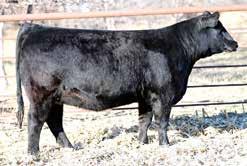
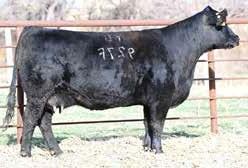

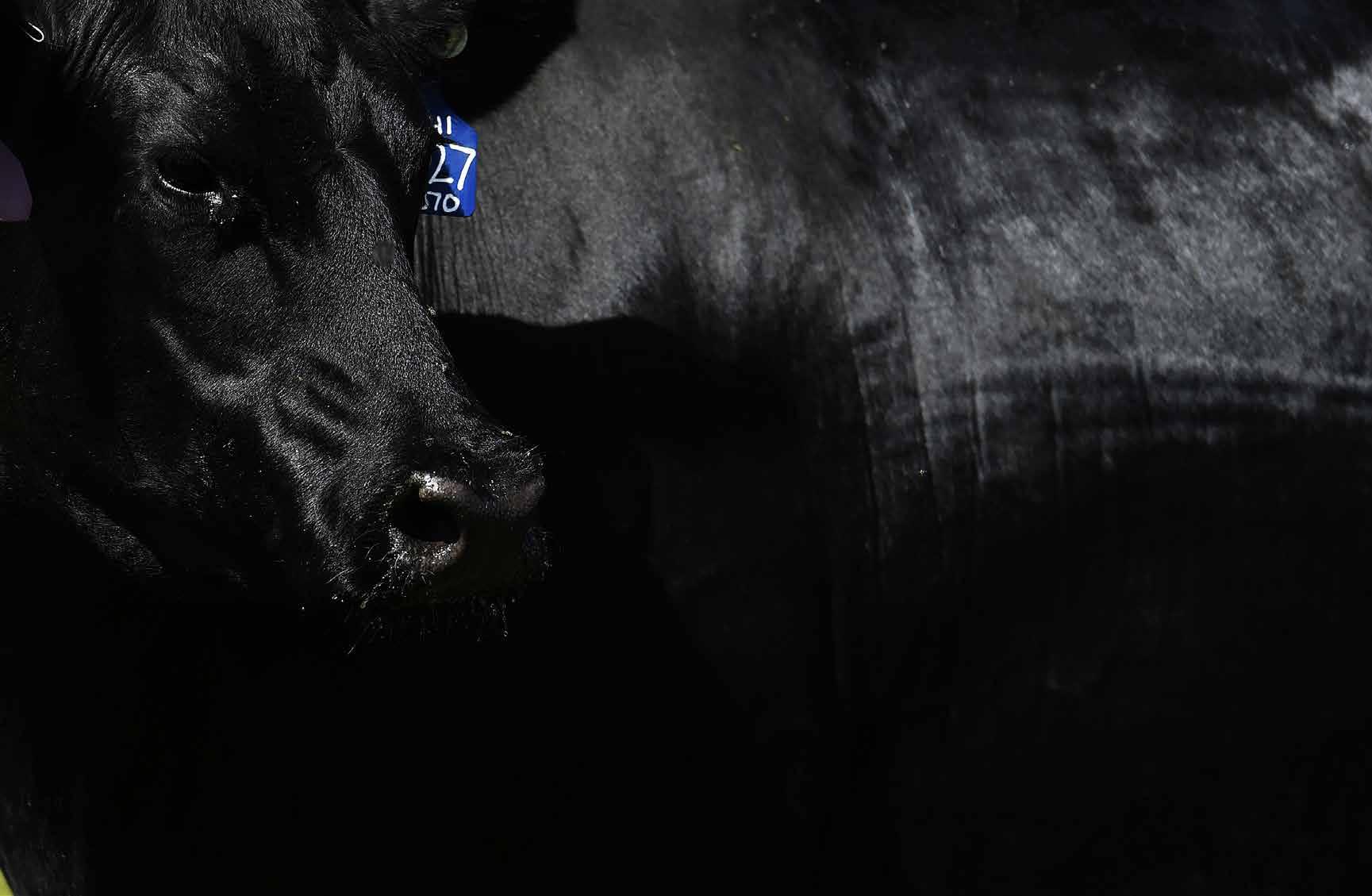
These Herd Sire Producing Females have recently joined the Donor Lineup at ZWT Ranch.
INQUIRIES WELCOME ON GENETIC OPPORTUNITIES FROM BOTH OF THESE EXCITING FEMALES.
Bear Mtn Judy 6535 reg 18583302
Top-selling cow of the 2022 Bear Mtn Female sale. She is the dam of Bear Mtn Pilot 1520 and Bear Mtn Stellar 0745. Progeny weaning ratio of 3/109.
Mill Brae Joanie FP 3063 reg 17630369
Top-selling cow of the 2022 Montana Ranch Female Sale
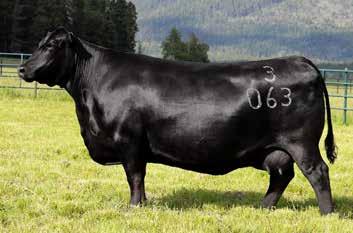
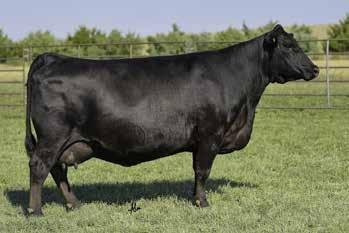
She is the dam of Mill Brae Benchmark 9016, Montana Judgement 1038, and Montana Jake 1036. Progeny ratios: WW 6/104 YW 6/107 REA 13/106

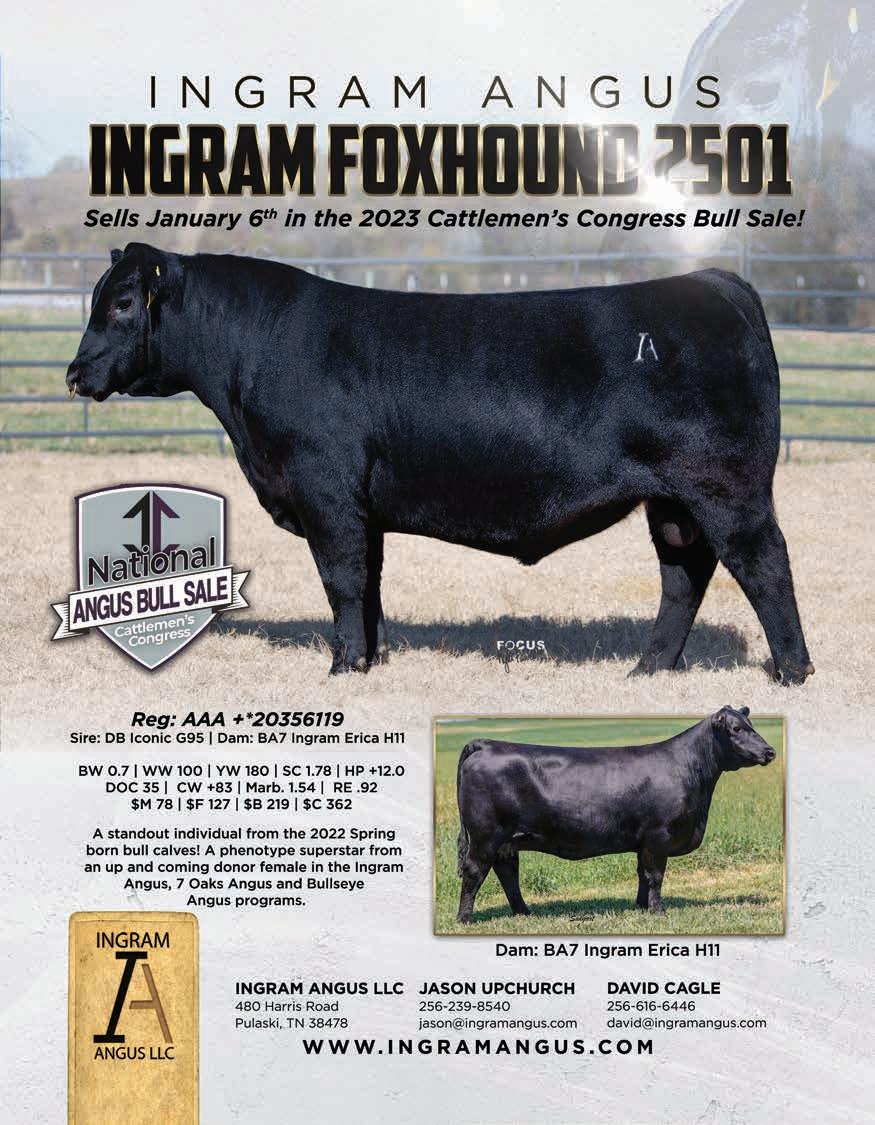
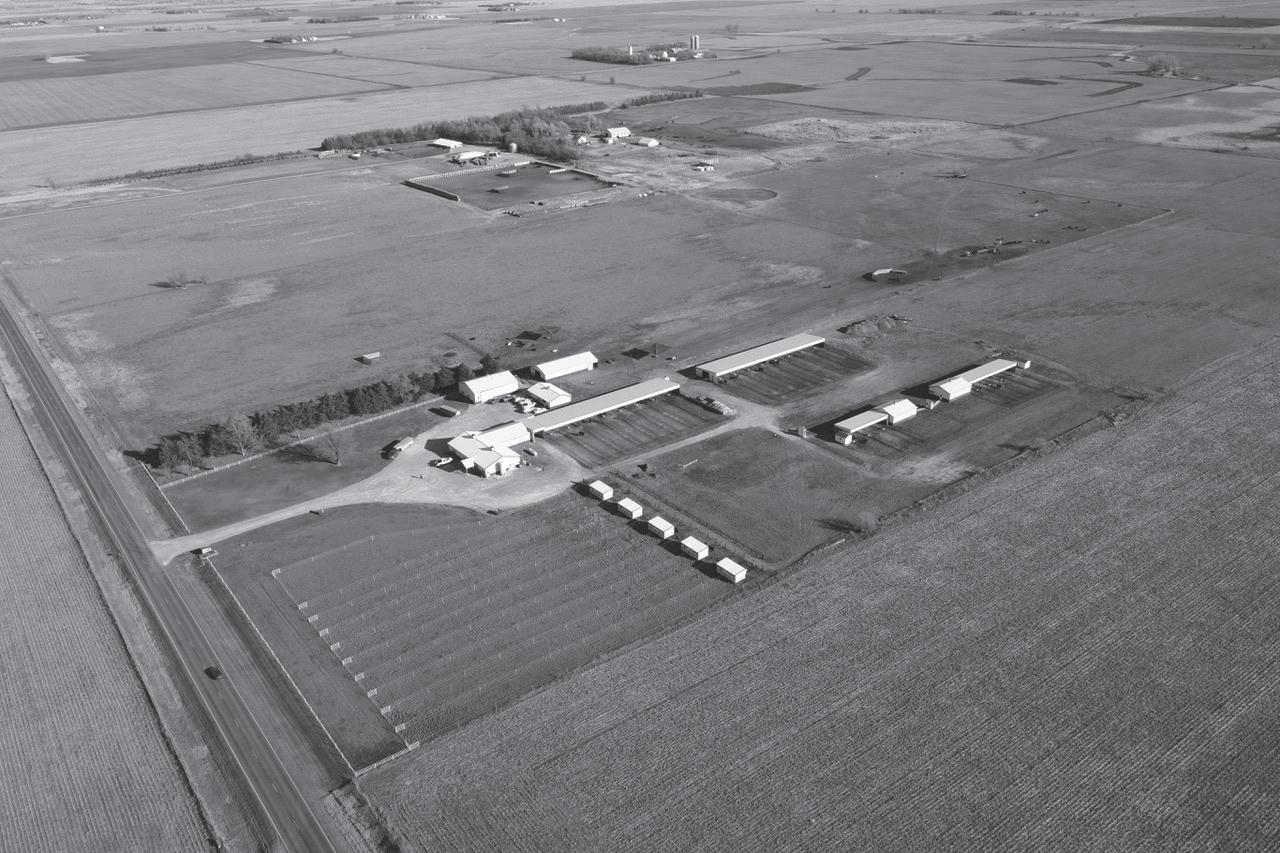



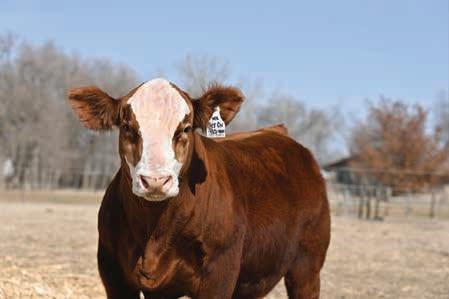




Focus Marketing Group focuses on creating successful marketing strategies for cattle producers.

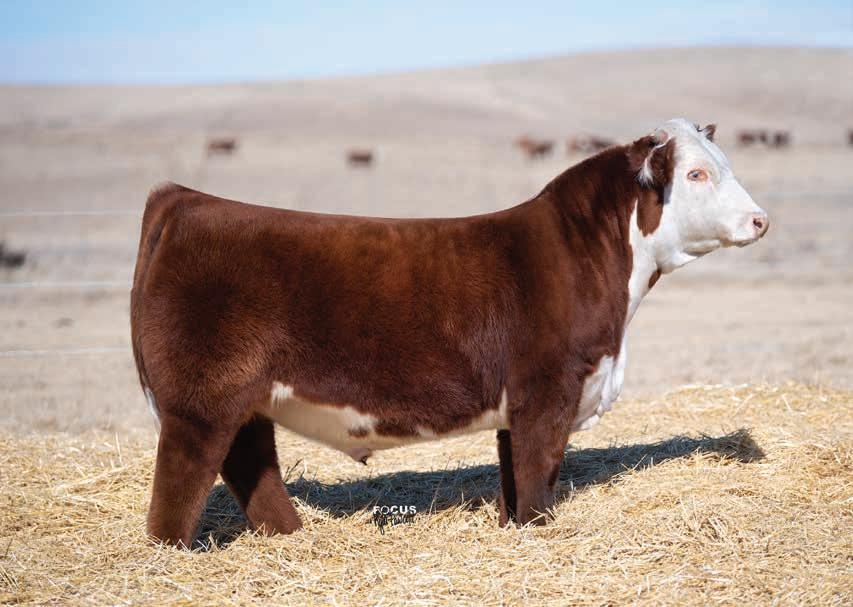
Like any business, cattle operations need to engage in some type of marketing. Whether that’s taking out an ad in the local paper, managing a website or social media page, or hosting an annual sale, there are many types of marketing and promotions that can boost business. One of the keys to successful promotions is high-quality images and presentation. For many producers this task is better suited for marketing professionals. The founders of Focus Marketing Group recognized this need in the cattle industry and developed a company dedicated to helping producers create a picture-perfect marketing plan.
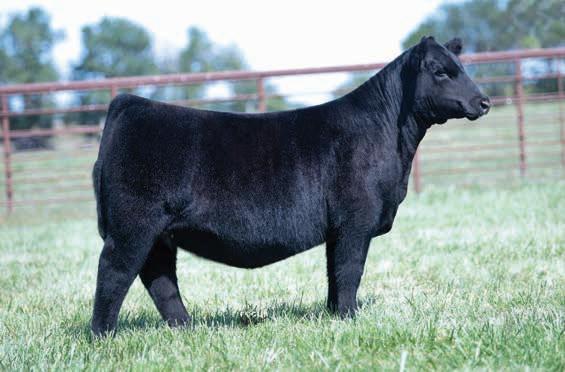

Kyla Fawcett, owner of Focus Marketing Group, combined her extensive background in the cattle industry and passion for photography to create the professional livestock photography and marketing company. Showing cattle gave Fawcett her start growing up in Baltic, S.D. Fawcett admired the work of photographer Christy Collins, vowing to be like Collins when she grew up. This goal took Fawcett to South Dakota State
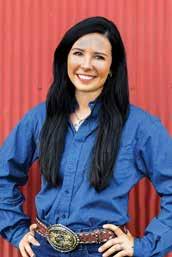
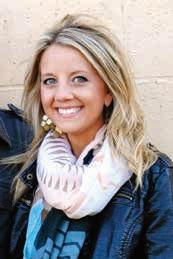
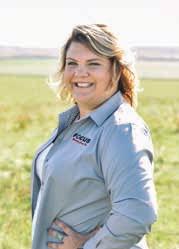
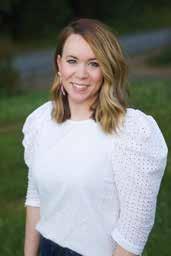 Amanda Holt
Alyson Devine
Robin Kleine
Alexis Rumford
Kyla Fawcett with her husband, Dan.
Amanda Holt
Alyson Devine
Robin Kleine
Alexis Rumford
Kyla Fawcett with her husband, Dan.
University, where she graduated with a degree in agriculture journalism in 2003. She began her career as the director of communications at the American Maine-Anjou Association.
Fawcett started Focus Marketing Group in 2010 with partners John Boddicker and Kent Jaecke with the goal of offering a one-stop-shop for customers to build a marketing campaign. Fawcett wanted to take the stress out of livestock marketing, using her people skills and good-natured attitude to streamline the process while making customers happy. Fawcett became the sole owner of Focus Marketing Group in 2016. To date, Focus Marketing Group has served more than 1,400 customers across the U.S.
A team of five staff members in cludes graphic designers, web devel opers, a social media manager, and field staff to handle photography and video services. “A good work eth ic, good customer relations, quality work and grit allowed our clientele to grow, and Focus Marketing Group grew to what it is today,” Kyla Faw cett explained. “My passion is live stock photography.”
The Focus Marketing Group team works completely remote and travels to visit customers’ cattle operations. Fawcett resides in Ree Heights, S.D., with her husband, Dan, and two kids, Hollis and Ivy. The couple lives on Fawcett’s family ranch, Fawcett’s Elm Creek Ranch.
It takes a special touch to take excellent quality photos of cattle.
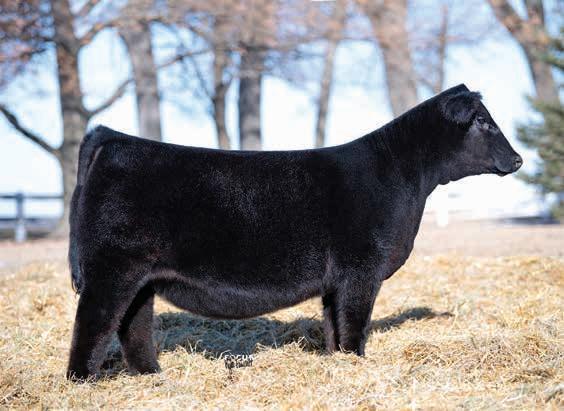

Fawcett says that a good marketing plan and professional work and look is important when promoting your cattle or any species of livestock. “As the old saying goes, ‘You have to spend money to make money.’ Good photos, videos, and design get you noticed, and in turn, make your operation money,” Fawcett said. “Bad photos, videos, or design will turn people away and make them less interested.”
In the competitive world of selling seedstock and show cattle, operations can’t afford to not be noticed. Focus Marketing Group provides a variety of services to help their clients get noticed, from sale photography and videography to stall card or business card designs. Not everyone has the creative knack for graphic design, so Focus Marketing Group assists customers with producing sale catalogs, ad designs, logo designs, and more.
Focus Marketing Group creates top-of-the-line websites for cattle operations. Additionally, the company has a team of outstanding photographers that travels to ranches to take photos in order to showcase producers’ operations, family, and livestock at their best. “We cover the entire
Focus Marketing Group is a one-stop-shop for cattle producers to build their marketing campaigns, including photography, web design, graphic design, social media and more.United States,” Fawcett said. “Our team is located in different areas, and we will travel anywhere in the U.S. for customers.”
Today, most savvy cattle producers have their own social media page to promote their seedstock or show cattle. Focus Marketing Group assists cattle producers with social media management, since there just aren’t enough hours in the day for ranchers and farmers to do everything.

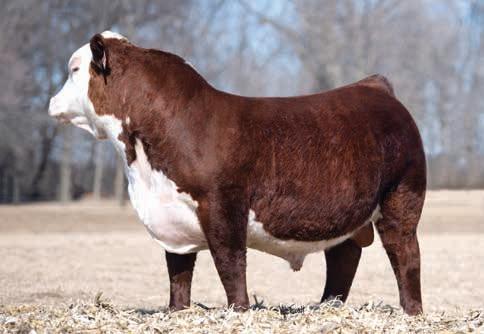
Focus Marketing Group also does show photography at cattle shows, and has photographed at the South Dakota State Fair, Maine-Anjou/ Chianina Junior Nationals, Black Hills Stock Show, jackpot shows across the country, and more. “The biggest show we cover as of now is the South Dakota Summer Spotlight,” Fawcett said. “There are more than 1,500 animals and 800 exhibitors for all species. The four-day show is held at the end of July in Huron, S.D.”
Fawcett emphasizes solid customer relationships and a willingness to go the extra mile to make things work. Weather sometimes causes rescheduling, and the Focus Marketing Group team regularly puts in late nights to make deadlines. “It has to be a balancing act with doing quality
work for every one of your customers, but that will get you noticed,” Fawcett shared. “My favorite part of this job is the relationships with the customers. They become like family, and I love getting to work with them and truly value their trust in hiring me to get the job done.”
As the old saying goes, you have to spend money to make money - and investing in standout marketing is money well spent.
 learn more focusmarketinggroup.net
A team of 5 staff members travels to visit customers’ livestock operations.
learn more focusmarketinggroup.net
A team of 5 staff members travels to visit customers’ livestock operations.




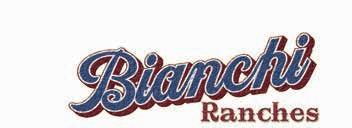
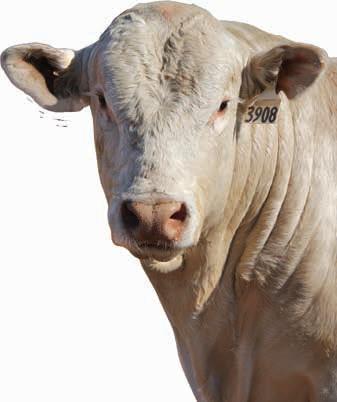












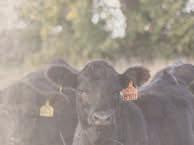
























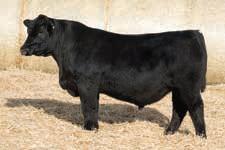

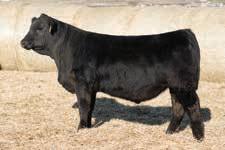

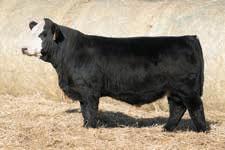

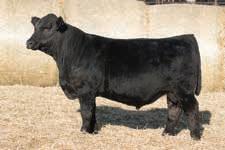

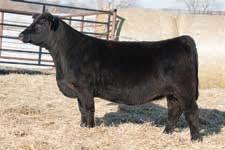



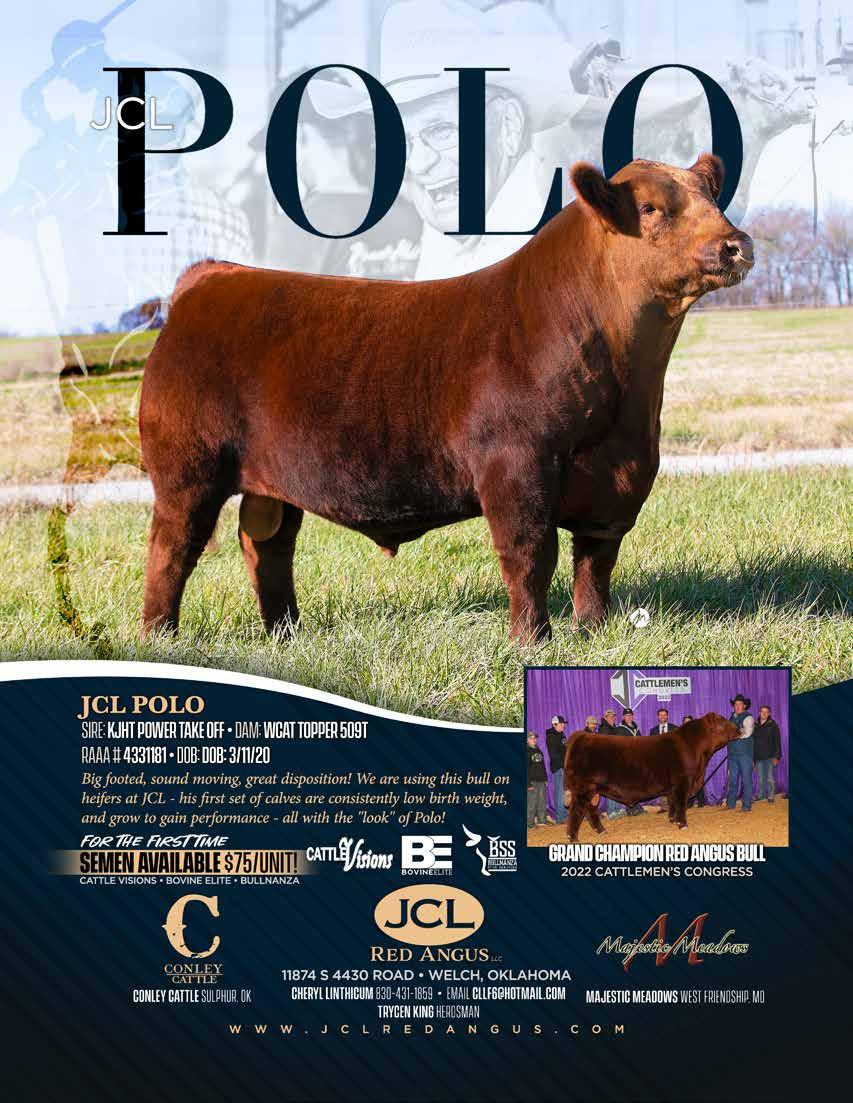


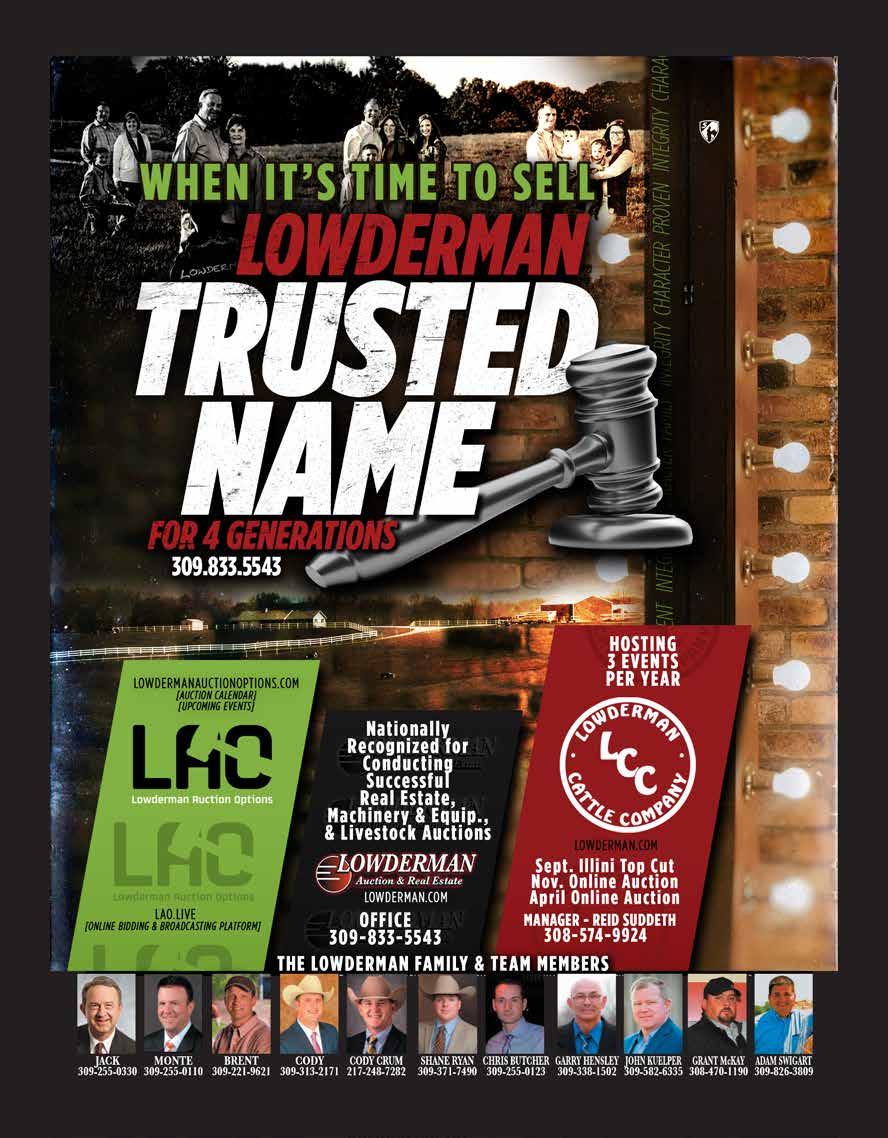

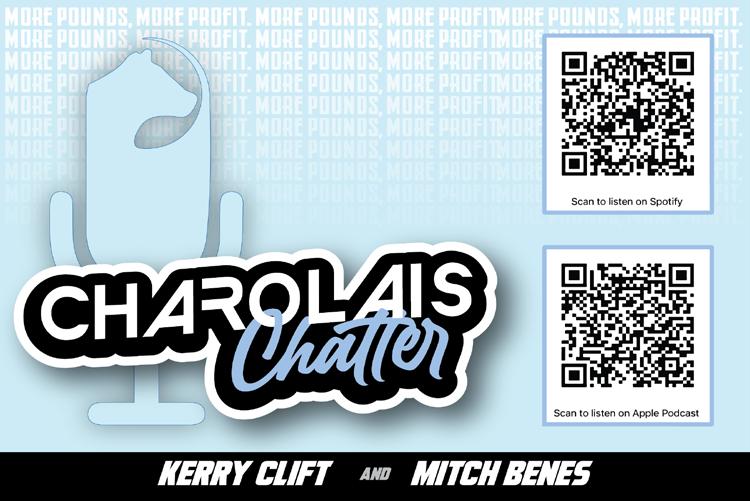
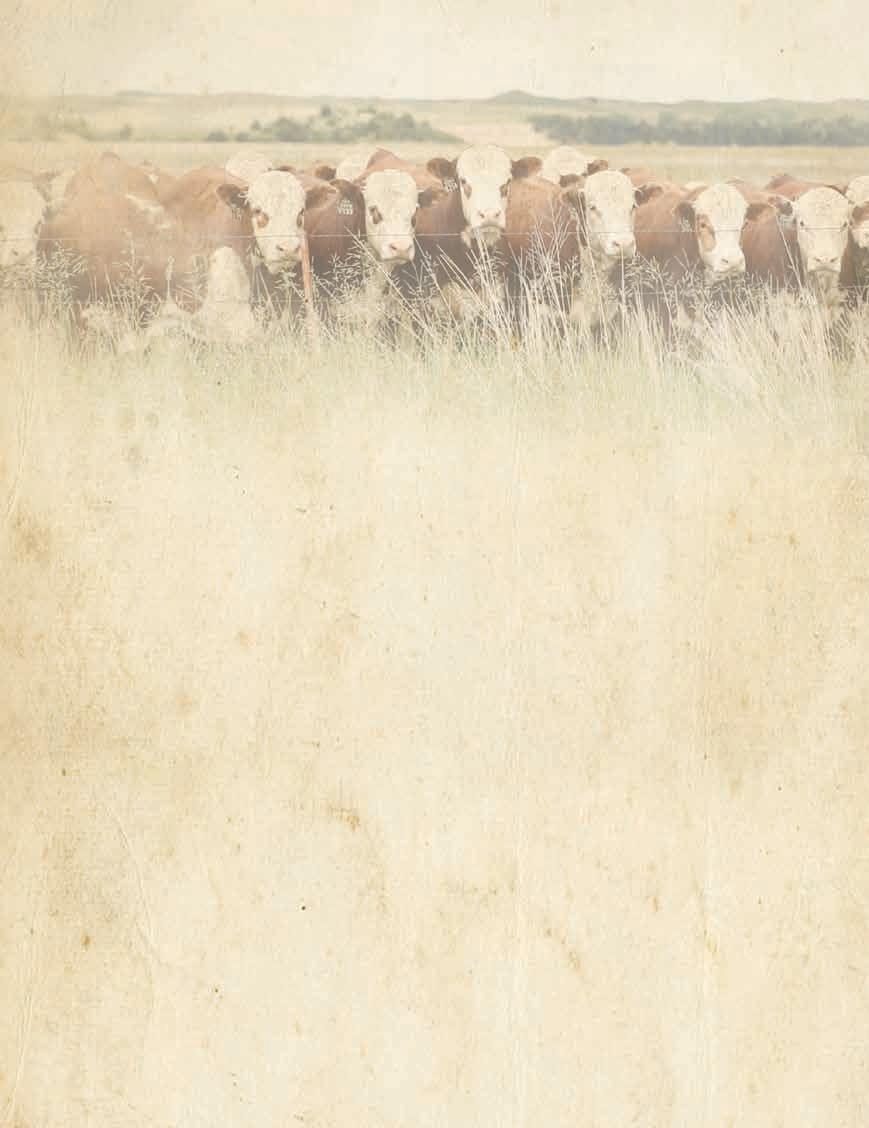

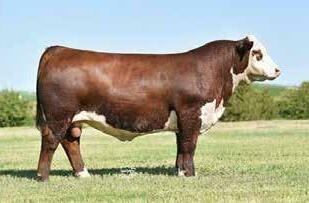
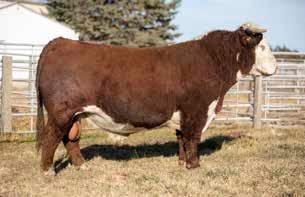
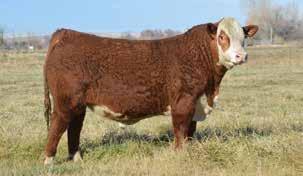
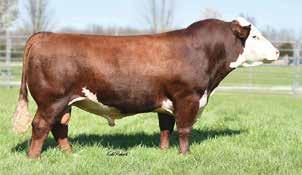

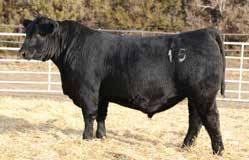

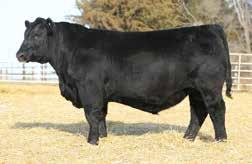

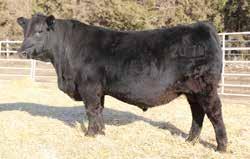
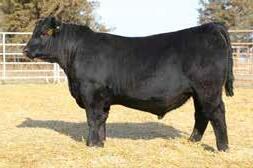



y this time of year, nearly every cattleman has rolled out a bale or opened up the silage pile. We often talk about alternative feed sources and their opportunity in rotations, but since they are considered alternatives and not mainstream, you
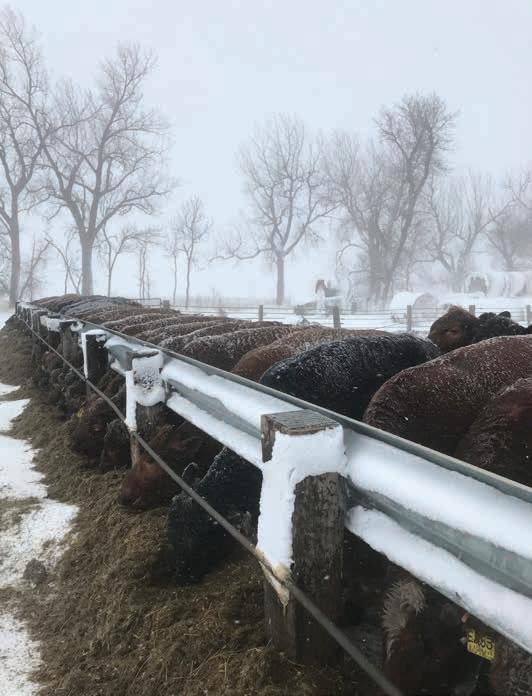
may not be familiar with the perfect harvest, storage, and feeding methods. There’s no going back on what you have put up, so let’s look at your opportunities to develop a forage feeding strategy with what you have in storage.
If you dry baled long stem grasses such as millet, sudangrass, triticale, or oats, there are some opportunities to improve this feed. These plants can be high yielding and have decent feed quality, but their heavy stalks make them coarser to feed and ultimately less palatable. So, where is the right placement for these in your rations? Generally, the larger the livestock, the better they eat coarse products. Your cow herd is best suited to eat these forages, and they conveniently fit their nutritional needs in mid to late gestation. Ideally, these roughages should still be processed through a hay grinder or bale processor to minimize waste even further. If you are adding these into a calf ration, you will need to decrease stalk and particle size for full consumption.
Your wet feed piles likely include corn or sorghum silage, earlage, oatlage or pea/oatlage, or haylage from another cereal grain. All these wet forages will increase palatability and ultimately intake of a ration.
contributed articleAlso, since they are harvested with the grain, they’ll boost energy values as they’re fed. Of course, the higher the grain content, the better the silage will work for increasing gain on your livestock. This is where a proper ration and nutrient analysis will ensure that you are feeding the correct amount for your class of livestock. Once your ration is developed, make sure you’re properly managing the forage pile to eliminate spoilage and minimize waste.
Your feed that was wrapped wet into baleage deserves the most attention for management. Many producers have found it convenient to utilize this technique for forages that won’t cure properly. Alfalfa, rye, millets, and cover crop forage blends are commonly harvested and stored this way. The
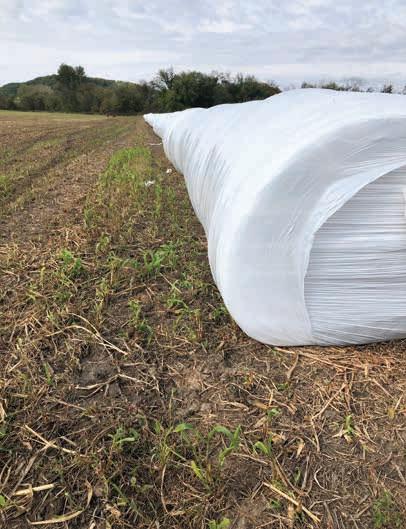

moisture content ranges from 40 to 60 percent on these bales, which can drastically change their inclusion into a ration and their management of feeding. When feeding whole baleage bales ad libitum, make sure the bales can be consumed in less than three to four days. Heating and spoilage happens faster on bales with higher moisture, larger stem sizes, and warmer temperatures. Limiting those factors and reducing time uncovered can ensure a very high-quality, palatable product.
Though the winter-feeding months can seem monotonous, it’s a great opportunity to think about how the product you are feeding was managed from the time you planted it to the time it was harvested. Feeding strategies should change with your forage inventory, and it’s important to coordinate your forage plan with the agronomic and livestock opportunities on your farm.

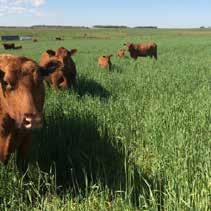 Photos courtesy Millborn Seeds learn more millbornseeds.com
Millborn Seeds, Brookings, S.D.
Photos courtesy Millborn Seeds learn more millbornseeds.com
Millborn Seeds, Brookings, S.D.
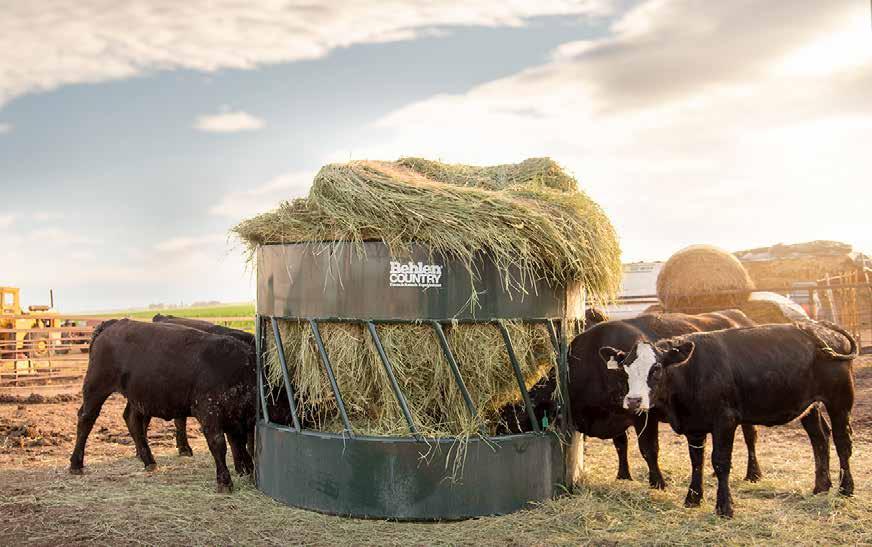

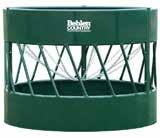
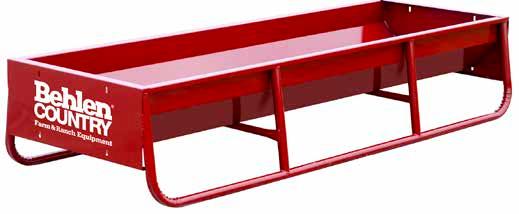









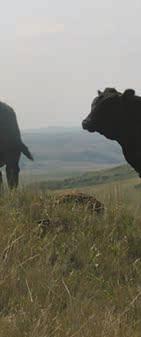








































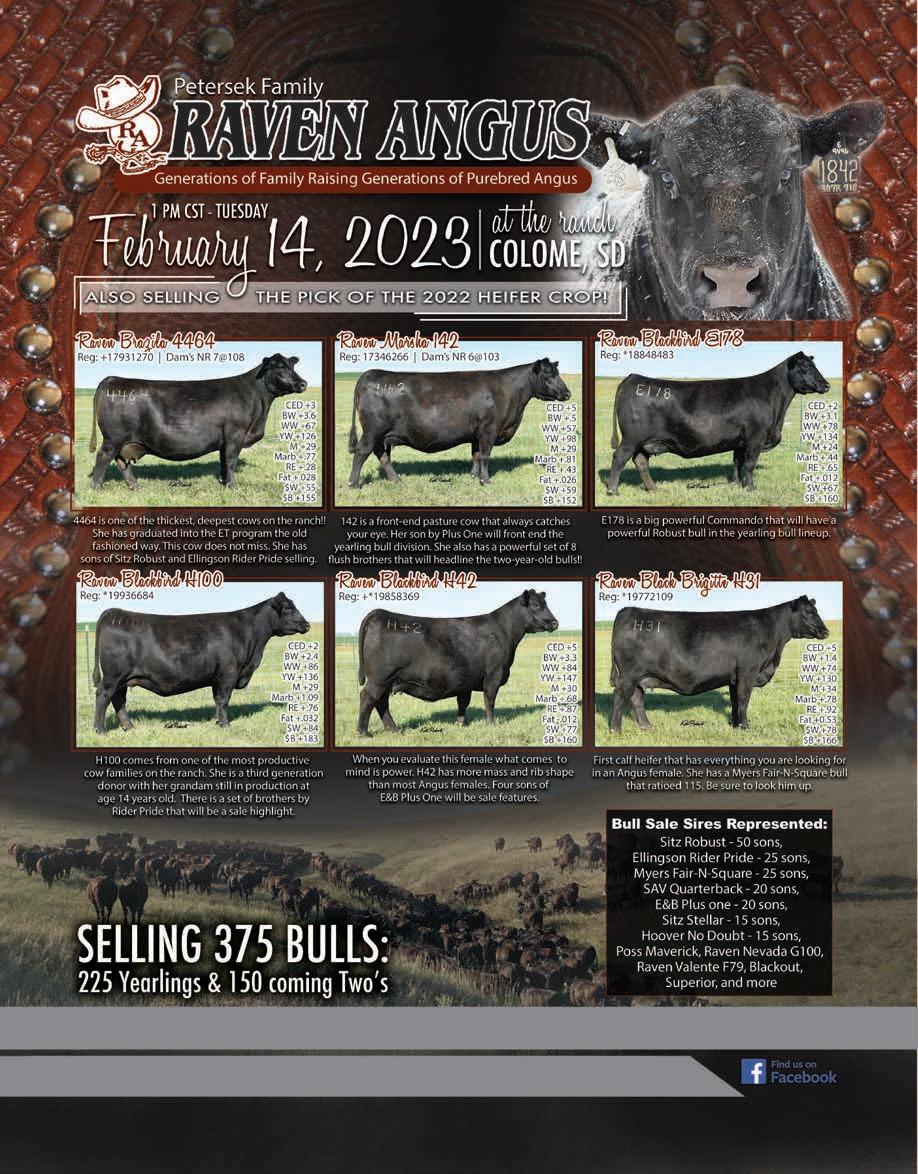
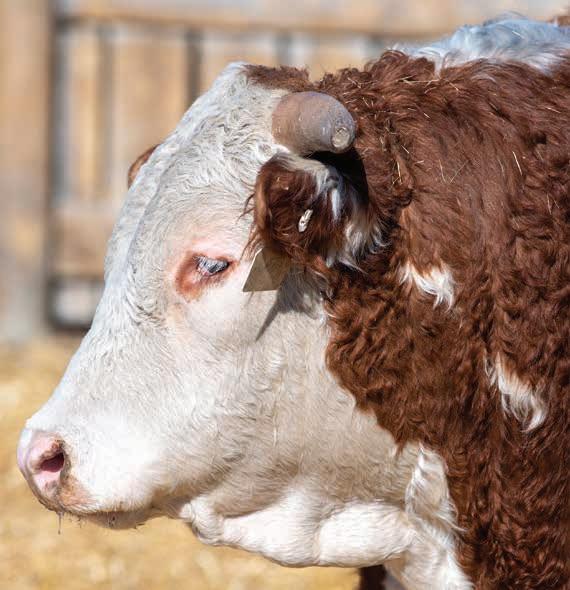
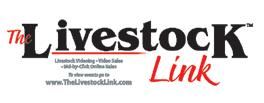



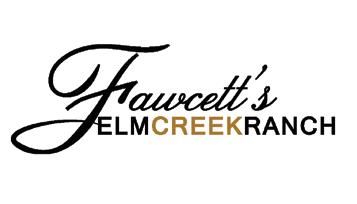
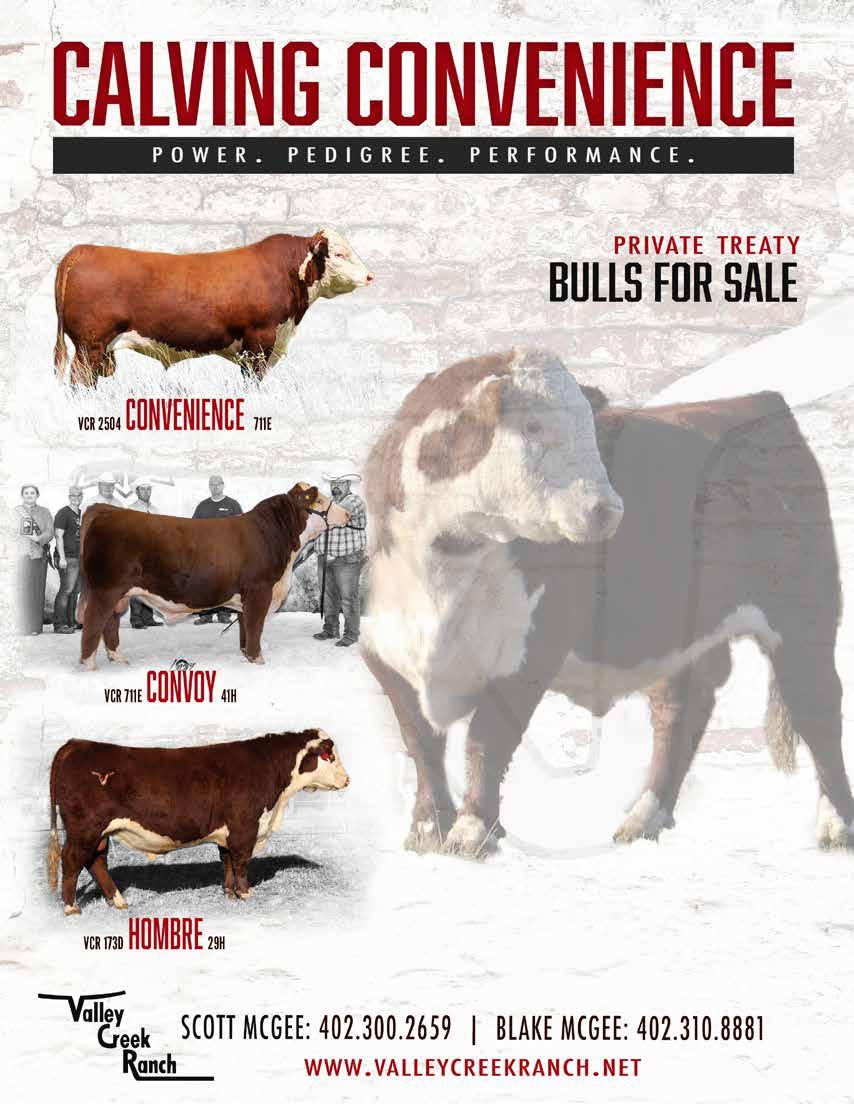

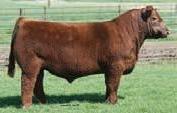
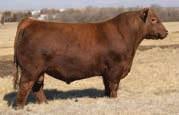
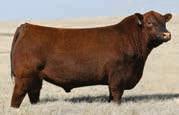
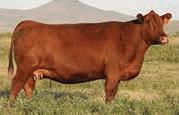
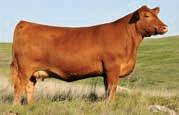
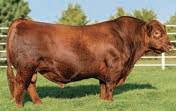


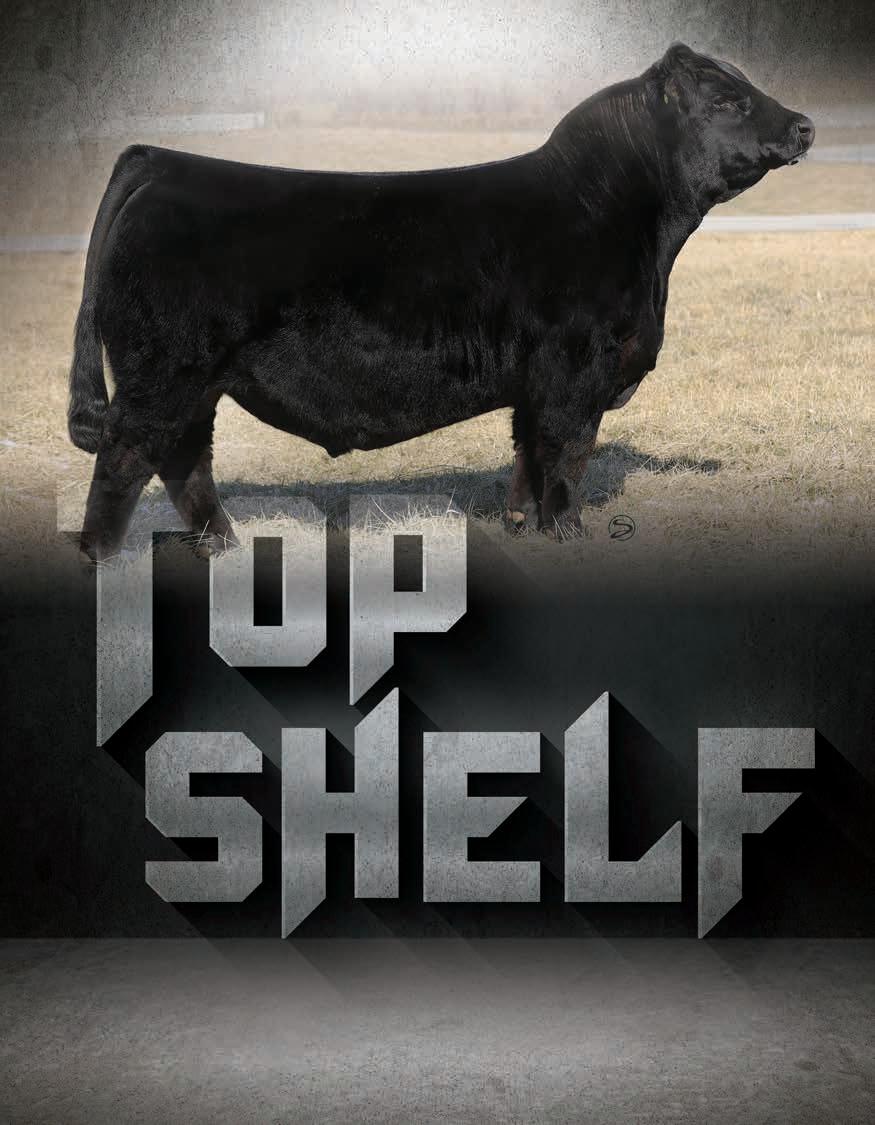


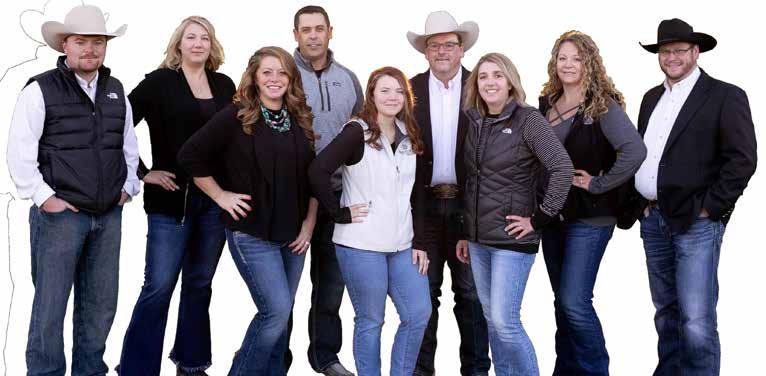
Livestock Mortality Insurance is extended to indemnify the livestock owner for loss as a result of the death of an animal from natural causes, disease, accident or humane destruction to alleviate incurable and inhumane suffering resulting from a covered peril. Short term policies available.
[ ]
[ ]
Mortality coverage plus coverage for injury causing Permanent Infertility (broken penis or stifle). Requires a current Veterinary Certification (not over 30 days old)
Mortality Coverage plus coverage for injury causing Permanent Infertility (broken penis or stifle). In addition to coverage above, this also includes Total and Permanent Infertility (fever or infection causing infertility or disease). Requires a current Breeding Soundness Evaluation (not over 30 days old)
[ ]
Covers all of the above, plus Frozen Testicles, Testicular Degeneration and infertility caused by abnormalities. Also pays 20% of insured value for temporary infertility of 21 days or more. This does not replace the Breeder’s Guarantee. Requires a current Breeding Soundness Evaluation (not over 30 days old)
H Livestock insurance endorsed by the SD Angus Association, the SD Simmental Association and the SD Hereford Association H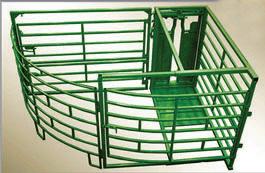

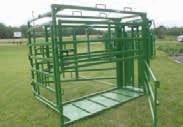


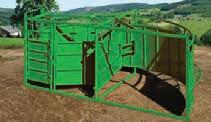



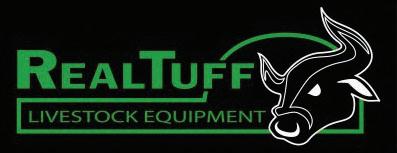


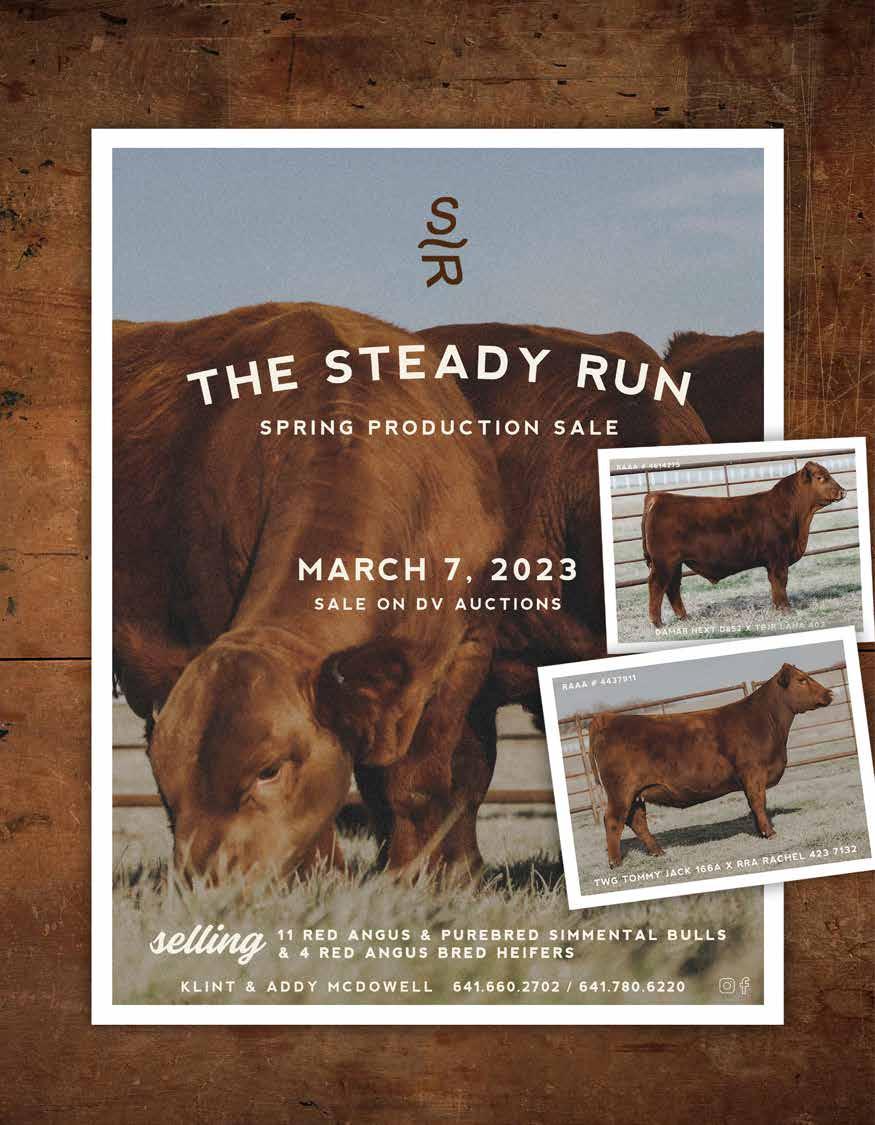


There are some people in the beef cattle business who just have it in their blood. Roman Schooley is one of those lucky few; a third-generation sale barn operator who started raising breeding stock at age 19.
Schooley’s family has owned and operated Bloomfield Livestock Market for 53 years. He watched as his father and uncles work to provide a platform for marketing producers’ cattle. “Bloomfield has always been known for quality throughout the barn,” Roman Schooley said. “Our prices are higher than our competitors, and we’ve really taken the approach of trying to be progressive and educating producers on how to feed and present their cattle on sale day. It’s our job as an auction market to lead our customers to a successful sale day. We couldn’t do what we love without them.”
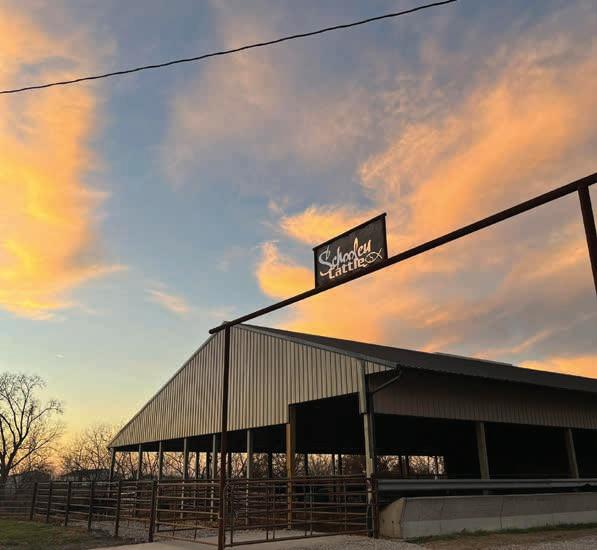 By Sarah Hill
photos courtesy Schooley Cattle Co.
Schooley Cattle Company develops bulls for strong herds.
By Sarah Hill
photos courtesy Schooley Cattle Co.
Schooley Cattle Company develops bulls for strong herds.
After earning a degree in general studies agriculture from Southern Illinois University, Schooley returned home in 2003. “I decided I wanted to start breeding Angus/ Simmental cross cattle, since there was a need in our area for a young cattle breeder,” Roman shared.
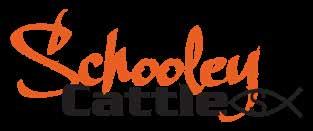
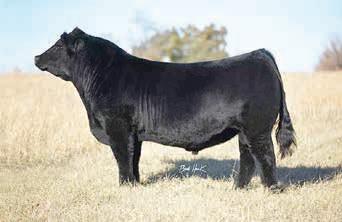
Many cattle breeders start from modest beginnings, and Schooley is no exception. He bought 12 Angus bred heifers to start his herd. “Angus momma cows were practical, easier doing cattle, but we needed to inject heterosis,” Roman explained. “I wanted to increase their frame, make them longer, and give them a little more substance and width.”
Simmental was the perfect mating choice for Schooley, who wanted his cattle to keep a more Angus “look” about their head. “We wanted the resulting calves to be more stretchy and leaner in muscle type, so they will easily feed and be managed for those trying to feed them out,” Roman stated. “Straight Angus calves can tend to be a little harder to manage because they show extra flesh too early.”
Adding Simmental into the genetic mix was a tremendous choice for Schooley, and the operation took off after he bought LLSF Pays to Believe from Lee Simmentals in Columbia, Mo. “I was trying to buy the best Simmental bull I could for the money, but had no idea what he would grow into,” Schooley recalled. “We ended up taking him to the Denver Stock Show through Lee’s pen of three, and he was one of the main attractions.”
Over the years, Schooley has had many opportunities to sell Pays to Believe, but he’s held onto the sire. “I did everything you weren’t supposed to be able to do with a herd bull,” Schooley said. “We ran Pays to Believe behind our cows, took him to the bull stud at Nichols Farms, then we took him straight from the stud to Louisville as a 2-year-old and won grand champion Simmental bull.”
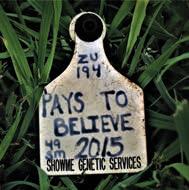
Winning the champion banner at Louisville only made Pays to Believe increase in popularity, and Schooley took the bull’s sons back to Denver to compete in the pen show, launching Schooley Cattle Company into orbit. The operation held their first bull sale in 2017.
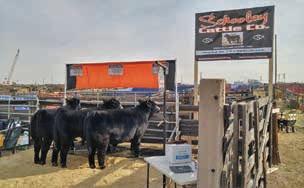
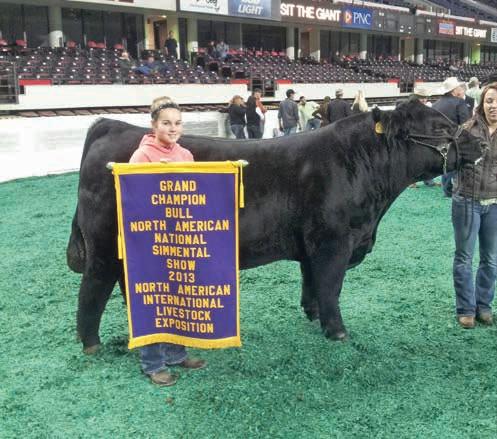 below LLSF Pays to Believe won Grand Champion Simmental Bull as a 2-year-old at the North American International Livestock Exposition in Louisville.
below LLSF Pays to Believe won Grand Champion Simmental Bull as a 2-year-old at the North American International Livestock Exposition in Louisville.
“We sell our very best bulls,” Roman stated. “We’re not keeping anything back. Our goal is to promote and offer the top tier of bull calves we raise.” Pays to Believe gave Schooley the confidence to land a semen contract with Cattle Visions, and today, Schooley Cattle Company offers semen from 10 different bulls. “Bulls are our niche,” he added.
Another bull that

has helped Schooley Cattle Company’s rise to prominence is OMF Epic E27, which Schooley bought in 2018 at the Denver stockyards. Leased to ST Genetics, Epic is slated to be in the top two Simmental bulls for semen sales in 2022. “Epic



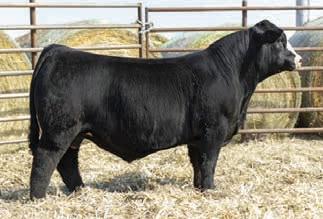
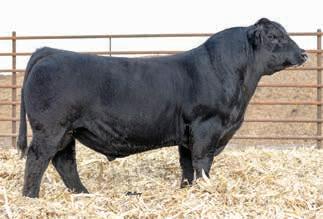
is a heifer bull, but he’s also good at making bulls,” Schooley explained.
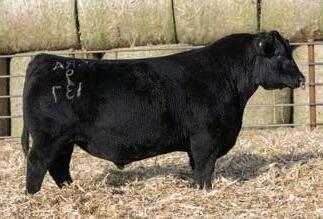
“We like to find sires that can make both. Cattle have to be structurally correct.”
Transitioning into producing cattle with better EPD numbers
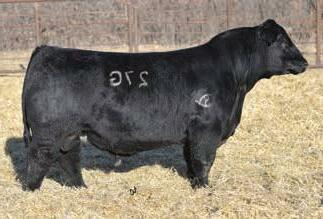
is Schooley’s current strategy. While pretty cows always catch the eye, he says that building a cow herd that implements numbers with phenotype while maintaining structural integrity is his goal. “Early on, I didn’t think you could have good structure, phenotype and a great set of EPDs,” Schooley shared. “Boy, was I wrong! We made it our goal to find and select the best of the best in terms of structural integrity while maintaining and moving forward with the numbers. With very stringent selection, it can be possible, and we’re really close to surprising some folks.”
Since 2018, Schooley has invested in other bulls, including LCDR
above The Schooley Family (l-r): Josias Mongollon, Haven, Roman, Elizabeth, Houstin, Douglas Rojas, and Hannah. Josias and Douglas stay with The Schooleys when they’re not playing college baseball. OMF Epic E27 Schooley Standout 27GFavor 149F and Crawford Guarantee 9137, a purebred Angus bull that’s leased out to Select Sires. “We also raised Schooley Standout 27G, the number two semen seller for Simmental bulls for Select Sires this year,” he said. “Schooley Judgment was the highest selling bull last year, and we also raised Schooley Haggard.”
Schooley runs 375 cows and manages 2,500 acres of pastures, hay ground, and crop ground. He has been flushing cows for 15 years, implanting 150 to 190 embryos each spring. “Because we own all those really good bulls, we put those guys to work,” Schooley said.
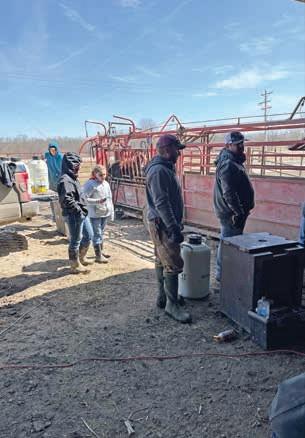
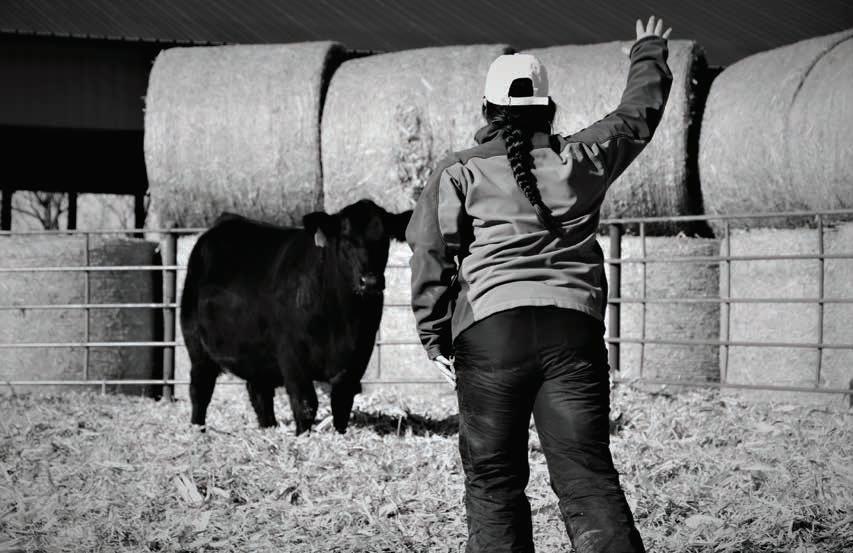
First-calf heifers get artificially inseminated, while mature females have embryos implanted. Whatev-
er females don’t take, either with an embryo or AI, the bulls clean up. Artificial insemination is done in May, and the first of three sets of cows for implantation is done at that time as well.
“We want the first group of heifers to calve out on February 15th,” Schooley stated. “The ET babies arrive February 4th through the first week of March. Sale heifers are implanted or bred around May 10th to 20th, so their due date is February.”
When sorting cattle, Schooley says they do not use any sorting sticks, whips, or paddles. “We just go nice and slow with the cattle.” Schooley runs his herd similarly to a commercial herd, turning the females out in May and weaning the second or third week of August. Calves are sorted into the bull barn or heifer lot, and that’s where development begins.
“We chop corn silage and put out lots of rye, chopping the rye or harvesting it in wet form and putting it in baleage,” Schooley added. “We do a lot of grass hay, too.” Schooley Cattle Company bulls are fed an amino gain developer bull pellet through ADM, which Schooley says he’s been very happy with. “It’s a high protein balancer pellet, and we feel like it helps with scrotal area development,” he said. “We also feed modified distillers grains.”
Bull calves are targeted to gain 3.5 pounds per day, and no more. Schooley says this by design, as he’s looking to develop athletes for his customers. “We feel like that weight gain per day helps with longevity, and we’re very critical on foot and hoof shape,” Schooley explained. “A hot ration can hurt the bulls’ feet and legs.”
Operating both the sale barn and breeding operation is a family affair. Roman’s brother, Tyler, assists with the daily chores on the ranch and at the sale barn and building relationships with sale barn customers. Tyler’s wife, Kallie, helps at the sale barn and manages the meal at the Schooley Cattle Company production sale. The couple has three children, Anderson, 10; Tytan, 7; and Quinlee, 5.
Roman’s wife, Liz, helps with bookkeeping, and they also have three children, Hannah, 20; Haven, 17; and Houstin, 15. “The kids help a lot during calving season, picturing the cattle, and recording video,” Schooley said.

Herdsman Gary Gabel provides Schooley the freedom to travel the country looking at and evaluating progeny from different sire groups. “Gary takes ownership in our program, and we are very fortunate to have him,” Schooley noted.
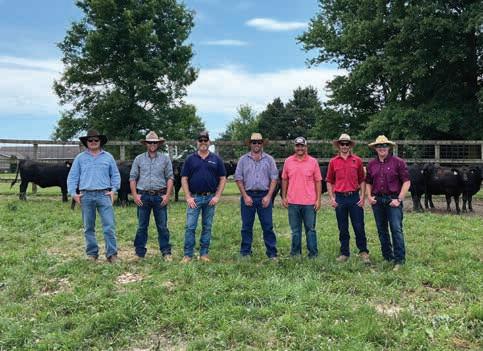
At the February 2023 production sale, the operation will be selling 85 bulls and 50 bred females. The bulls sold at their production sale become herd sires of 95 percent of the feeder calves that are eventually sold at Bloomfield Livestock Market. A majority of their cattle are sold solely in Iowa, but Schooley Cattle Company has begun branching out more to Iowa, Illinois, Missouri, South Dakota, and even Texas.
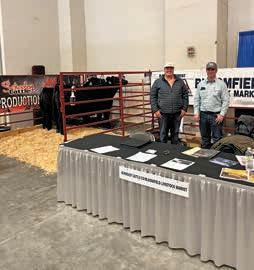
“Helping our commercial customers with forward-minded genetics to help produce the optimal bovine for the times is what excites
me the most about the beef cattle industry,” Schooley said. “We want genetic progress while maintaining structural integrity.”
Raising high-quality stud bulls has allowed Schooley to build relationships with breeders from across the country, including many ranches out West that are looking for high-performing, sound bulls. Schooley notes that the most important lesson he’s learned in the business is to always treat people fairly and consistently and be responsive, as those are the two keys to building strong customer relationships.
below Tyler’s family (l-r): Kallie, Quinlee, Tytan, Tyler, and Anderson Schooley.“I learned from my dad, Rom, who was my role modeling growing up. He really enjoyed looking at cattle, and then would wait for the opportunity when the producer asks, ‘What could we do better?’” Schooley said. “My dad would reply that they were doing a good job, but if they worked on a couple of things, it would set them apart on sale day. Not even the quality or type of cattle, but about how to present those cattle in front of buyers.”
Schooley leans hard on his dad’s example of the importance of building honorable relationships with customers. “The way my
dad interacted with producers and was always honest and had their best interest in mind helped me learn to build relationships to turn producers into loyal, lifetime customers,” Schooley shared. learn more schooleycattle.com
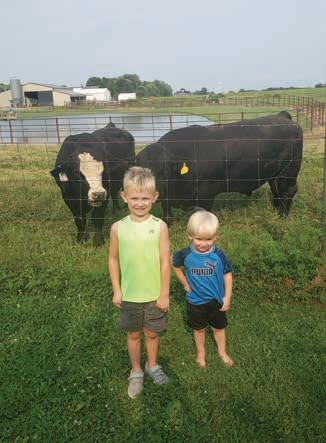
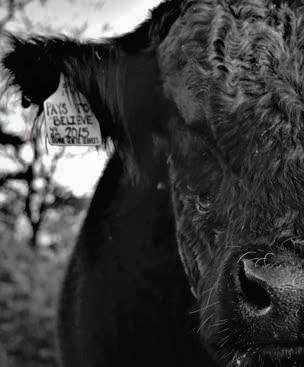
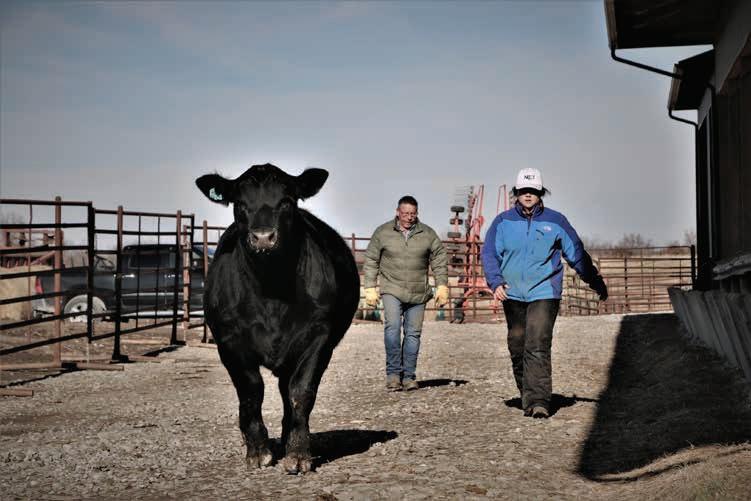 above The future of Schooley Cattle Co.
above The future of Schooley Cattle Co.
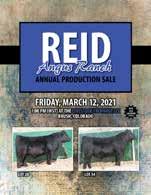
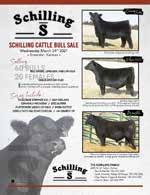
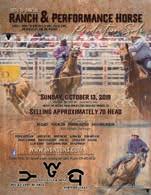

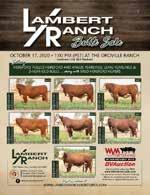
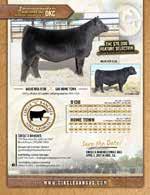
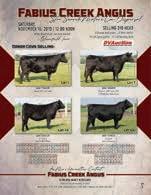
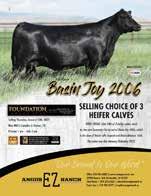


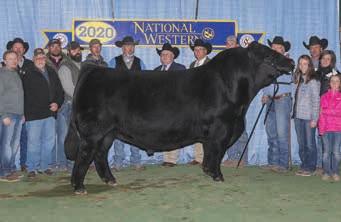
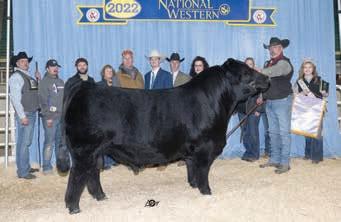
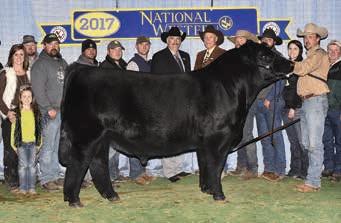

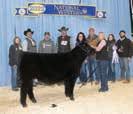

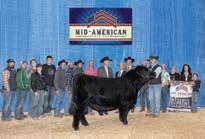




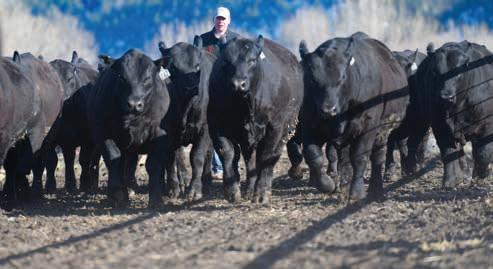
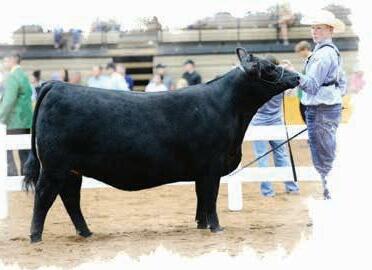

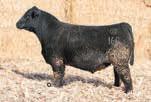
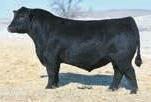

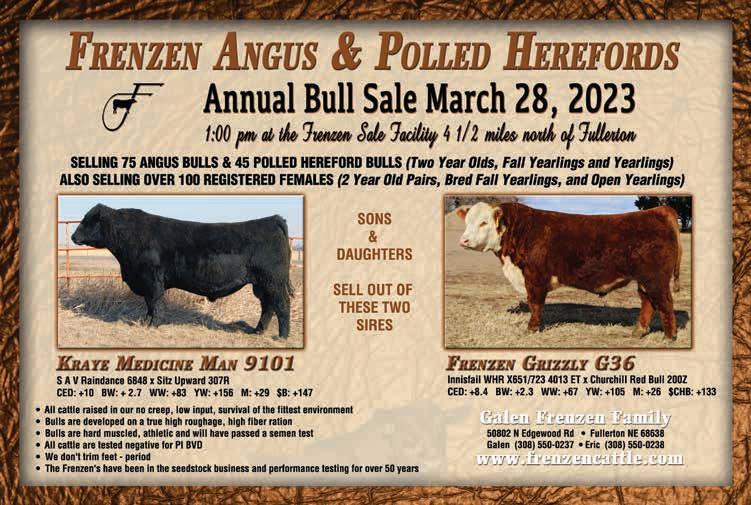
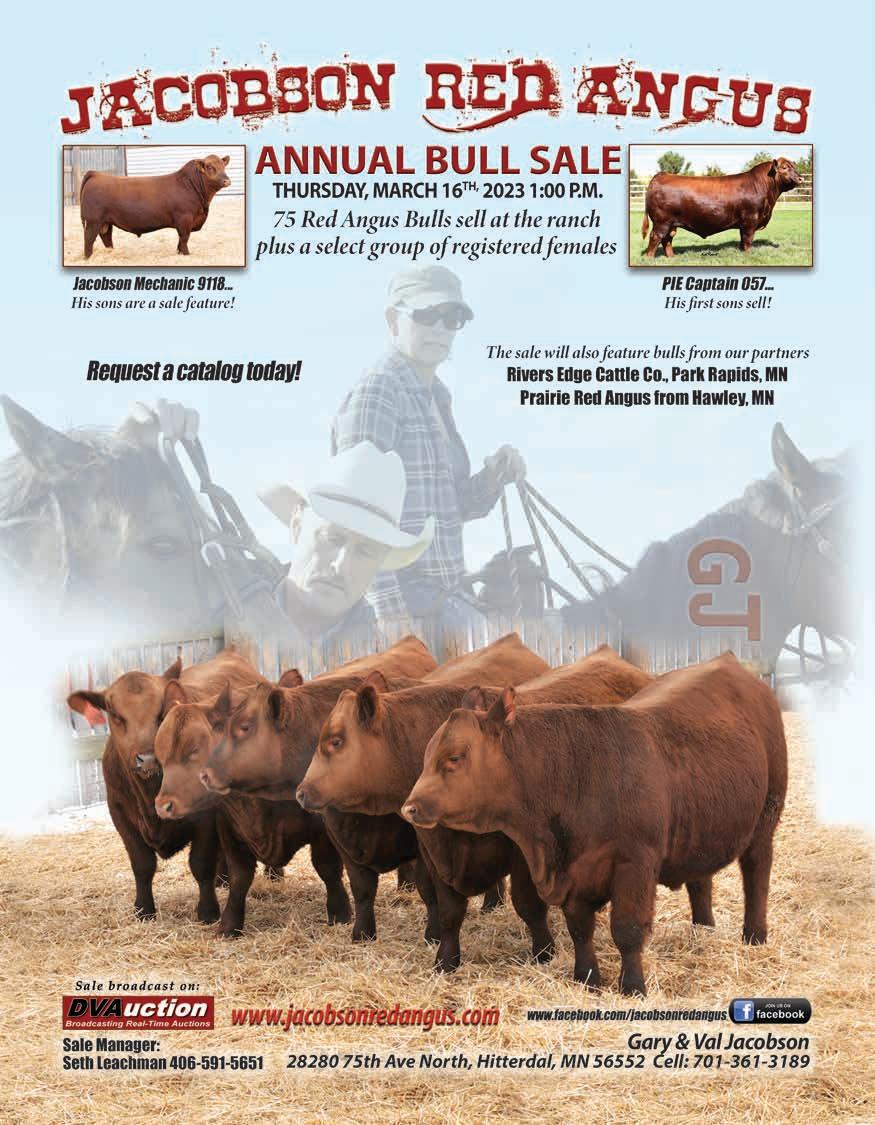
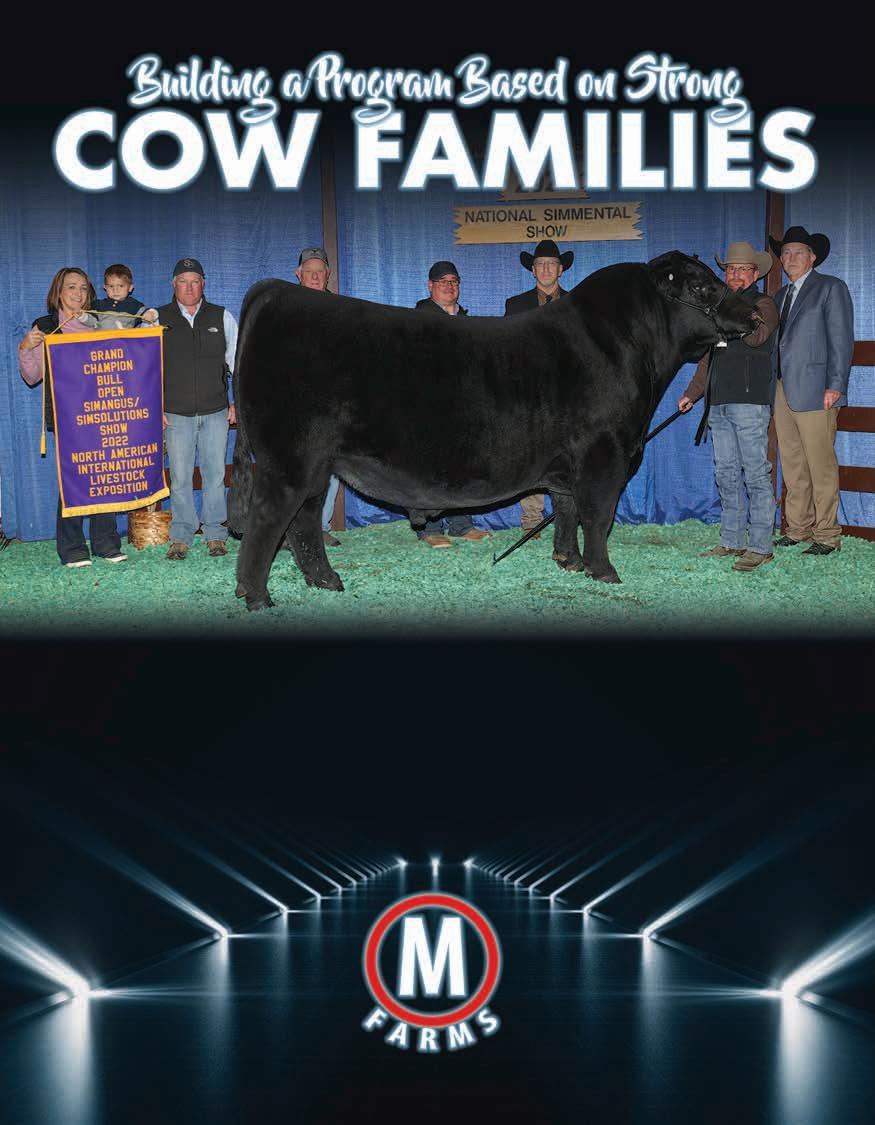
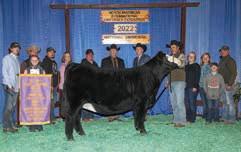
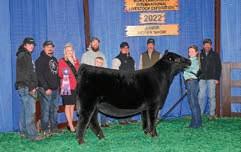
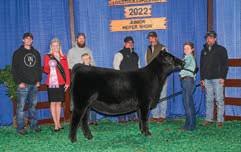
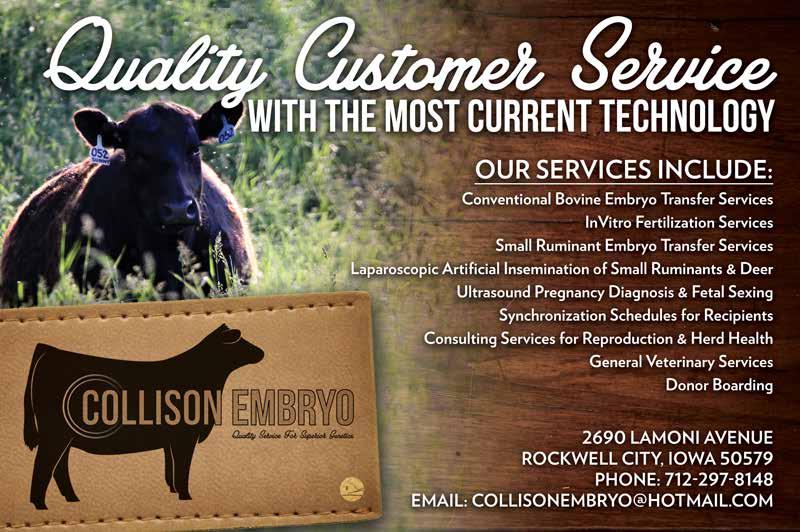

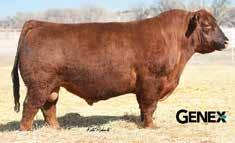
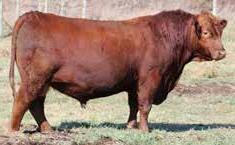
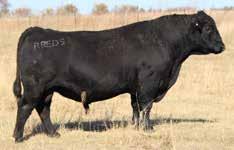
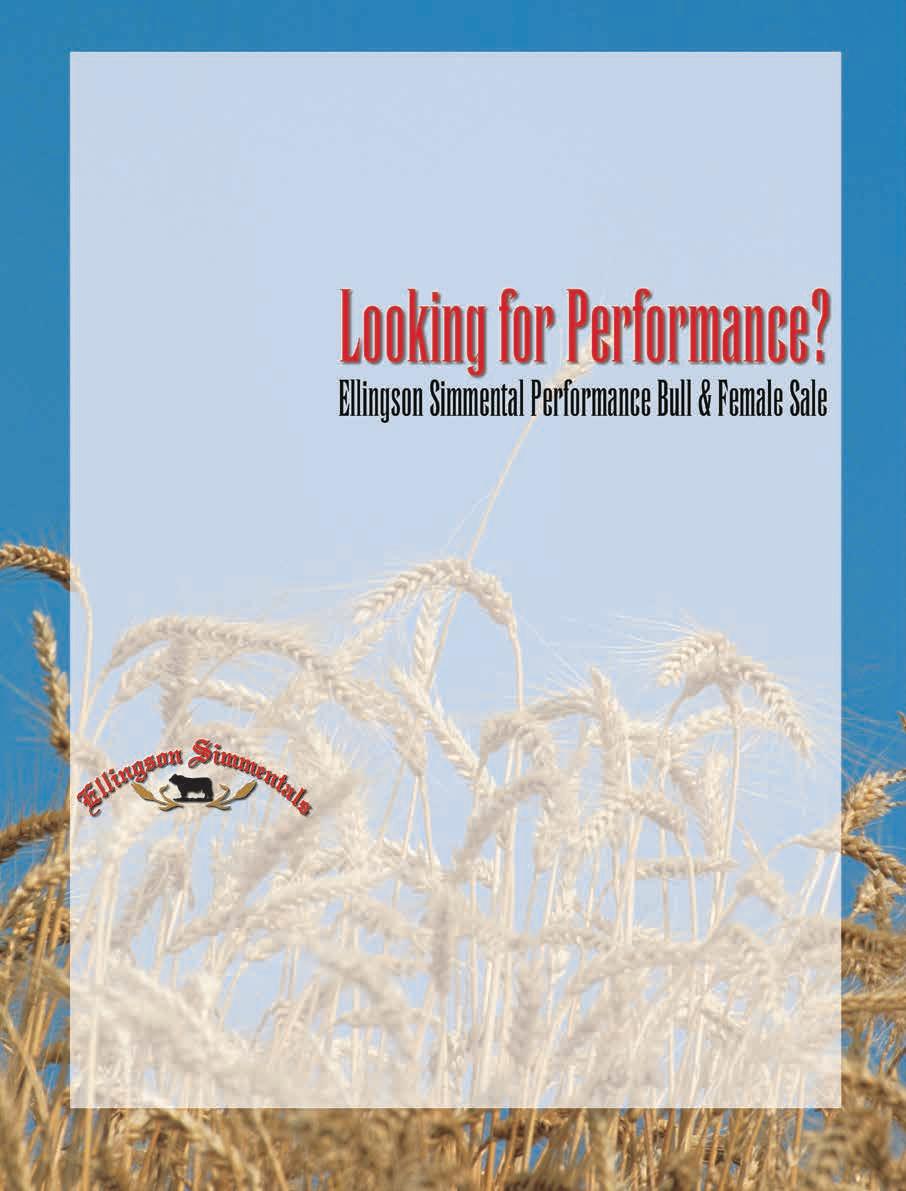



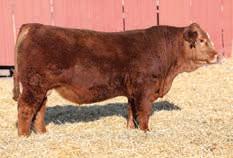



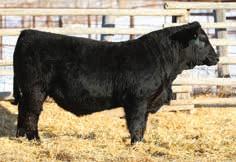

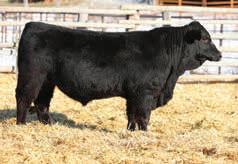
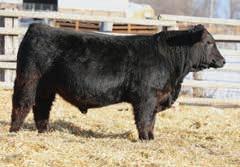

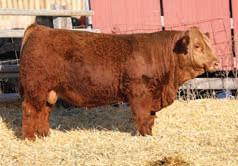
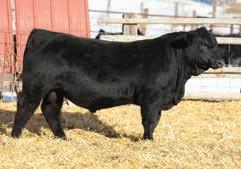
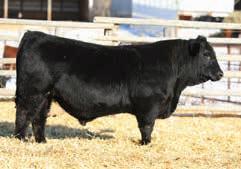

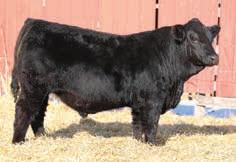


Haemophilus somnus (H. somnus) is one of the key pathogens found in the Bovine Respiratory Disease (BRD) today. I recently saw an article showing pathogen incidence rates in submissions to the ISU Veterinary Diagnostic Lab (1) and it showed H. somnus as the pathogen with the highest incidence rate. I have included this chart from the article. Our work in the field examining BRD cases has shown similar results to what was presented in this article.

H. somnus presents in other forms but has evolved into one of the major components of the BRD complex. Typically, on a postmortem we will see consolidation of the lower lung lobes without pleuritis. Currently, this is the presentation we see most commonly on examination of BRD cases. If we do see pleuritis it is usually milder with H. somnus than what we would see with M. hemolytica. In many
cases, with H. somnus there is usually other pathogens present. Three of the most common pathogens seen in conjunction are Pasteurella multocida, Mycoplasma bovis, and Bovine Respiratory Coronavirus. One of the other viral pathogens we see with H. somnus is Bovine Respiratory Syncytial Virus (BRSV). While we typically have seen H. somnus in combination with these other pathogens, it can be the sole pathogen in BRD as well.
Listed are the various forms of disease associated with H. somnus:
1. BRD COMPLEX. This is by far the most common form we will see in the field at this time. As previously described it is also commonly associated with other pathogens. We will see this in all ages of cattle from young 1 to 3-month-old calves with BRD to older weaned calves that are just getting started on feed. It also will be in the more acute cases you see in the first 7 to 14 days in the feed yard, as well as cases seen later at 28 days on feed.
Health & Reproduction questions answered and explained.The cases seen later at 28 days will often have Mycoplasma seen in conjunction with H. somnus.
2. OTITIS EXTERNA. This is an external ear infection commonly seen with drainage and a down ear. Other causes can be Mycoplasma and M. hemolytica, but H. somnus is always high on our list of causes.
GOENCEPHALITIS (TME) or (brainer disease). This is caused when H. somnus causes vasculitis in the brain resulting in thrombosis in the brain. Symptoms are usually fever associated with neurological symptoms. Often these calves will stand with their head and neck stretched out in front of them from the pain associated with the brain thrombosis. Usually, these types of calves have a more guarded prognosis due to the brain damage. The other similar disease we see presented as brainers is polio.
4. ARTHRITIS. H. somnus can get into the joints and will often be seen in feed yards that have been battling BRD complex. As BRD lingers on, H. somnus will also be systemic and will end up infecting joints in the legs. Mycoplasma will do this as well.
5. MYOCARDITIS (infection of the heart muscle). This is commonly seen when there is a high morbidity rate associated with H. somnus. It will cause a higher death rate and some sudden death. We have seen severe cases of this when calves are not vaccinated for H. somnus and the disease spreads more easily.
H. somnus can be a cause for abortion in cows. We will vaccinate some cow herds annually for this to help with prevention.
Vaccination is the primary means of prevention for H. somnus. It is a required component of the Iowa Green Tag program and the Gold Tag as well. The Gold Tag requires two vaccinations a minimum of 14 days apart. While vaccination is helpful, we can still see H. somnus in vaccinated calves, but probably at a lower incidence rate. Calves that are vaccinated will usually respond better to treatment than non-vaccinated calves provided they are caught early enough. In high-risk calves, metaphylactic treatment can also be an important method for control of H. somnus and BRD. Other factors related to proper nutrition and calf comfort contribute to reducing stress and spread of BRD. Calves that are acidotic will be more prone to BRD. Be careful to work rations up appropriately and watch bunk management. Control of coccidia as calves are started is also important in controlling BRD.
There are many antibiotics available today that are very effective for the treatment of BRD complex. These also are effective for H. somnus as well as the other bacterial components of BRD. The key to treatment with H. somnus is early treatment. H. somnus causes vasculitis (inflammation of the blood vessels) and is part of the reason it presents in so many forms of disease. The longer the calf goes without treatment, the more damage that is being done to the various systems resulting in more difficult recovery. If a calf looks off, do not be afraid to go ahead and pull it for treatment. Treatments will be much more rewarding the earlier you intervene. If in doubt, check the calf’s temperature. H. somnus will cause fevers like other pathogens in the BRD complex.
As always, getting your herd veterinarian involved with an effective prevention and treatment plan for your situation is important due to the complexity of H. somus.
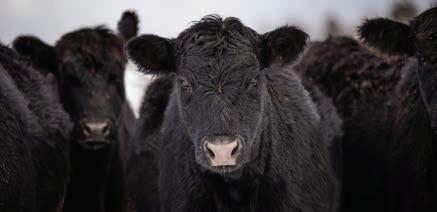 learn more collisonembryoservices.com
Dr. Vince Collison is co-owner of Collison Embryo and Veterinary Services PAC in Rockwell City, Iowa.
learn more collisonembryoservices.com
Dr. Vince Collison is co-owner of Collison Embryo and Veterinary Services PAC in Rockwell City, Iowa.
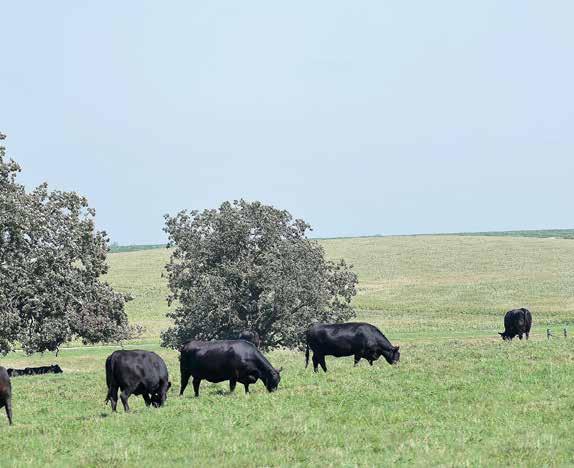
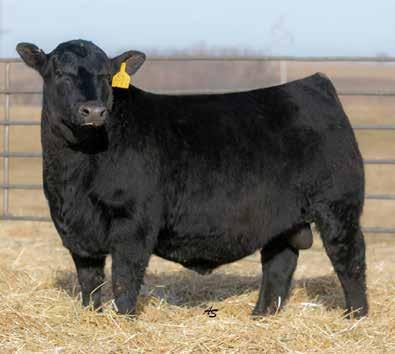





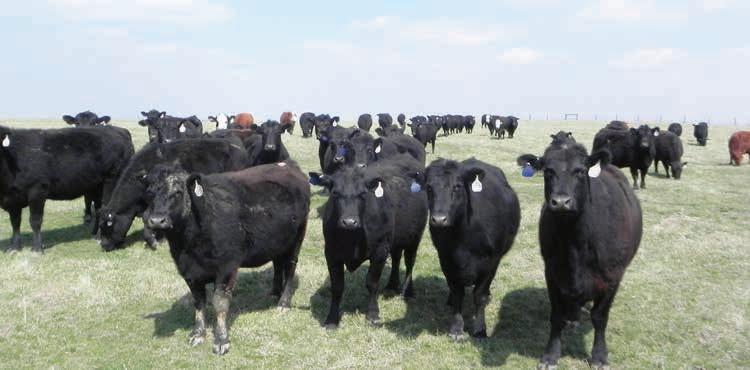


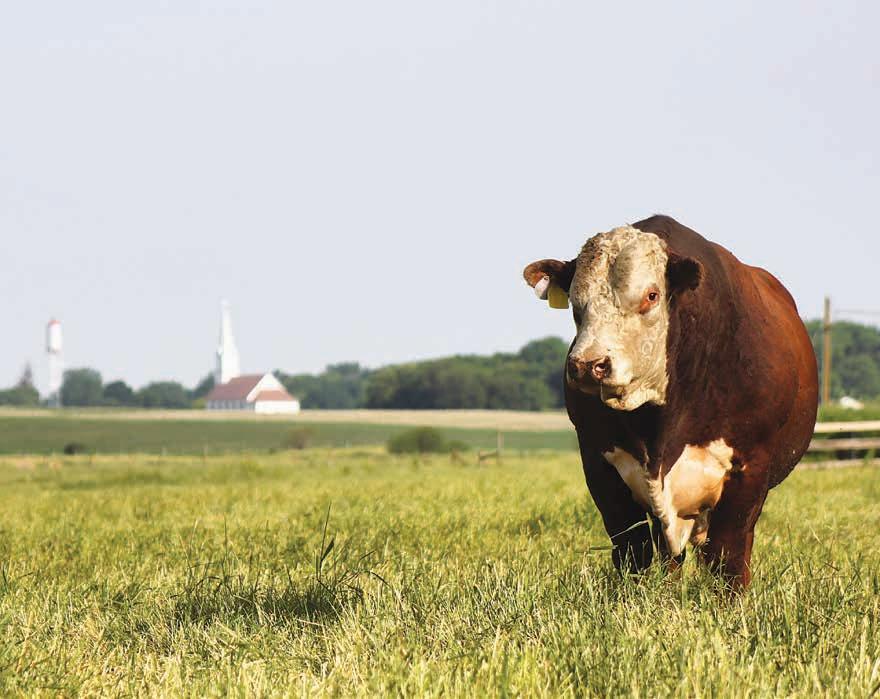
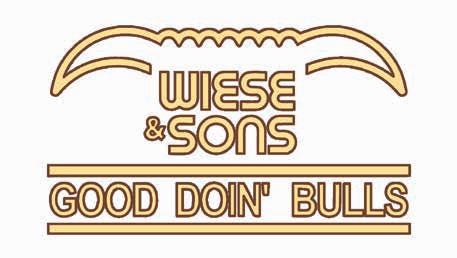
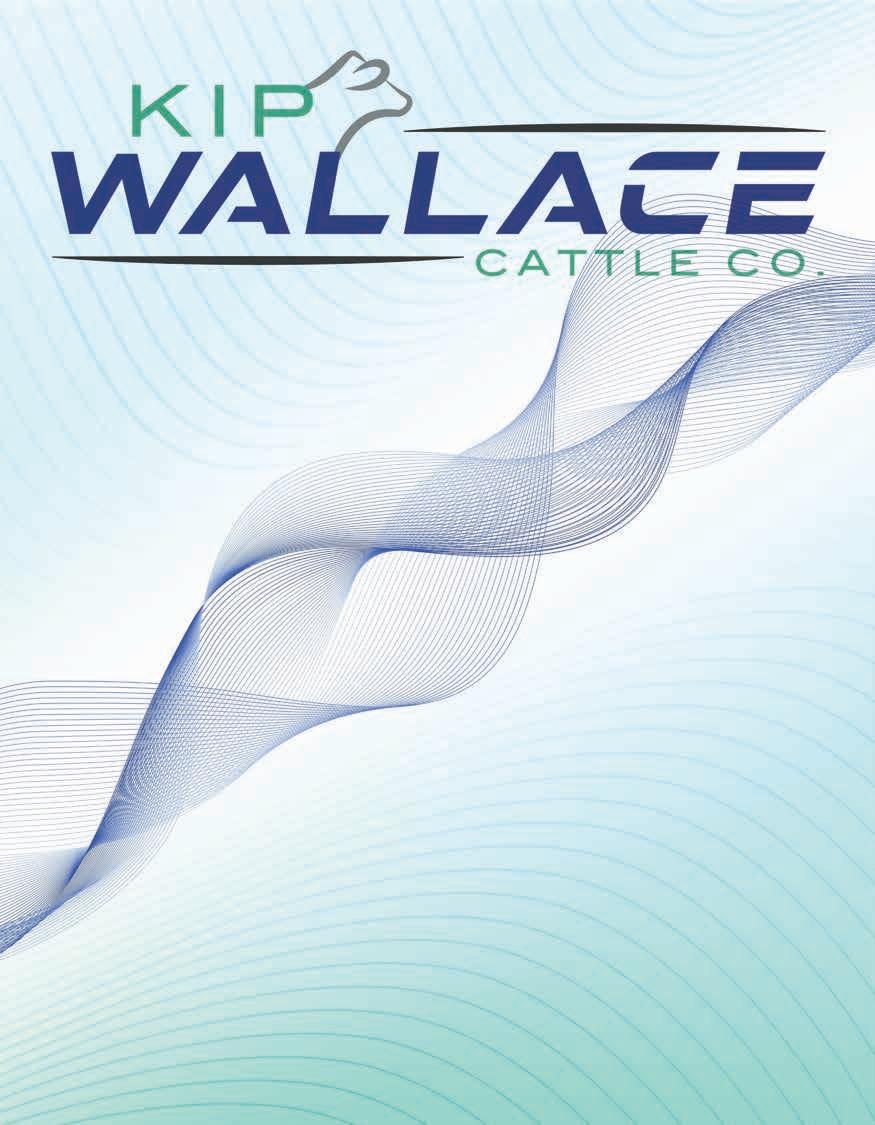

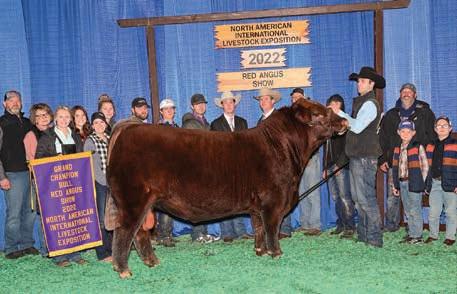

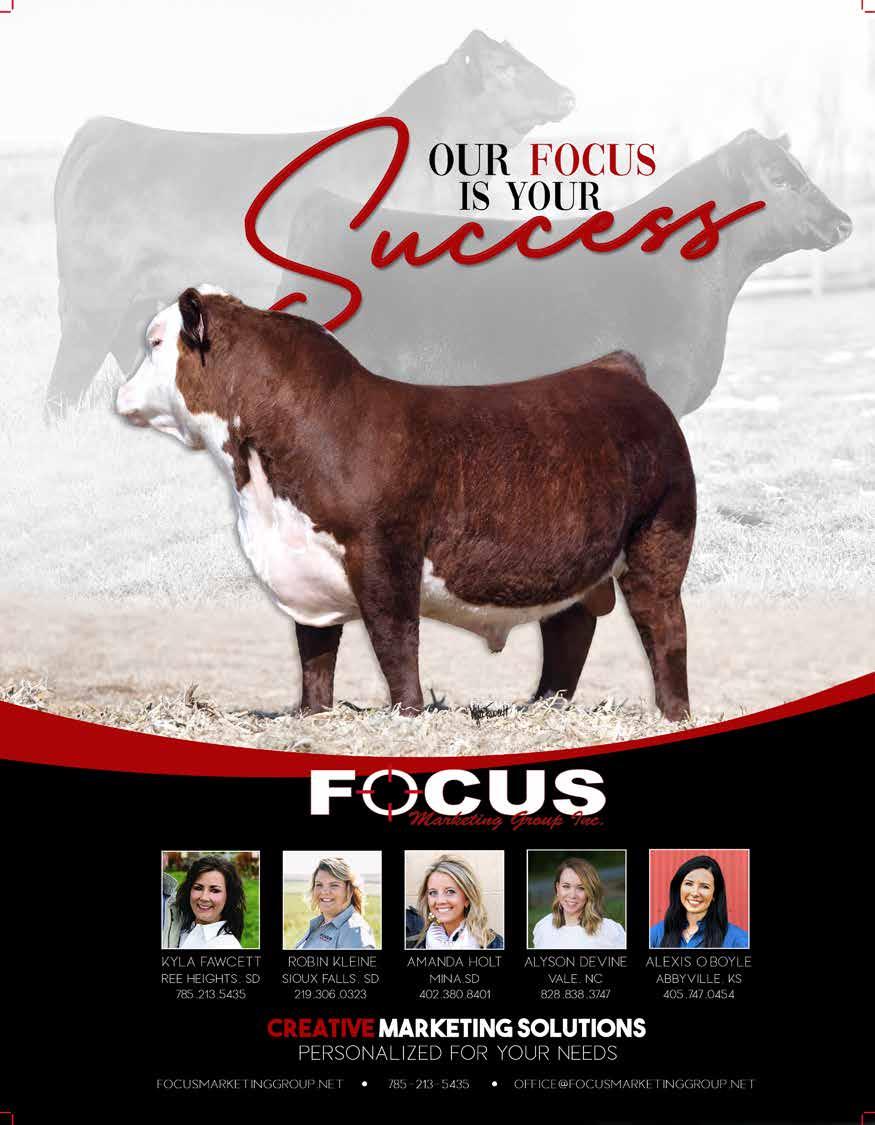
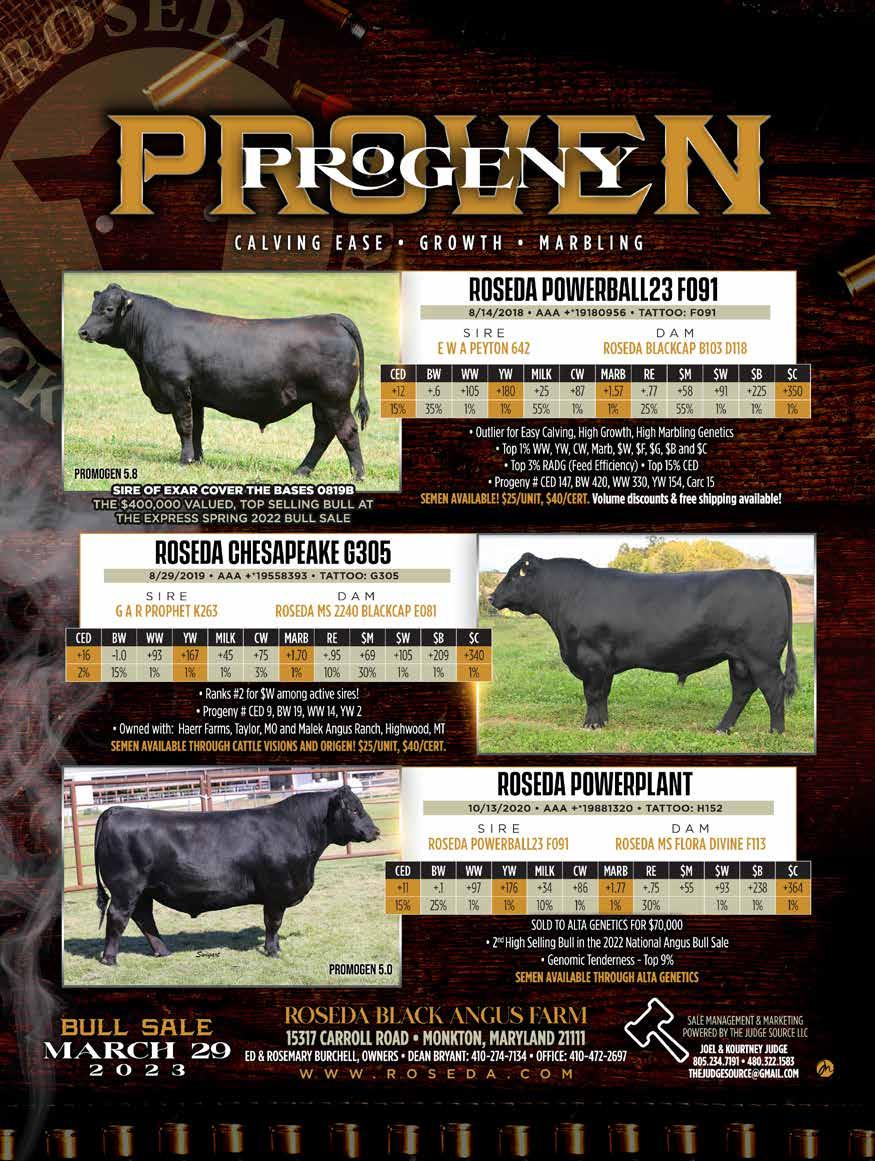
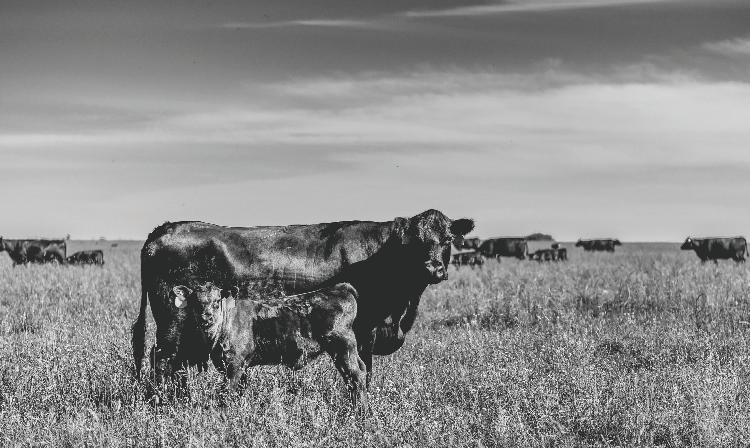
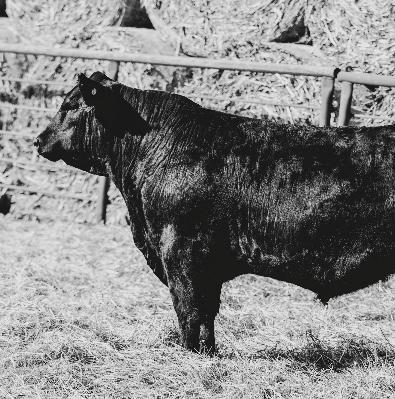



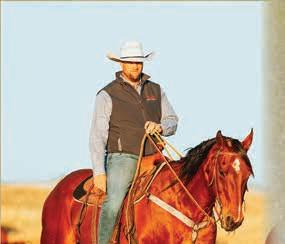
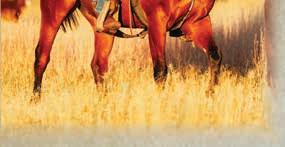


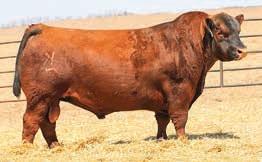


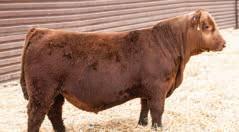







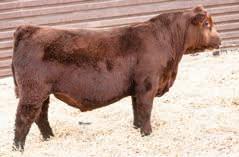





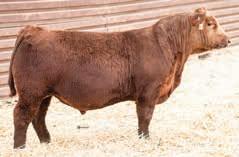


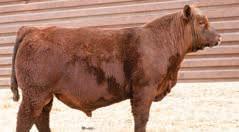


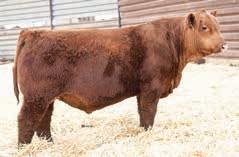

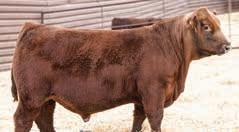



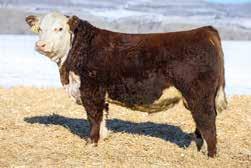

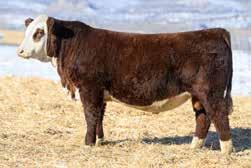

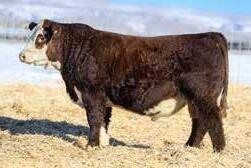
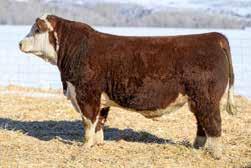

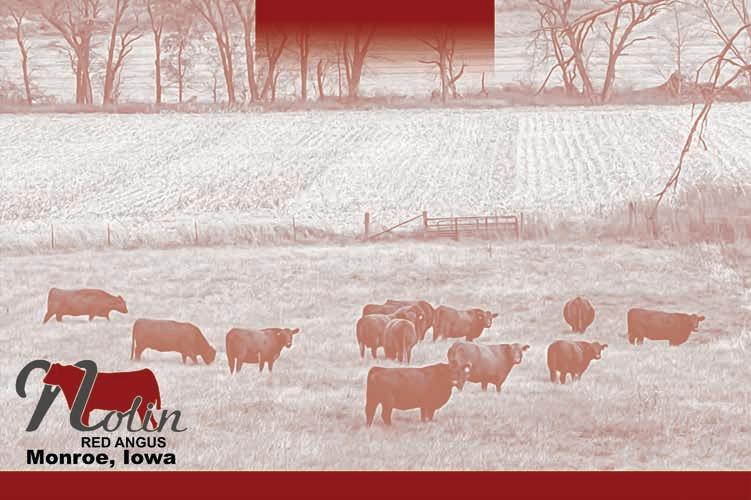

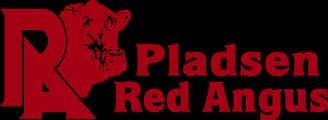


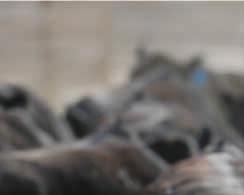
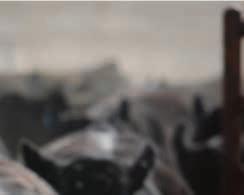


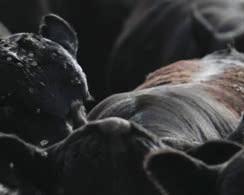



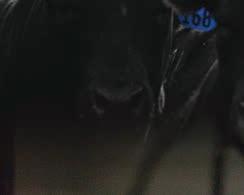
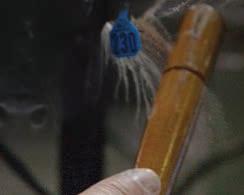

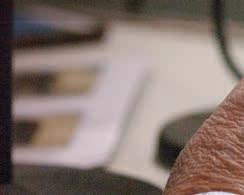
















Starting in childhood, Erica Bianchi and Juli Figone, learned the importance of resilience and adaptability. As daughters of cattle ranchers in the rolling foothills of Gilroy, California, the two developed a spirit of determination and entrepreneurialism. The close friends and now business partners combined their passion for agriculture and marketing savvy to develop a direct sale beef business – BR Beef, LLC.

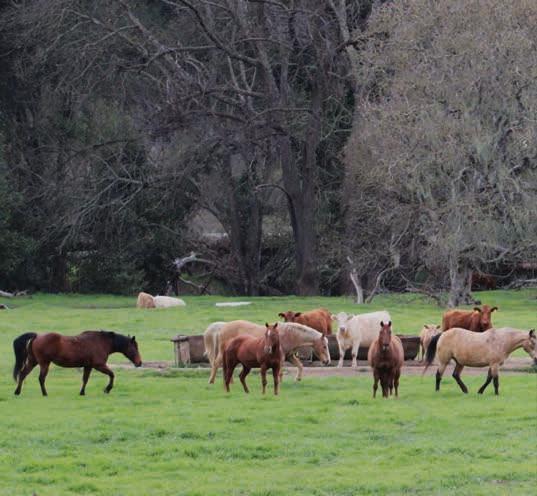
Family friends collaborate to create successful direct sale beef business.
Erica Bianchi grew up working alongside her parents, Robert and Chris Bianchi, running Bianchi Ranches, a large purebred and commercial cattle operation in the California Bay area. Erica returned to the ranch a decade ago, utilizing her college agricultural business degree at jobs in the ag communications industry, assisting at Bianchi Ranches, and building her own purebred and commercial herd. Erica worked hard to ensure she was making enough money to add to Bianchi Ranches’ proverbial pie, not take from it.
Juli Figone and the Bianchis are longtime family friends. For years, Juli’s worked side-by-side the Bianchi family to complete daily tasks on the ranch; from branding calves to managing the ranch social media account, Juli’s devoted herself to advancing the success of Bianchi Ranches.
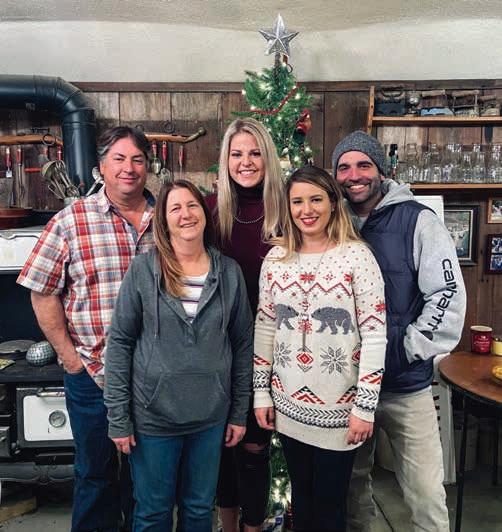
Last year, when Juli graduated from California State University, Fresno with a degree in agricultural business, the idea of BR Beef

started to come to life. The time had come for Bianchi Ranches to step into a new arena in the agriculture industry. After much discussion and planning, Erica and Juli collaborated with Robert and Chris Bianchi to create a business focused on marketing beef direct to consumers.
The ranch’s proximity to large metropolitan areas guaranteed the entrepreneurs a solid customer base. “We live at the tail end of the Bay area, so we are a really unique, diverse area where there are tons of different ethnicities in the area as well has a vast amount of people,”
Erica Bianchi explained. “There are more than a million people within 80 miles of us and approximately 200 farmers markets in our area that we can choose to go to.”
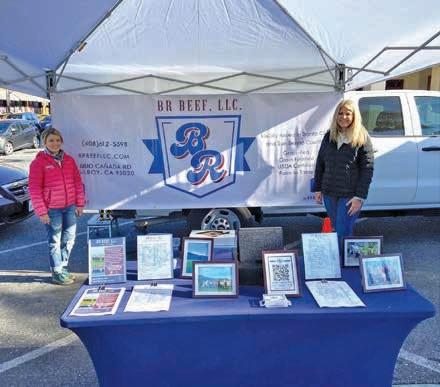
The impetus for BR Beef also stemmed from the desire to maximize profits. “The difference we get paid versus what they sell in the grocery is obviously a huge difference, so we wanted to capitalize on some of that,” Erica added. BR Beef markets quarter, half, and whole beef through its website. BR Beef provides order pickup for customers at a variety of locations. The business also sells individual cuts of beef at farmers markets throughout the region.
BR Beef purchases its stocker calves from the family operation, Bianchi Ranches. Most of the animals in the program are Charolais or Red Angus cross influenced calves. The arrangement is mutually beneficial. BR Beef knows everything about the stocker calves it purchases; from birth to harvest the animal has been raised and cared for by the Bianchi family.
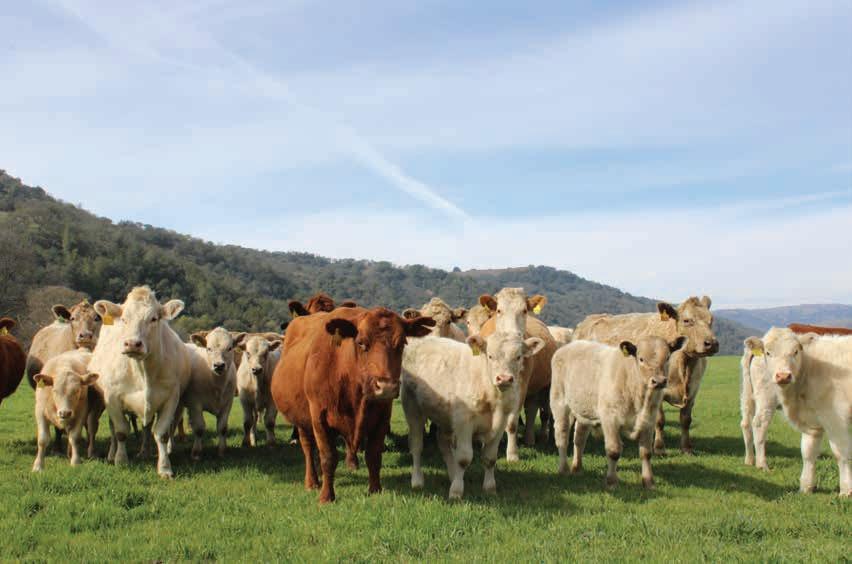
The stockers bought for BR Beef from Bianchi Ranches are calves that don’t fit into loads of calves headed to market. For instance, the calf may be an off age from the current group. The arrangement benefits Bianchi Ranches because the calves are purchased for the beef program instead of heading to the sale barn where they may not sell for their maximum value.
One of Juli’s primary roles with BR Beef is marketing the business at farmers markets and interacting with the public. Customers frequently voice to Juli their desire to know their food sources. “It is almost every interaction I come to, everybody wants to know where the beef is coming from and more about us and our ranch,” Juli Figone said.
have on our table at the markets is a picture of our family and that usually stops a lot of people in their tracks because they don’t understand that it is mostly the four of us working day-to-day on the ranch,” Juli shared. “People really like to understand that while I am able to take care of all the cows, I am also able to meet with them at the market and interact with them and tell them firsthand stories of what goes on every day.”
The calves are typically bought at around eight months of age and grown out to 1,200 to 1,400 pounds. The stockers are managed on sustainable grasslands. The steers receive supplemental nutrition of corn and brewers spent grain. As many as 40 steers are in BR Beef’s program at a time, with six to ten steers being harvested each month.
The fledging business encountered numerous challenges along the way. One of the most significant obstacles the Bianchis faced was being able to stay on butchers’ schedules. After much pivoting and relationship building with local butchers, BR Beef secured regular slots with USDA certified butchers. Additionally, the solution entailed utilizing two butchers: one for harvesting, cutting, and wrapping and another for grinding trim into sausage, ground beef, and hamburger patties.
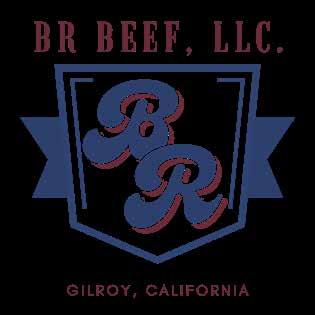
At the farmers markets, BR Beef showcases pictures of their cattle grazing in pastures near their homes. However, the photo in BR Beef’s display that catches the most attention doesn’t have a single cow in it. “One of the pictures I also

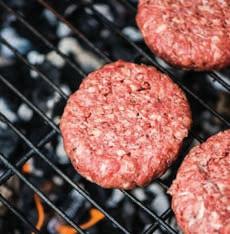
Juli seizes the opportunity at farmers markets and order pickup sites to educate consumers about agriculture. The face-to-face interactions gives customers a chance to learn about ranch life and agricul-
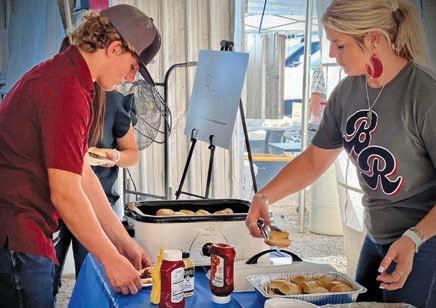
ture. “I am able to bust a lot of the myths that they tend to believe and give them firsthand stories, just really touch base with them and let them know ranchers are out there and we really do just want to help our communities,” Juli said.
At times, California can prove to be a challenging part of the country for ranchers to operate. The Bianchis, like many ranchers in their state, must navigate new regulations passed by legislators in large cities. “All of those laws somehow affect us and the cattlemen in our area. It is an everyday struggle in this area to figure out what is coming next legislatively and to get past that,” Erica explained. The struggle spurs the Bianchi family and Juli to focus on educating consumers and legislators about agriculture. In addition to interacting with customers at farmers markets, they are all active in breed associations that advocate on behalf of ranchers.

In addition to running BR Beef, Erica and Juli work alongside Robert and Chris Bianchi to manage Bianchi Ranches. The four tackle most all the work themselves. Bianchi Ranches graze their purebred and commercial herds on 13,000 acres of owned and rented land. They manage a 250 head commercial herd. Charolais and Red Angus cross cows comprise their commercial herd. The Bianchis purebred operation consists of 125 Charolais cows, 50 Polled and Horned Hereford cows, and 50 Red Angus cows.
The purebred operation focuses on producing females that will be competitive at local, regional, and national shows. In recent years, the Bianchis added Black Angus and Simmental seedstock to their operation. They utilize the Black Angus and Simmental genetics to produce top-quality herd bulls and show females. Additionally, Erica and Juli devote time to helping juniors at livestock shows throughout the country.
The Bianchis utilize resources available in their part of the country to supplement their herds’ nutrition. They work with several local microbreweries to pick up the businesses’ spent grain. The spent grain serves as a nutritional supplement for the Bianchis stockers, bulls, and replacement females. “It is a nice filler grain,” Erica explained. “It is not going to make them super fat. It’s not super high protein, but it definitely helps get a little condition on them and helps maintain them.” The partnership benefits the microbreweries as well because it saves them from having to haul the spent grain to the landfill.
During the summer, the Bianchis’ cattle receive a special treat –cull bell peppers. The family works with local growers to purchase cull bell peppers to feed to their momma cows. Supplementing with cull bell peppers and spent grain helps stretch their forage through dry summer months.
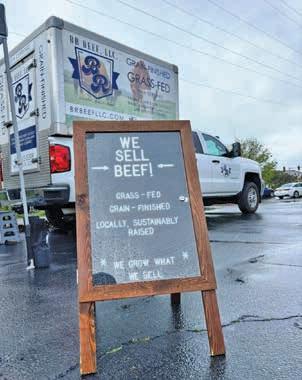
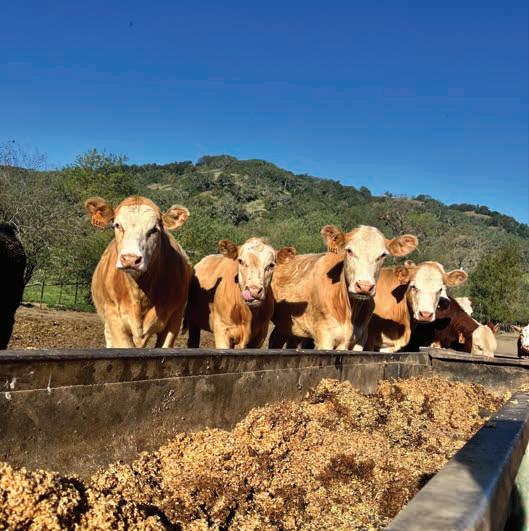
Prior to the drought years, the Bianchis started to enhance their water infrastructure. They worked with the Farm Service Agency (FSA) and the Natural Resources Conservation Service (NRCS) to add solar pumps, troughs, and other water infrastructure. “We rely a lot on ponds and little springs to water our livestock and every single one of those were dry all summer, on all of our ranches,” Erica said. “So, if we didn’t have the water infrastructure in place, we just simply couldn’t run the cows.”
Bianchi Ranches recently installed a water monitoring system called Farmbot developed by a company in Australia. Sensors on water tanks send signals to the Bianchis cell phones reporting the water levels in the tanks. The program saves the family from having to spend time traveling over thousands of acres to check whether tanks are full or empty.
BR Beef and Bianchi Ranches battle obstacles daily, from drought to legislation and everything in between. But this longstanding cattle ranching operation remains unphased by difficulties. “Like with every business, there are these bumps that come along the road, and I think our family has done a really, really good job of being able to work together to find solutions that fit best for our company and make every one of us happy as well,” Juli shared.
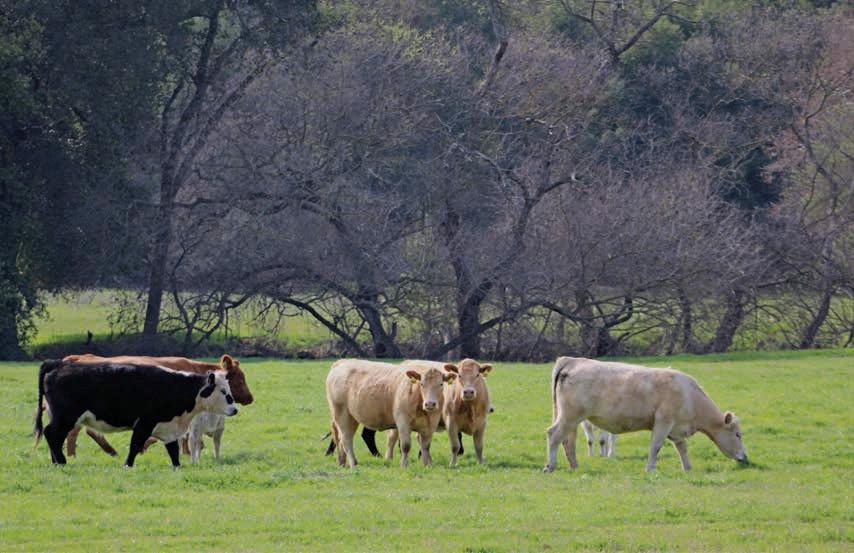
Erica and Juli look forward to expanding BR Beef and possibly opening a physical store. But, no matter what the future holds, Erica and Juli are grateful for the opportunity to collaborate and to contribute to the overall success of Bianchi Ranches.
learn more brbeefllc.com
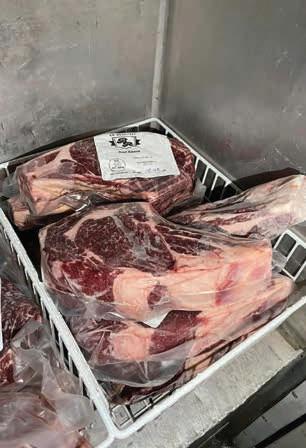





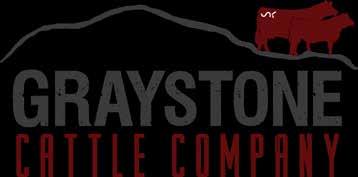

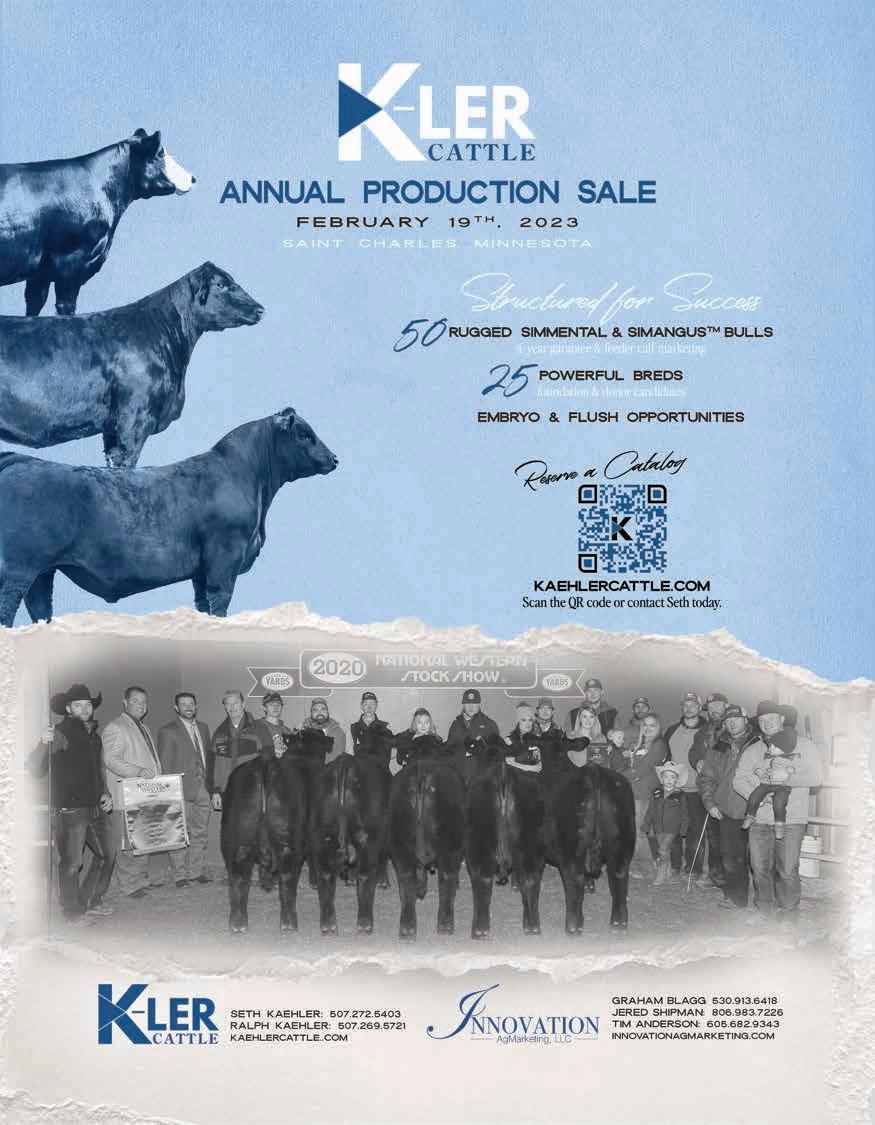

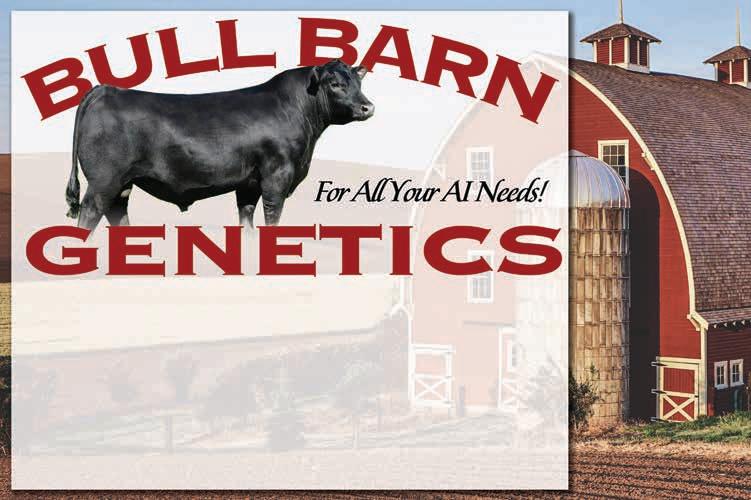




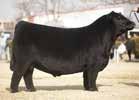

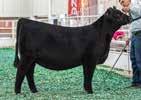

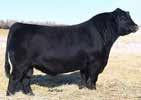



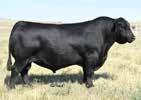
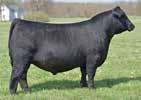

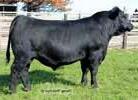

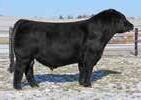

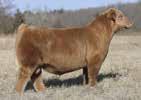
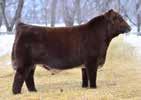
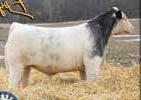


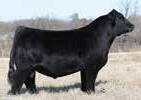
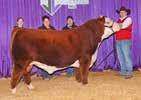










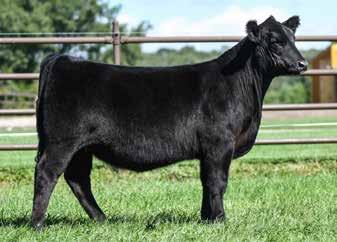
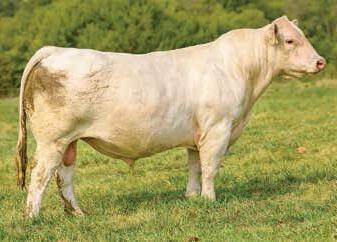

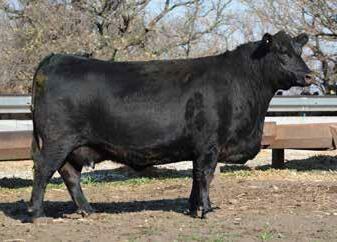


















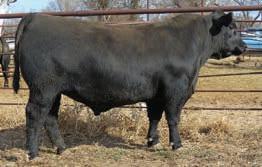
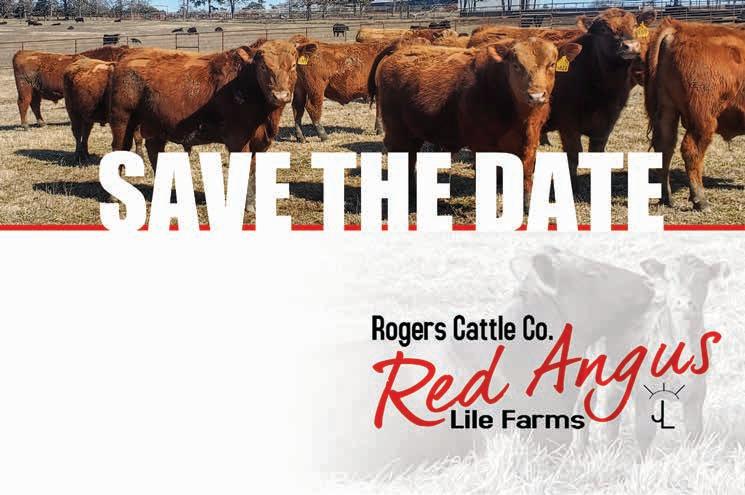
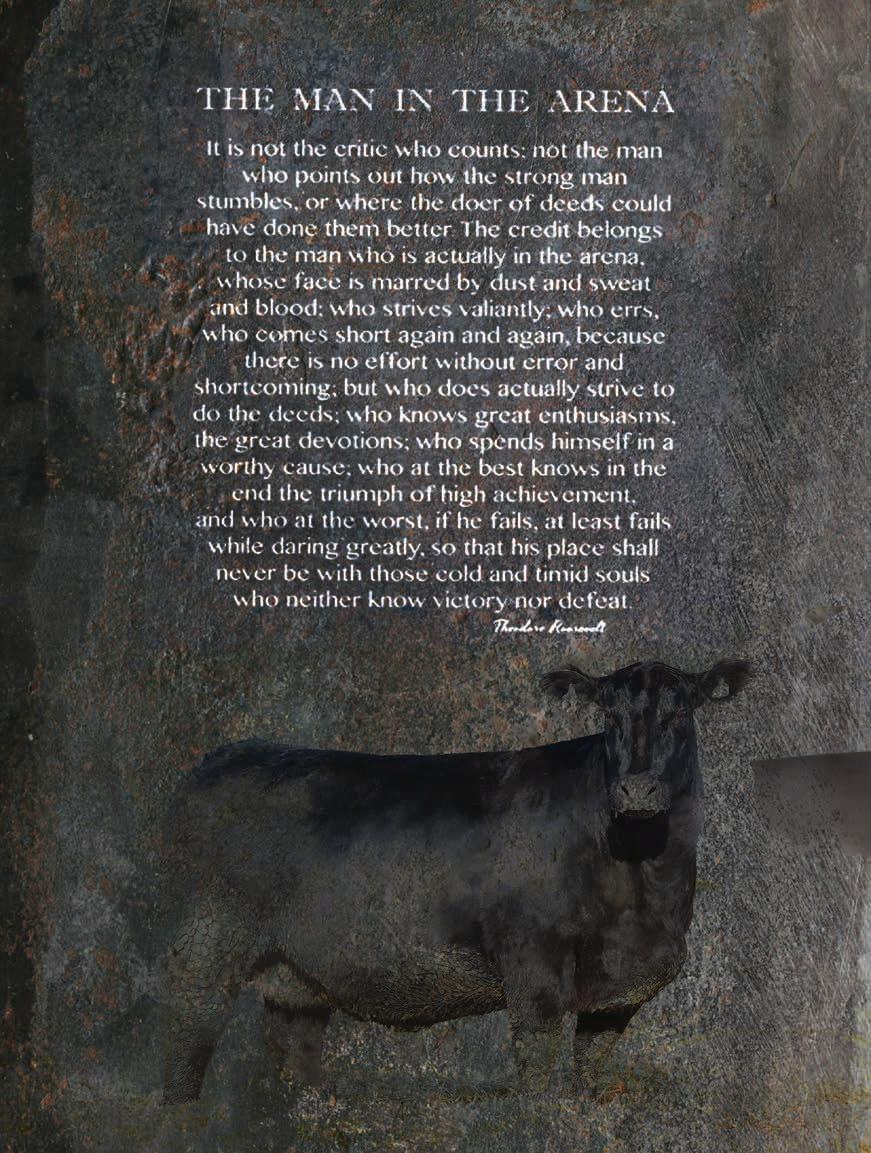

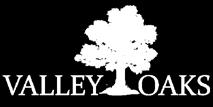



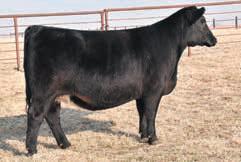
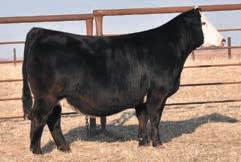
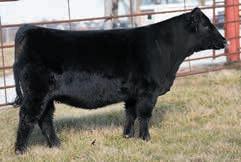

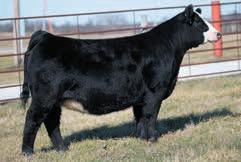
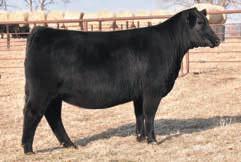
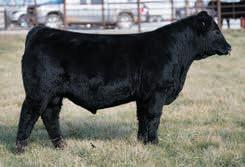


We represent the fifth generation to farm and ranch near Clarkson, Neb., where we focus on producing high-quality Angus cattle. Customer satisfaction from our commercial customers all the way to the consumer is very important to us. Our goal is to produce functional cattle that work well in varying environments and continue on to create an efficient and superior product for the consumer. Our 23rd annual production sale is on February 8, 2023, featuring 175 registered yearling and 18-month-old bulls and 30 registered yearling heifers. My husband, Nick, and I, both enjoy working alongside family with the day-to-day responsibilities as we both grew up that way. We have 3 children: Carrie (3), Emma (2), and Cole (4 months). Sharing the lifestyle of raising cattle, crops, and kids bring us so much joy and
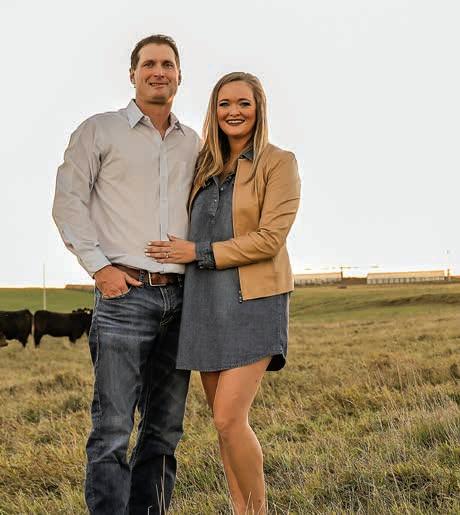
Both of my daughters delight in helping in the kitchen and I love including them. Together we enjoy making cinnamon rolls or getting our hands messy making meatballs.”
“

My mom made nearly everything from scratch and taught all of us kids early basics, from there we all had our share of trial and errors. My mom rarely bought prepackaged snacks; once we learned the simple art of making a PB&J or cinnamon toast, we were allowed to make our own snacks as long as we cleaned up after ourselves. From there it expanded to 4-H cookies and then to helping prepare meals for the family. We all pitched in.
Meal prep for the busy times, not just the week. Between busy seasons I like to double up on making casseroles, cooking meat in bulk, or making the popular Nebraska “Runzas.” These can be stored in the freezer for months and come in a clutch when times get busy, particularly during calving and sale prep.”
Washing dishes - I am a big fan of Crockpot, sheet pan, or one pot meals to limit the number of dishes that get dirtied.”
print Lydia’s recipes at: www.stockmanmag.com
4 heaping tsp. active dry yeast
½ c. warm water
½ c. (1 stick) butter, melted
2 c. scalded milk
½ c. granulated sugar, (plus a pinch)
1 tsp. salt
7 c. (or more) all-purpose flour
2 eggs
Filling
½ c. room temp. butter
1/2 c. brown sugar
1 tsp. cinnamon
Icing
¼ c. room temp. butter
1 tsp. vanilla
4 c. confectioners’ sugar

¼ c. whole milk



Soften yeast in warm water, add a pinch of sugar and set aside. Combine butter, milk, sugar, and salt. Add in 3 cups of flour and mix well. Beat in yeast and eggs. Gradually add remaining flour to form a soft dough ball. Cover and let rise for 2 hours or until doubled in size. Turn out on to a lightly floured surface and knead dough adding just enough flour that dough is manageable and no longer sticky. Cut in half. Roll each half into approximately 16x8 rectangle. Onto the rolled-out dough spread butter, brown sugar, and cinnamon evenly. Roll lengthwise and pinch seam onto the roll. Trim ends, then cut each roll into 12 even slices (makes 24 slices total). Place cut side down onto a greased 9x13 baking pan. Cover and let rest for 30 minutes or until doubled. Bake in a 400-degree Fahrenheit oven for 13 to 15 minutes. Add frosting and enjoy warm.
Growing up my mom was always praised for her rolls. I remember HUGE containers of dinner rolls being taken to family gatherings or dividing the dozens of cinnamon rolls at church fundraisers. Sharing her roll recipe now with my family and community is a tradition I hope my girls can carry on, too.
February 8, 2023, at the Bull Center near Clarkson, Neb.

2 lbs. ground beef ½ box Traditional Stove Top Stuffing Mix 3 eggs
1 c. ketchup
1 T. Worcestershire sauce
1 tsp. liquid smoke salt and pepper generously
Preheat oven to 350 degrees Fahrenheit. In a large bowl, com- bine ingredients and mix thoroughly with clean hands. Portion out mixture into 3-ounce balls (I use a 1/3 measuring cup to measure). Place meatballs into a 9x13 baking dish and bake for 35 minutes. Remove meatballs and cover with ketchup or desired BBQ sauce. Return to oven for an additional 5 minutes or until an internal temperature of 165 degrees Fahrenheit is reached.
Anydishthatcansatisfyaworkingcrewofhungry,grownmenaswell as toddlers go down as a favorite dish in our household. These meat- balls are quick, feed a crowd, and freeze up well to enjoy later! Double therecipe,freezehalfforlater,andservetheotherhalfhotandfresh.
3 lbs. ground beef
1 large white onion (diced)
1 jar sauerkraut salt and pepper heavily
Using the basic roll dough recipe, let dough rise accordingly. As the dough rises, brown ground beef with diced onion, salt, and pepper. Drain excess fat from beef and add one jar of sauerkraut.
Place risen dough onto a lightly floured surface and knead dough adding just enough flour that dough is manageable and no longer sticky. Divide dough into 24 even balls. Roll each ball thin and add 1/3 cup of beef filling. Pinch ends together enclosing the filling inside the dough. Set on a baking sheet lined with parchment paper. Let rise for 20 to 30 minutes. Bake in a 400-degree Fahrenheit oven for 13 to 15 minutes until golden. Brush with melted butter.
A knockoff from the notorious Runza at restaurants, these beef filled pockets are a favorite across Nebraska. Another freezer friendly food that is also tractor friendly, making this an ideal har- vest staple.
Lydia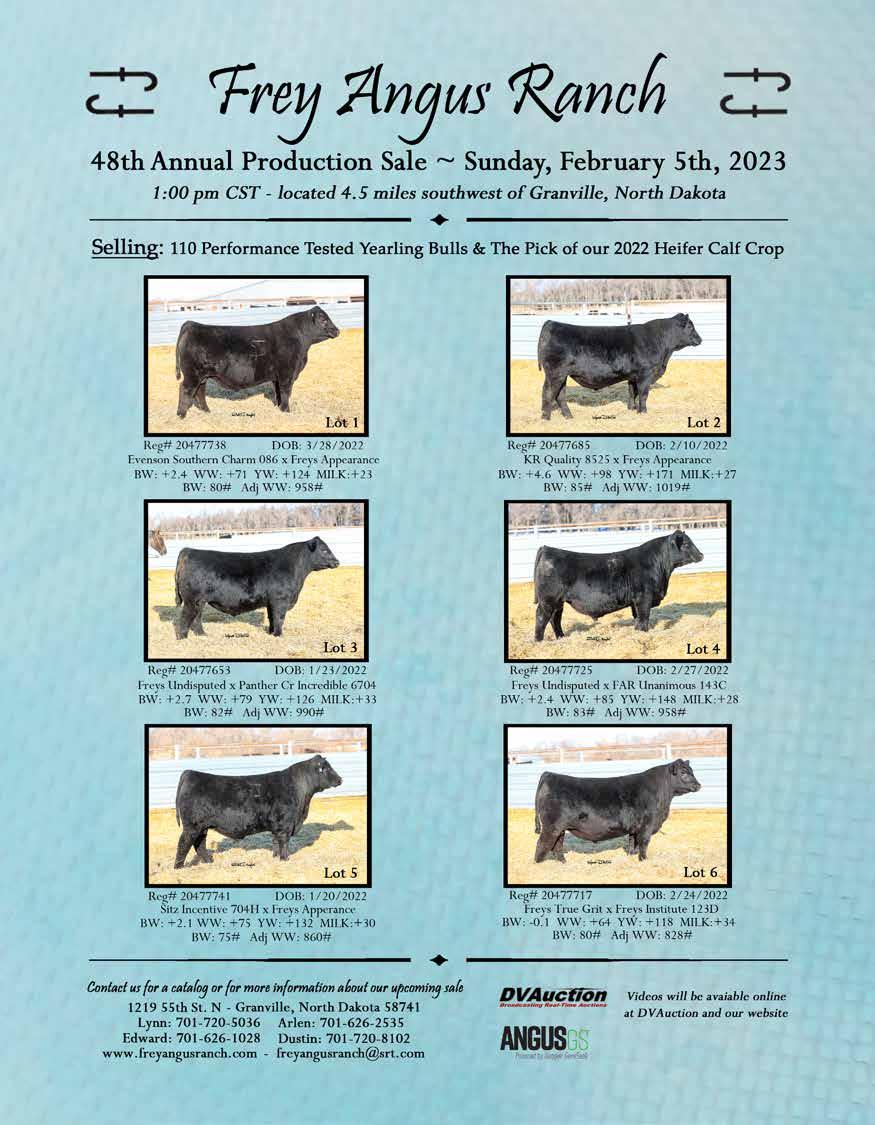


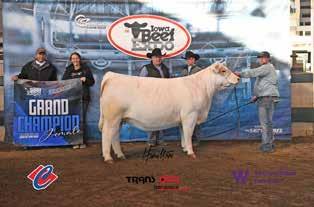
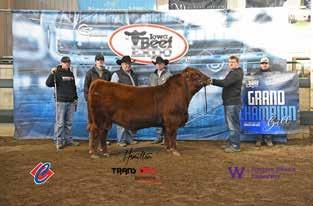
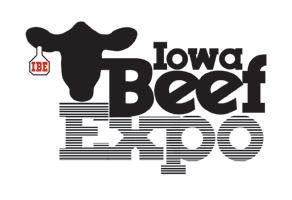
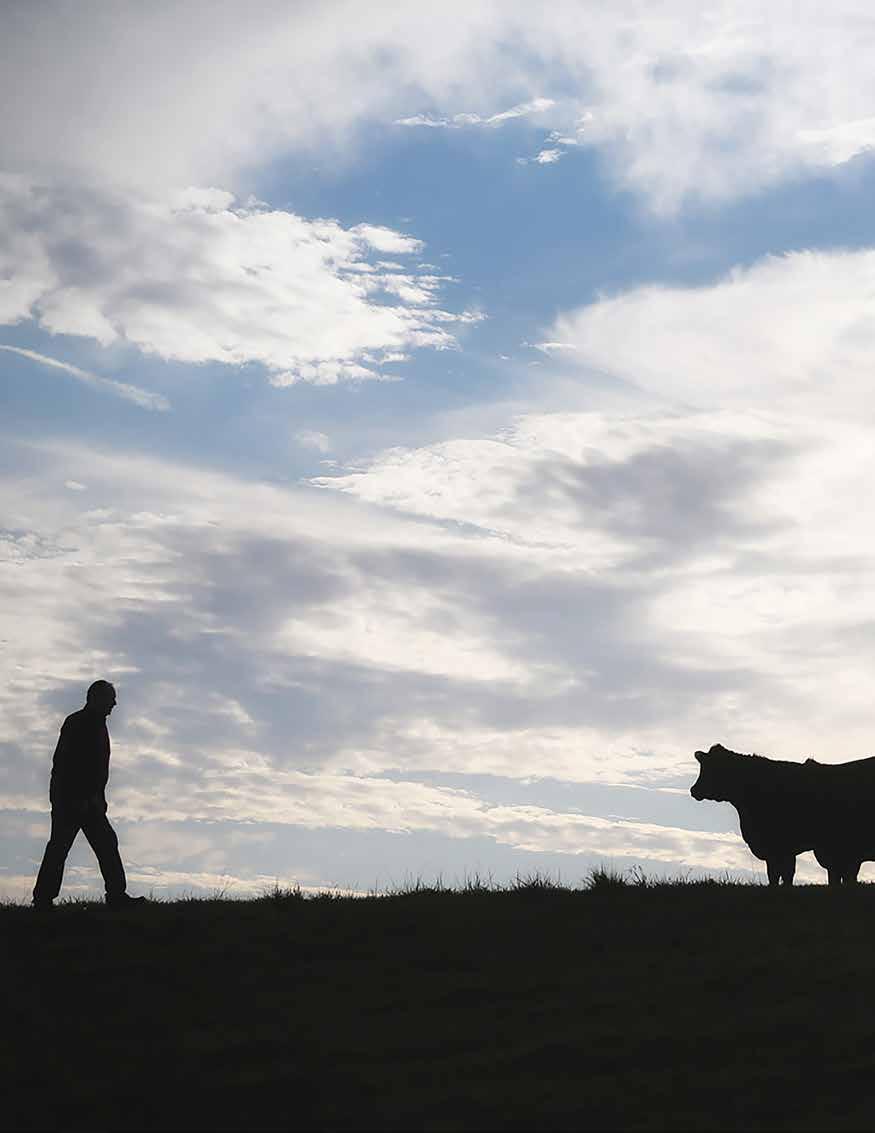




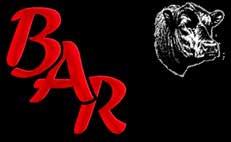


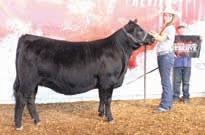


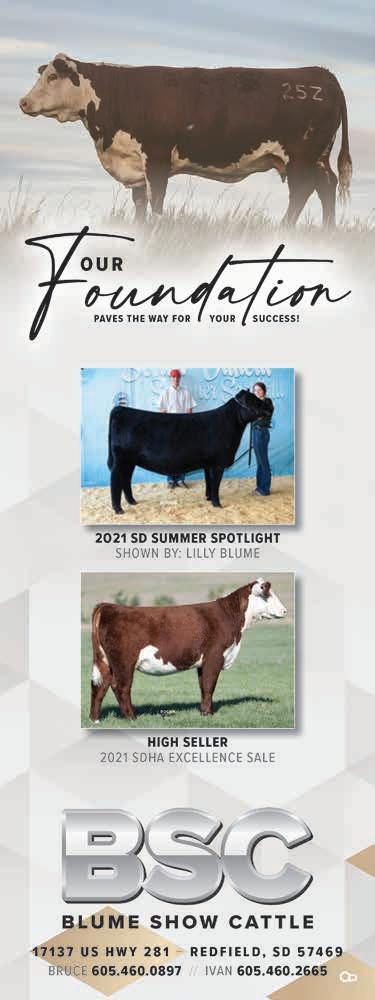


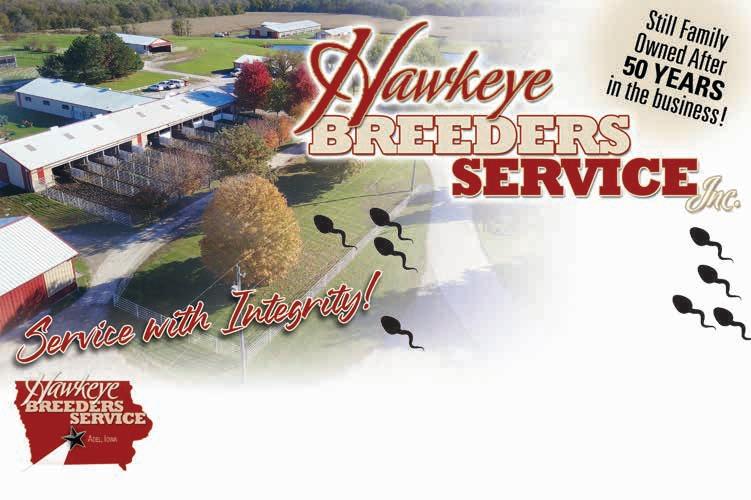



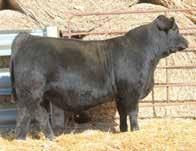
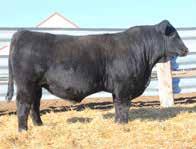

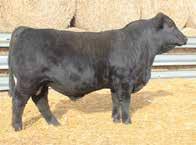
s I wrote this article, we have received our first snowstorm of the winter and my four little ones could not wait to throw on their snow pants and go play in the white stuff! Me on the other hand, not so excited about leaving the warmth and comfort of my office. It is because they are looking forward to joy and fun and I am dreading frozen waters and/or sick cattle. Either way, it is safe to say that winter is upon us!
s I write this article, it is mid-December, there is snow on the ground, and we have 24 heifers shut up to start calving in two weeks. It got me thinking and gave me time to reflect on 2022 and thinking about where we are going in 2023. This year was a very good year, not only for my family and myself, but very good for us cattle producers as well. And 2023 looks to have the potential to be even better!
The fat cattle market has contin ued to climb, and I know I sound like a broken record, but we are heading into great times the next couple of years strictly on the low cow herd numbers and tight sup ply of feeder and fat cattle. The one wild card we are facing is what effect the economic recession will have on the price and demand for our product. Regardless, we have been seeing cash prices in the coun try in the mid to upper $1.50’s and seeing some outrageous tops in the barns in the 60’s. I would look for this market to work its way to the 1.70 range this next spring and see where it goes from there.
Now to look at some of the market reports that we have been seeing in the barns. The fat cattle market has been on a hot streak for several weeks, until this past week, when we experienced a slight dip in the market. We have seen some highs in the mid to high forties, but these have been some extremes. Most cash cattle in the country have been trading at forty level or slightly higher the past couple of weeks. I expect there to be a few bumps in the road, but I expect
this fat cattle deal to continue an upward trend going into the new year and into spring. How high we can go, that is the million-dollar question!

The higher fat cattle market is driving a higher price for the feeder cattle market as well, even with the higher feedstuff inputs. We have seen some front end big strings of 800 pounds bringing well into the sixties and some 600-pound cattle bringing into the seventies and eighties. Once again these are some extreme tops. We have been trying to fill up our own lots as fast as possible, as I am not sure the feeder cattle are going to get any cheaper. We have been able to find cattle at cheaper prices than that and so when we do projects they are in the black.
The cull cow and bull market has lagged the fat market, as from all reports there have been around six



percent more last year, making supply of cows. down, which be into next year, cow and bull with the same market.
The breeding been up and cently, I heard commercial pairs $2,000 and then can buy all the I want for $1,200 are looking to now is the time reasonably priced with increased are going to be ply over the next
Wishing everyone Christmas and
Kirk Lynch, Lynch Livestock Inc., Waucoma, IA Kirk is the Beef Division manager for Lynch Livestock Inc. and oversees all aspects of their backgrounding and cattle feeding operations throughout Iowa and Kansas. He is also deeply involved in the newly reopened Humeston Livestock Exchange in Humeston, Iowa. In addition, Kirk and his wife Mary own and operate Heartland Simmentals in Northeast Iowa, which is a seed stock operation that consists of 500 registered Simmental and Angus cows. They have four children: Gabrielle (8), Brayden (7), Vivian (5), and Bianca (1).
The cull cow and bull market has taken a bit of a dip here the last couple of weeks, to seeing as much











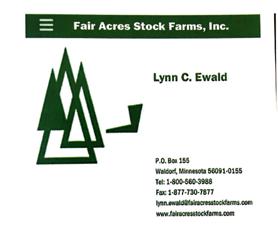








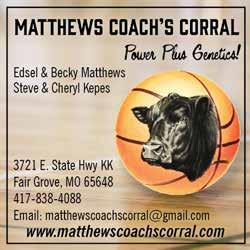





Attention: High school seniors looking for scholarships!
The Black Hills Angus Association (BHAA) will be awarding a $1,500 renewable scholarship for the 2023-2024 school year.
The application deadline is: January 10, 2023. To be eligible for the scholarship, students must be a graduating high school senior or currently attending an eligible post secondary institution, including technical institutes for the 20232024 school term and must be from South Dakota or bordering state.
To obtain an application, or for more information: Black Hills Angus Association Scholarship Program. Phone (605) 892-2875. Or email to: bar69angus@gmail.com
“Commercial producers - they’re buying a well-rounded bull that has the guesswork taken out of it. The amount of breed improvement those producers can make in buying a bull that has its data captured at an early stage in life, they have a great leg up,” Bedwell says. “The possible change of a young sire becomes minimized drastically when you’re buying a bull that has all of the phenotypic and genomic data included in its EPDs.”
Commercial cattlemen who buy bulls with GE-EPDs - or producers who request cattle to be genotyped - will mitigate future risk in their breeding programs. The more genomic information they have, the more accurate genetic predictions and expressed phenotypes become. The accuracy of GE-EPDs on unproven animals are equal to 20 progeny records on average, depending on the trait.
its producers select for sustainable genetics in the industry.
“When you talk about sustainability and effects on the environment, I believe there is either going to be a trait in terms of an economic index or an EPD that will help us predict those genetics that are less harmful to the environment, or have a better effect on it,” Ward says. “I think the sky is the limit on what we might do.”
To learn more about GE-EPDs, visit Hereford.org.
KANSAS CITY, Mo. - Better genetics are quickly becoming the hero to developing sustainable, efficient cattle herds. As producers seek reliable genetics to improve efficiency and carcass quality, animals with genomic information provide opportunities to reach goals at a faster pace.
In 2022, the American Hereford Association (AHA) reaches a milestone of 10 years for using genomic-enhanced expected progeny differences (GE-EPDs) in its genetic evaluation. By blending conventional EPDs with genomic data gathered from DNA testing, GEEPDs have a significantly higher success rate in predicting progeny performance. Shane Bedwell, director of breed improvement for the Association, explains the benefits.
“When our producers request an animal to be genotyped, they get lots of information,” says Jack Ward, AHA executive vice president. “If all of the parents are there, they get a parent verification. They get all of the genetic abnormalities tested for. And then, we produce a genotype that is used in the evaluation to help predict the EPDs and make them more reliable.”
The AHA was one of the first to develop and market genomic predictions, and Hereford breeders saw the improvements after applying the technology to their herds. Since then, the Baldy Maternal Index (BMI$) increased 43%, the Brahman-Influenced Index (BII$) increased 55%, and the Certified Hereford Beef Index (CHB$) increased 10%.
But 10 years is only the beginning for applying genomic technology to trait selection. Ward expects there to be more EPDs added in the future that will help the breed and
It’s no secret that today’s consumer expects more than ever before. A panel of beef industry experts agreed: cattlemen are already doing plenty of things right. The challenge, they said, is connecting consumers with ranchers so they are both reassured.
During the 2022 Angus Convention, beef industry experts discussed ways producers can meet rising expectations. Held Nov. 6 in Salt Lake City, Utah, the consumer perspectives panel, sponsored by Zoetis, was moderated by Nicole Erceg, Certified Angus Beef director of communications, and included Danette Amstein, Midan Mar-
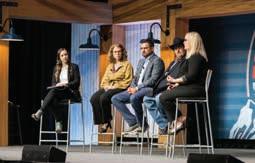

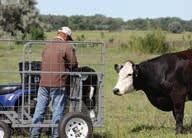


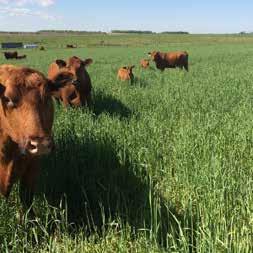

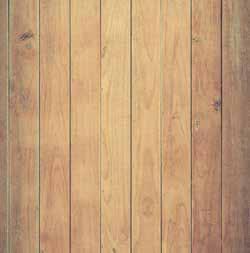
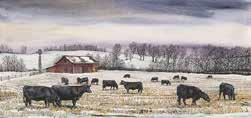




(...continued)
keting; Abram Babcock, Adams Land and Cattle; Jonathan Perry, Deer Valley Farms and chairman of the Certified Angus Beef board of directors; and Jessica Willingham, Sysco Foods.
“It’s our job as producers to make certain that we keep that one key thing we have always had — consumer confidence,” Perry said. “We cannot afford to lose that.”

When it comes to maintaining that confidence, marketing is everything, Amstein said, stressing the importance of providing relatable and easily understood information.
“I would caution us on the production side — we like to use big words to describe what we do,” Amstein said. “As consumers have gotten further and further away from the farm and from understanding where their food comes from, that’s why we need the Certified Angus Beef brand. That’s why we need others in marketing to help be the conduit, the translator if you will, to the consumer.”
The panel highlighted how farmers and ranchers have been prioritizing stainability for a long time and now have the opportunity to share that commitment with consumers. Panelists with experience raising cattle—Perry and Babcock—agreed that if ranchers aren’t sustainable, they aren’t profitable.
“We boil sustainability down to, it’s all about continuous improvement,” Babcock said. “It’s all about every day, how do we wake up and get better.”
Amstein said although sustainability might make beef producers think of things like preserving water quality and grasslands, consumers are primarily focused on animal welfare. Programs like Beef Quality Assurance (BQA) help consumers feel comfortable about the beef
on their dinner table.
“We [cattlemen] know we’re taking care of the animal for all the right reasons,” Amstein said. “But for the consumer, they want to make sure the mama cow is cared for and the calf is cared for.”
Willingham said it’s through collaboration across the industry, from cattlemen to those in marketing and sales, that consumers will feel reassured. With combined efforts focused on transparency and openly sharing production practices, trust can flourish.
“I think sometimes it’s intimidating and sometimes you worry what other people are going to think,” Willingham said. “I think we’ve just got to partner up — we can’t do it alone and we’ve all got to tell the story.”
The panel agreed those in production agriculture have a great story to tell, but might not know what to say or how to say it. They encouraged cattlemen to take small steps towards being rewarded for things they’re already doing. Opportunities like getting BQA certified or capturing metrics to illustrate efficiency and progress all describe the hard work already being done.
“From generation to generation, we’ve proven we can make the land produce more, we can make cattle produce more,” Perry said. “We spend our time and our efforts producing it, raising it, making it great and our last thought is communication and marketing. That happens to a lot of us. We’ve got to get out and tell our story.”
The Angus Convention was held Nov. 4-7 in Salt Lake City. For news about Angus Convention, visit www.angus.org/Pub/NewsRoomReleaseList.
— Written Peyton Schmitt, Angus Communications
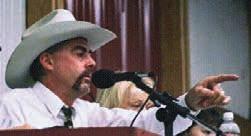
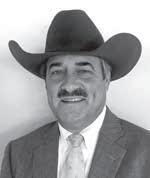
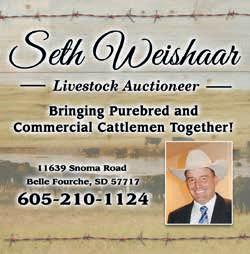
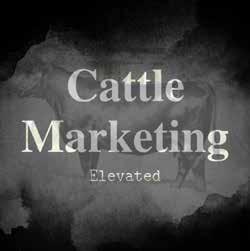



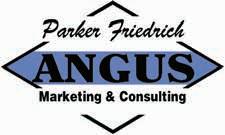

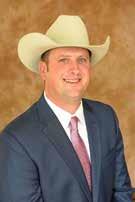

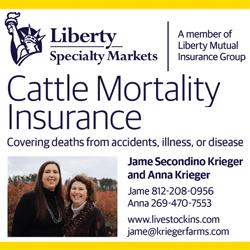

43 135 132 39 102 60 48 117 91 123 125 118 49 116 105 105 3 108 22-23,106 95 55 93 81 125 86 31,123
605 Sires
Aces Wild Ranch
Am. Angus Hall of Fame
Apex Cattle
Baxter Angus Behlen Manufacturing Bianchi Ranches
Bieber Angus
Big Iron Auctions
Bit tersweet Acres Blue Lake Plastics Blume Show Cattle
Bred for Balance
Brinkley Angus Ranch
Bull Barn Genetics
Cannon Valley Ranch Cardinal Cattle Co.
Carl Dethlefs and Sons Cattle Visions cci.live
Charolais Chatter
Churchill Cattle Co.
Circle M Farms
CJ Brown Studios Clear Creek Farms #2 Collison Angus
Collison Embryo Crawford, Scott CSL Auctions Inc. Decades of Devotion Sale Deppe Angus
Double C Stock Farm Ellingson Simmentals
Fair Acres Stock Farm
Fawcett’s Elm Creek Ranch Focus Marketing Group
Frenzen Angus & P. Heref. Frey Angus Ranch Friedrich, Parker Gilchrist, Kyle Graham Angus Graystone Cattle Hassing Angus Farm Hawkeye Breeders Heatsiecker
High Ridge Farms Hoover Angus Humeston Livestock Exch. Ingram Angus Iowa Beef Expo Jacobson Red Angus Jallo Angus
86 50-51 28 27 103 141 88 132 57 35 127 24 30 127 54,127 123 34 67 125 38 94 118 140 2 10 62
Jannsen Angus
JCL Red Angus Jindra Angus
JMF Herefords & SimAngus K-LER Cattle Kenny Angus Kip Wallace Cattle Co. Koedam Cattle Co. Koupal’s B&B Angus Lakeview Angus
Liberty Mutual Insurance Linz Heritage Angus Loonan Stock Farm Lowderman, Monte Lowderman Auction Options Matthews Coach’s Corral Makovicka Angus
82 127 127 111 79 123 83 123 63 89 79 114 127 127 123 102 123 120 25 14 133 125 42 115 80 77 128 January 2023 | THE STOCKMAN
Sletten Angus Soaring Eagle of the Ozarks Sonstegard Cattle Co. Steady Run Genetics Stockman Design Services Stock Show University Sullivan Supply Summit Ag Group Taubenheim Gelbvieh The Judge Source, LLC TNT Simmentals Top Shelf bull Twedt Red Angus Upstream Ranch 139 134 82 69 76 120 5 107 121 109,127 61 66 92 56
Creek Angus Valley Oaks Angus Volk Livestock Voss Angus Wall Street Cattle Co. Weishaar, Seth Werner Angus Farm Westway Feed Products Wheeler Angus & Auctions Wiese and Sons Woolover Calf Cover Y-Tex Corporation ZWT Ranch
The Stockman hereby expressly limits its liability resulting from any and all misprints, errors and/or inaccuracies whatsoever in the advertisement and editorial content published by The Stockman and its said liability is here by limited to the refund of the customer for its payment for said advertisement, or the running of the corrected advertisement, or editorial notice. Notification by the customer of any error must be made within 30 days of the distribution of the magazine. Advertising copy received after the deadline may not be returned for proofing. Changes to advertising copy made after the deadline date will be allowed only if time permits, and will incur the appropriate charges according to time and materials involved in the changes. The opinions or views expressed in the editorials are those of the persons interviewed in the article and not The Stockman magazine. The Stockman does however reserve the right to edit or refuse all material which might be objectionable in content. No material or part thereof may be reproduced or used out of context, without prior specific approval of a proper credit to The Stockman
Valley 64 110 78,123 36-37 12-13 127 48 29 131 87 104 15 40-41 129 THE STOCKMAN | January 2023

Category 18 - Technical Article ‘Self-Care for You and Others’ by B. Lynn Gordon March 2021
Category 26 - In-depth reporting (single) Seedstock Marketing - 2020 and Beyond, 1 and 2, by B. Lynn Gordon January and February 2021
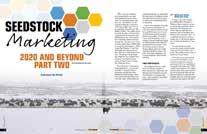
Category 28 - Miscellaneous Writing


‘Unsung Heroes of the Seedstock Industry,’ by B. Lynn Gordon February, March, April 2021
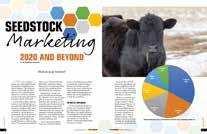
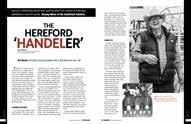
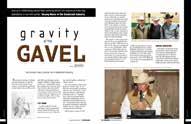
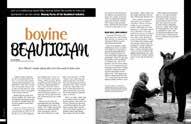
Category 34 - Two page ad design Ad for Wall Street Cattle Co., by Makayla Flower October 2021 subscribe for free at stockmanmag.com/subscribe
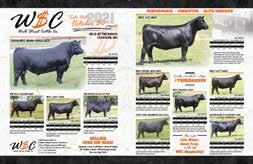 In our third year of participation, The Stockman is thrilled to announce the following Livestock Publications Council 2022 Awards Contest:
In our third year of participation, The Stockman is thrilled to announce the following Livestock Publications Council 2022 Awards Contest:
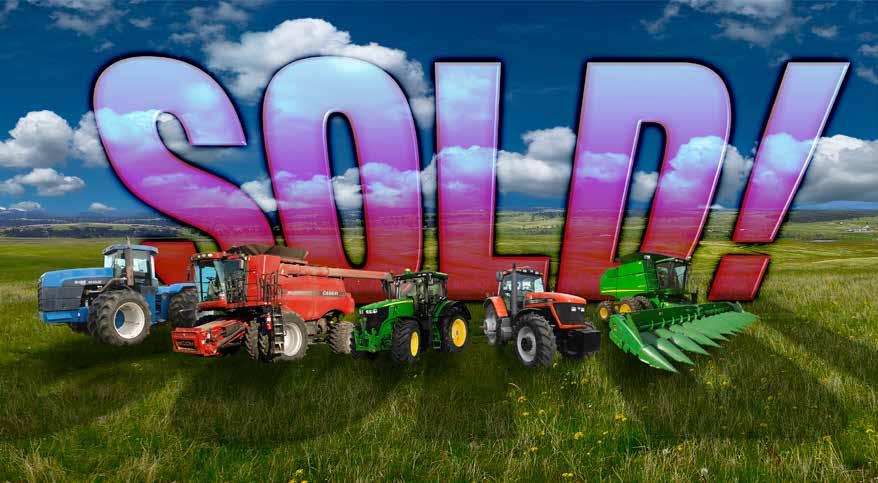

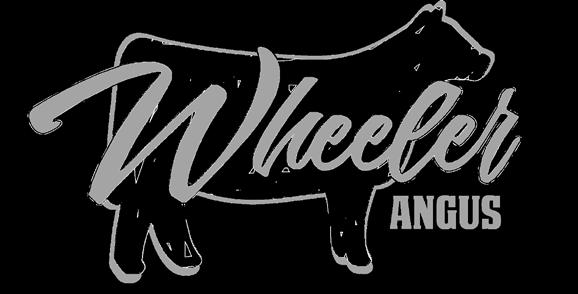

12-JANUARY
Derflinger’s D Lazy T Ranch Angus Bull and Female Sale, Faith, SD 26-JANUARY
Marcy Livestock Angus Production Sale, Hay Springs, NE, sale at Gordon, NE 27-JANUARY
Ruggles Angus Production Sale, McCook, NE 28-JANUARY
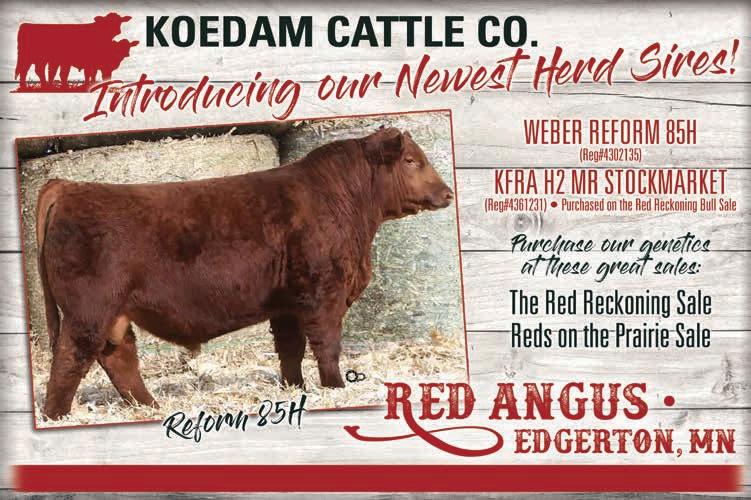
Hutson Angus Farms 10th Annual Production Sale, Elk City, OK 3-FEBRUARY
Spring Valley Ranch Production Sale, Bassett, NE 4-FEBRUARY
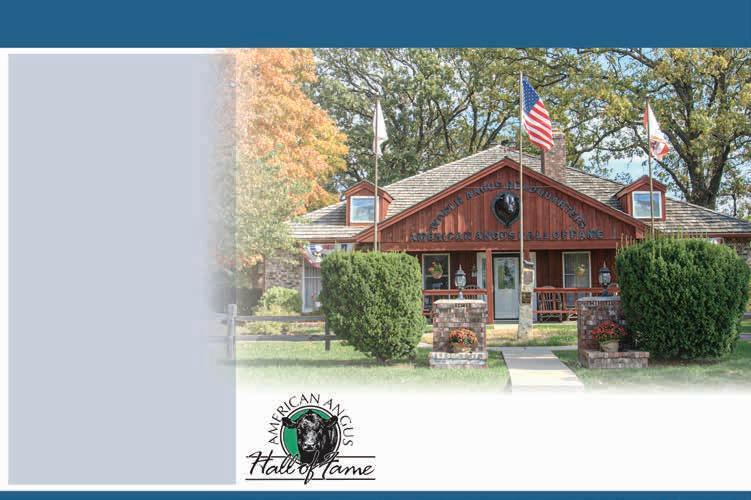
Quaker Hill Angus Moment of Clarity Sale, Louisa, VA 7-FEBRUARY
Babcock Angus Production Sale, Long Pine, NE 8-FEBRUARY
Jindra Angus 23rd Annual Production Sale, Clarkson, NE 11-FEBRUARY
Schaff Angus Valley Sale, St. Anthony, ND 12-FEBRUARY
Brown’s Angus Ranch Annual Production Sale, Center, ND 17-FEBRUARY
Bullerman Angus Sale, Adrian, MN 18-FEBRUARY
Janssen Angus Production Sale, Earlham, IA 20-FEBRUARY


Albrecht/Penz President’s Day Angus Bull and Female Sale, at the Clay Freeny Ranch, Caddo, OK 25-FEBRUARY
Carlson Angus Production Sale, Regent, ND 25-FEBRUARY
RV Bar Angus Performance-Tested Bull Sale, Jensen, UT 26-FEBRUARY

Voss Angus Annual Production Sale, Dexter, IA
532-0811
532-0851
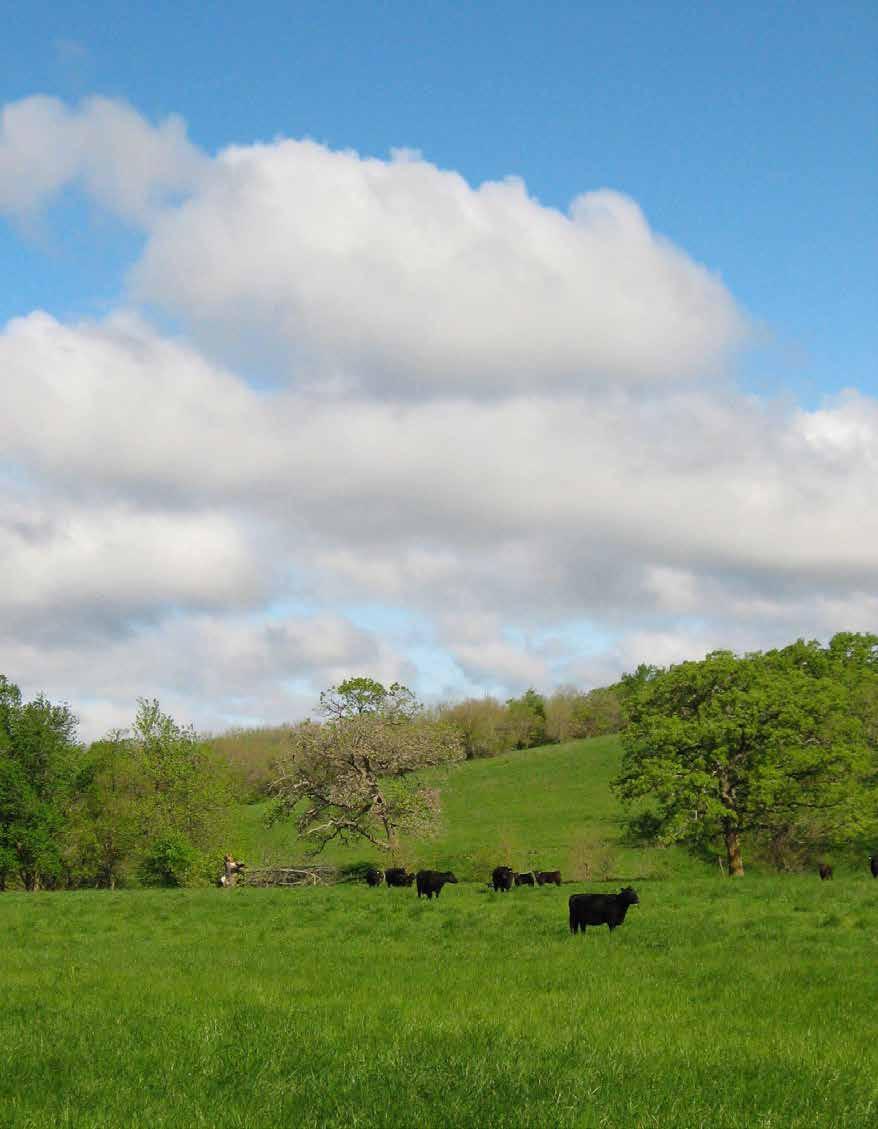
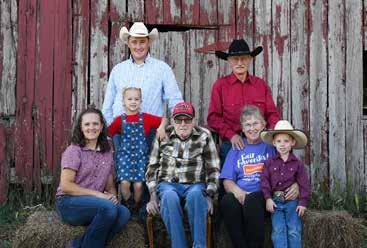
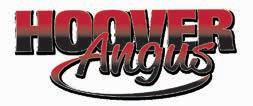

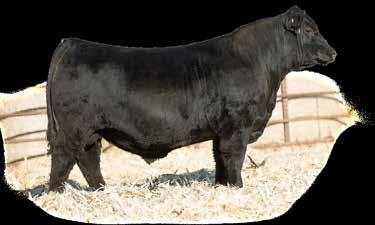
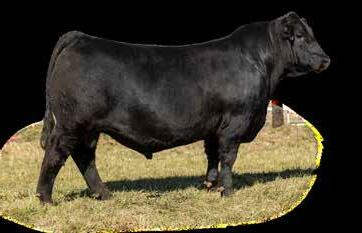
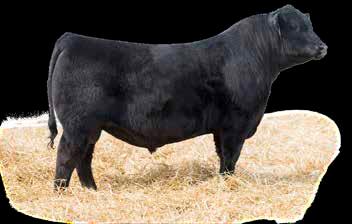

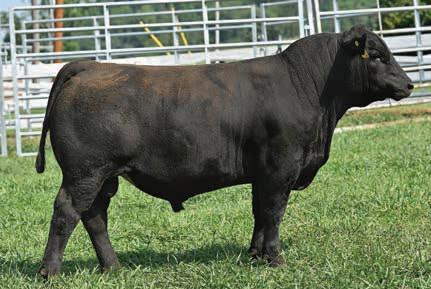

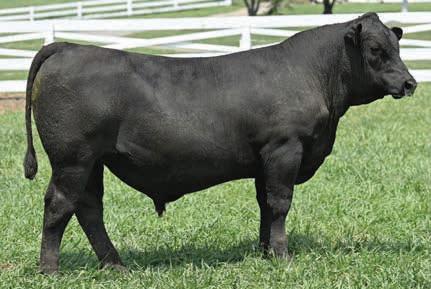

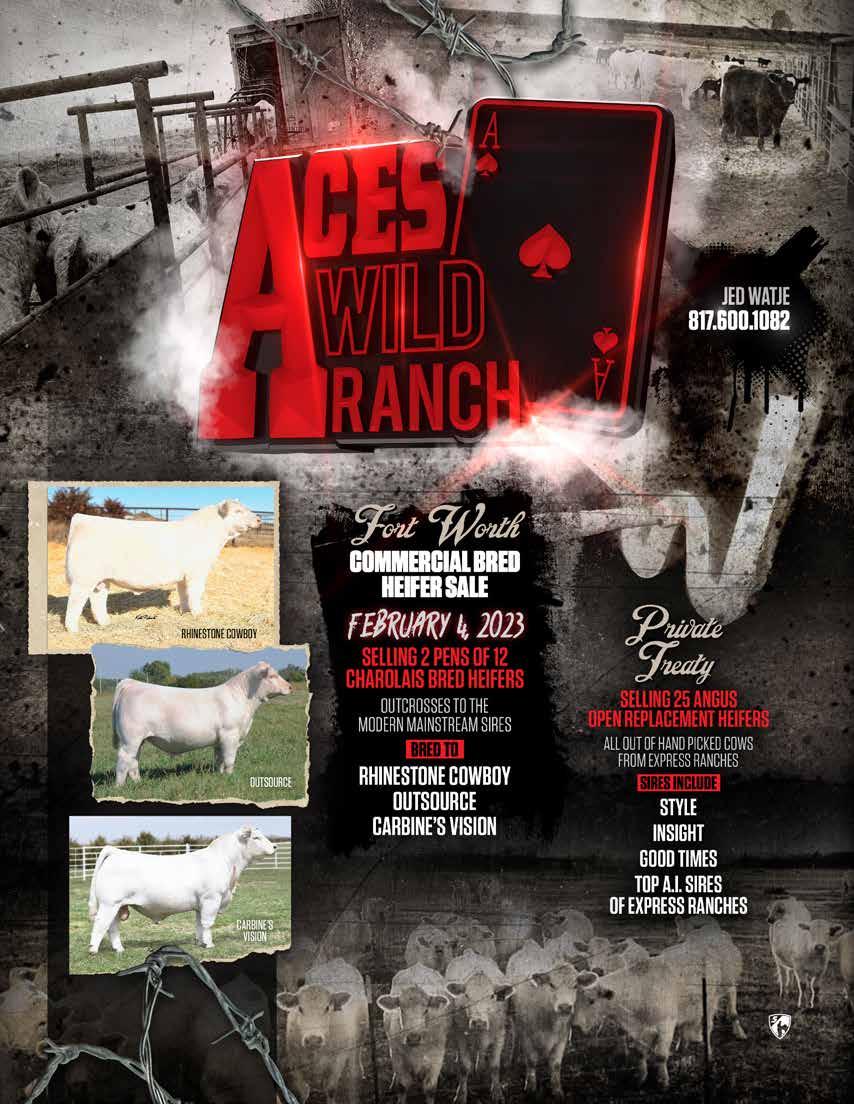

About the Stockman.
Chance: “As for myself, I’m currently the fifth generation to be a partner of the Wiese & Sons Hereford operation. I returned to the ranch following graduation from Iowa State University back in the spring of 2015 and have been a part of it ever since. I currently work alongside my younger brother, Shayne, and father, Dave. It takes many helping hands though to make our operation function efficiently with the help of both full-time employees and interns from various colleges across the U.S.”
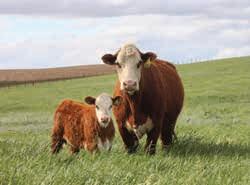
Shayne: “Chance and I are the fifth generation to raise Hereford cattle and the sixth generation to reside at our ranch in west central Iowa. We have been raising and selling registered Hereford bulls and females since 1912. We are fortunate to work alongside our father, Dave, and have the support from our mother, Diana, and wives, Kelsey and Katie. We have one extra ranch hand, Mike Hull, who is an integral part of our operation and his wife, Amy, and son, Jase, are some of our biggest supporters as well. We strive to raise quality, no-nonsense cattle while being stewards of the land and environment with hopes that the next generation can prosper long after we are gone.”
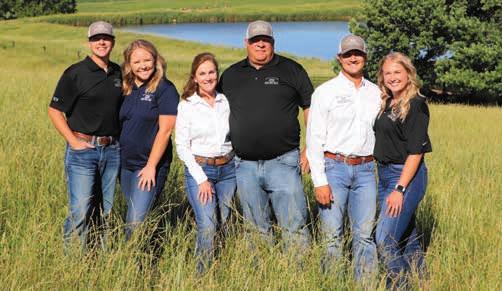
Describe your best or worst day.

Chance: “My best day on the farm is driving through our pastures on a late summer evening and watching cow/calf pairs spread out grazing. Evaluating both operational and genetic progress we’ve made over the past few years. My worst would be sending highly impactful bulls or females to “greener pastures.” I’m not ashamed to say I’ve shed some tears watching some individuals hop off the trailer one last time at our local livestock facilities.”
Shayne: “We love bull turnout around here in early June. Pairs are vaccinated and on grass, AI work is mostly wrapped up, and the bulls can finally earn their keep. It is a beautiful time in Iowa, and it is nice to see breeding decisions start to take shape.”
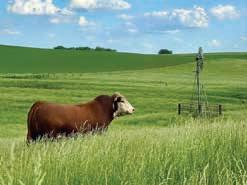
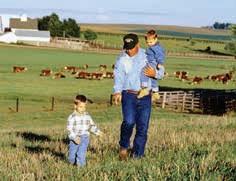
Most used tool on your farm and how old is it?
Chance: “One of the tools I enjoy using the most isn’t so much of a tool but a piece of equipment. Our Roto-Mix feed truck, I cannot express how much I enjoy formulating rations with our nutritionist and delivering a perfectly blended feed ration to our sale bull and replacement heifer prospects. To be able to drive by these individuals every day and watch them grow and develop is one of the greatest feelings in the world.”
Shayne: “I know it is rather cliché for someone my age to say this, but my cell phone. Being able to communicate consistently and effectively is a must for us. I think about my grandpa’s generation a lot, and it amazes me how they accomplished so much over time without them.”
The most important lesson you’ve learned in this business?
Chance: “I like to consider my grandfather Gene Wiese as one of the most influential individuals in my life and he would always try to pass along a wealth of knowledge to my brother and me. One motto that’s always stuck with me was that you must always remain disciplined with your livestock selection and criteria as your reputation is always at stake. “You sell one good bull maybe four to five people will know about it; you sell one bad bull 25 to 30 people will know about it.”
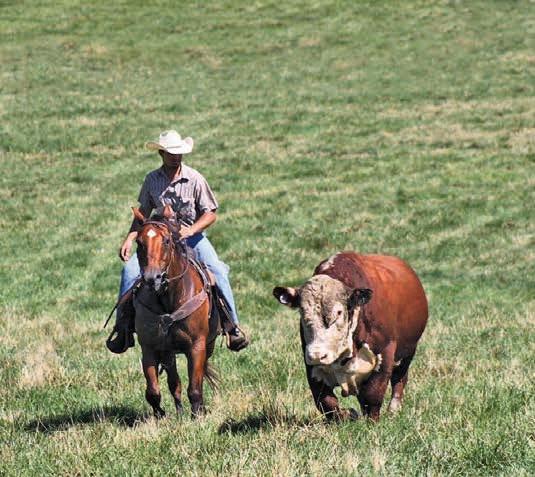
Shayne: “We are not just in the cattle business, but more so the customer service business. Honesty and integrity are more important than any individual sale or revenue generated. We really want our customers to be successful.”
Chance: “Just about anything in a tractor, I enjoy being boots on the ground doing a variety of tasks. Sitting inside a tractor cab at times just gets monotonous for me.”
Shayne: “Fixing water tanks in the winter.”
learn more wieseandsons.com
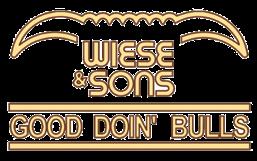
Since our establishment back in 1912 we’ve conducted all sales by private treaty. We’ve always enjoyed working with new and previous customers on a one-on-one basis. Not only does this allow us to assist them in finding the proper individuals they desire to achieve their production goals, but it establishes lifelong friendships.
Your go-to sorting apparatus?
Chance: “My eyes. Yearround whether it’s out on corn stalks, pasture, or dry lot. Our cattle need to be efficient, easy keeping, phenotypically correct, and look like a Wiese Hereford to stick around this operation. If my eyes are drawn to them for the wrong reasons over and over, odds are they’ll have very short careers here on the ranch.”
Shayne: “Honestly, my brother Chance. We have worked enough cattle together over our lifetime that we have a great system down. We are at a point where we hardly have to talk to each other when we sort or move pastures. I know I can trust him with whatever we are doing together.”
Your favorite non-farm activity to do in your free time?
Chance: “The few times I break away from the ranch I just enjoy spending time with my wife, Kelsey, either attending Iowa State University athletic events or traveling to visit friends.”
Shayne: “Spending time with friends and family. Obviously, the cattle business is very demanding of our time so any spare moments we have we try to spend it with those we care about. Also, Iowa State Cyclone football, but there’s not much good to talk about with that currently.”
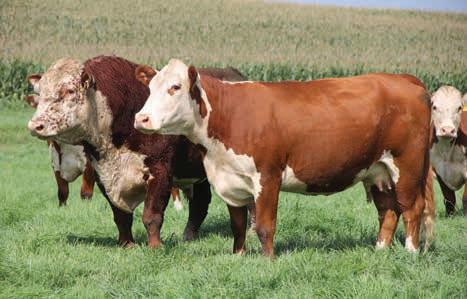
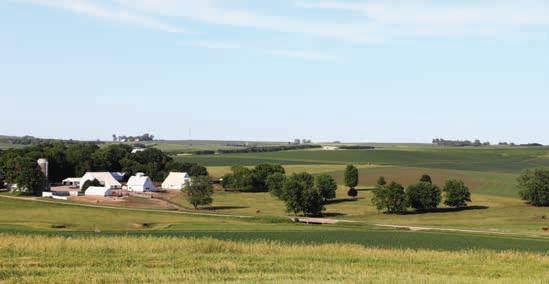
Chance: “It’s hard to pinpoint just one certain thing, but I just look forward to what new technologies that are going to be presented and developed in the next decade to assist us in bettering this industry. We’ve already come so far in terms of genomics, feed efficiency, repro technologies, and other tools that I look forward to one day utilizing these advancements to better our operation for both our customers and the consumers.”
Shayne: “The people involved in it. We love to connect with fellow cattlemen and cattlewomen that are just as passionate about it as us. We have met some great friends and mentors in this business and look forward to meeting many more.”
Which animal (any species) has left the greatest impact on you?
Chance: “Currently, it would have to be the bull by the name of Prominent 21G. We purchased this bull in the Delaney/Atkins sale back in 2020. He’s been a very influential bull to our herd genetically and allowed my brother and I to connect with a lot of great seedstock producers throughout the U.S. through semen and progeny sales. Historically though it would have to be the bull by the name of King Ten. He was truly a special individual that was ahead of his time and made a major impact in the Hereford breed. He was the bull that laid the genetic foundation for our herd today as we still have linebred bulls and females roaming our pastures.”
Shayne: “King Ten. For a bull born in 1975, it amazes me how well his genetics have translated to modern trends in the cattle business. Our cow families that trace back to him are some of our best, and we even went back and flushed to him in 2006 and 2008. He produced low-input, long-lasting females and was ahead of his time in terms of marbling genetics. He was one of Grandpa Gene’s favorite bulls that he used during his lifetime.”




